The 1910s were a decade of profound transformation for Coney Island, Brooklyn’s irreplaceable seaside amusement hub. Navigating a landscape of innovation, catastrophic events, and a World War, Coney Island remained a mirror reflecting America’s broader social and cultural shifts. From the tragic demise of Dreamland to the remarkable perseverance of Luna Park and Nathan’s Famous, this era set the stage for Coney Island’s modern identity.
The Rise, Fall, and Phoenix-Like Rebirth of Luna Park
Luna Park, which opened in 1903, had firmly established itself as a fixture in Coney Island’s entertainment landscape by the 1910s. However, the park faced an existential challenge when a fire broke out in 1911, causing extensive damage. The park’s management, not to be deterred, quickly rebuilt, reintroducing Luna Park in 1913 with even more spectacular attractions, including a 20,000-gallon water tank filled with sea lions. Thus, Luna Park not only survived but emerged from the ashes stronger than ever, echoing the resilience that New Yorkers pride themselves on.
The Final Curtain for Dreamland
In stark contrast to Luna Park’s phoenix-like rebirth, Dreamland suffered an irreparable loss. In 1911, a devastating fire engulfed the park, laying waste to its grand architecture and attractions, such as the Venetian canals and the awe-inspiring Tower. The park never recovered from this catastrophe and closed its doors forever. Dreamland’s demise served as a poignant reminder of the fragility of human creations, casting a long shadow over the entertainment culture of Coney Island.
Nathan’s Famous: An Icon Solidifies its Legacy
During the 1910s, Nathan’s Famous continued to burgeon as the quintessential Coney Island eatery. Opened by Nathan Handwerker in 1916, the establishment quickly became famous for its quality frankfurters at an affordable price. As World War I raged on, Nathan’s provided a sense of normalcy and an affordable luxury to New Yorkers. It was during this decade that the annual hot dog eating contest began, further cementing Nathan’s—and the hot dog—as an indispensable part of Coney Island’s social fabric.
The Great War and Coney Island
The World War I years (1914-1918) presented unique challenges and opportunities for Coney Island. While the conflict led to shortages and altered social norms, Coney Island remained a refuge for those seeking an escape from wartime realities. The patriotic fervor of the time was palpable, with many attractions and performances adding a war theme to their offerings. For instance, military-themed attractions such as staged naval battles became a staple, underscoring Coney Island’s ability to adapt and reflect contemporary events.


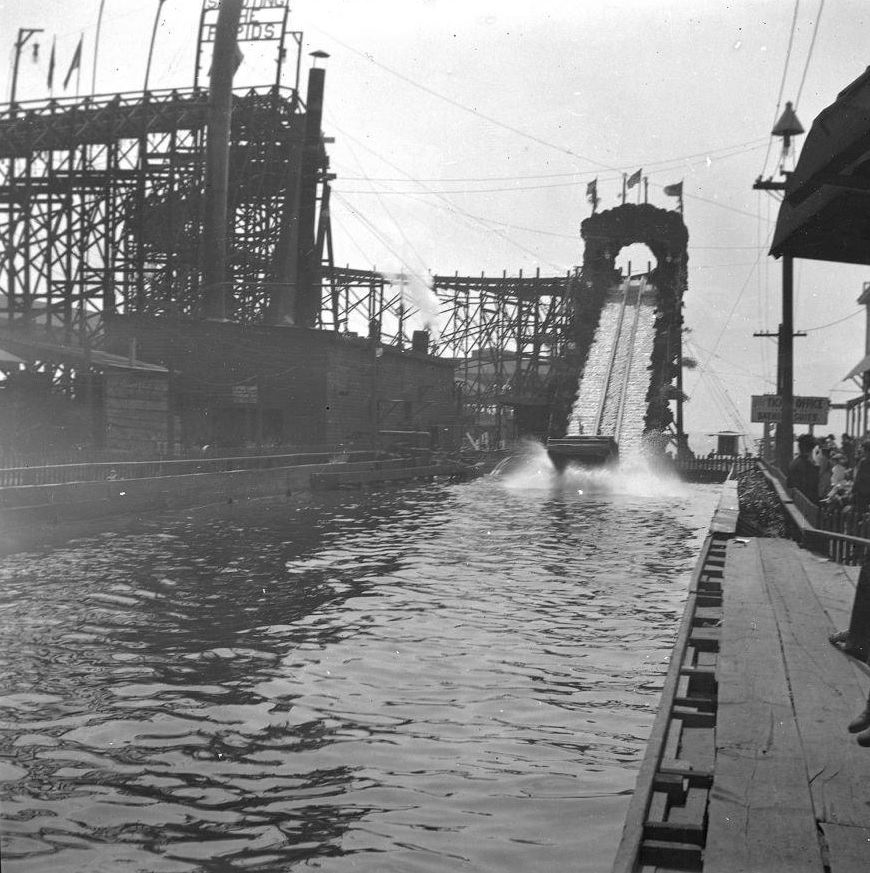
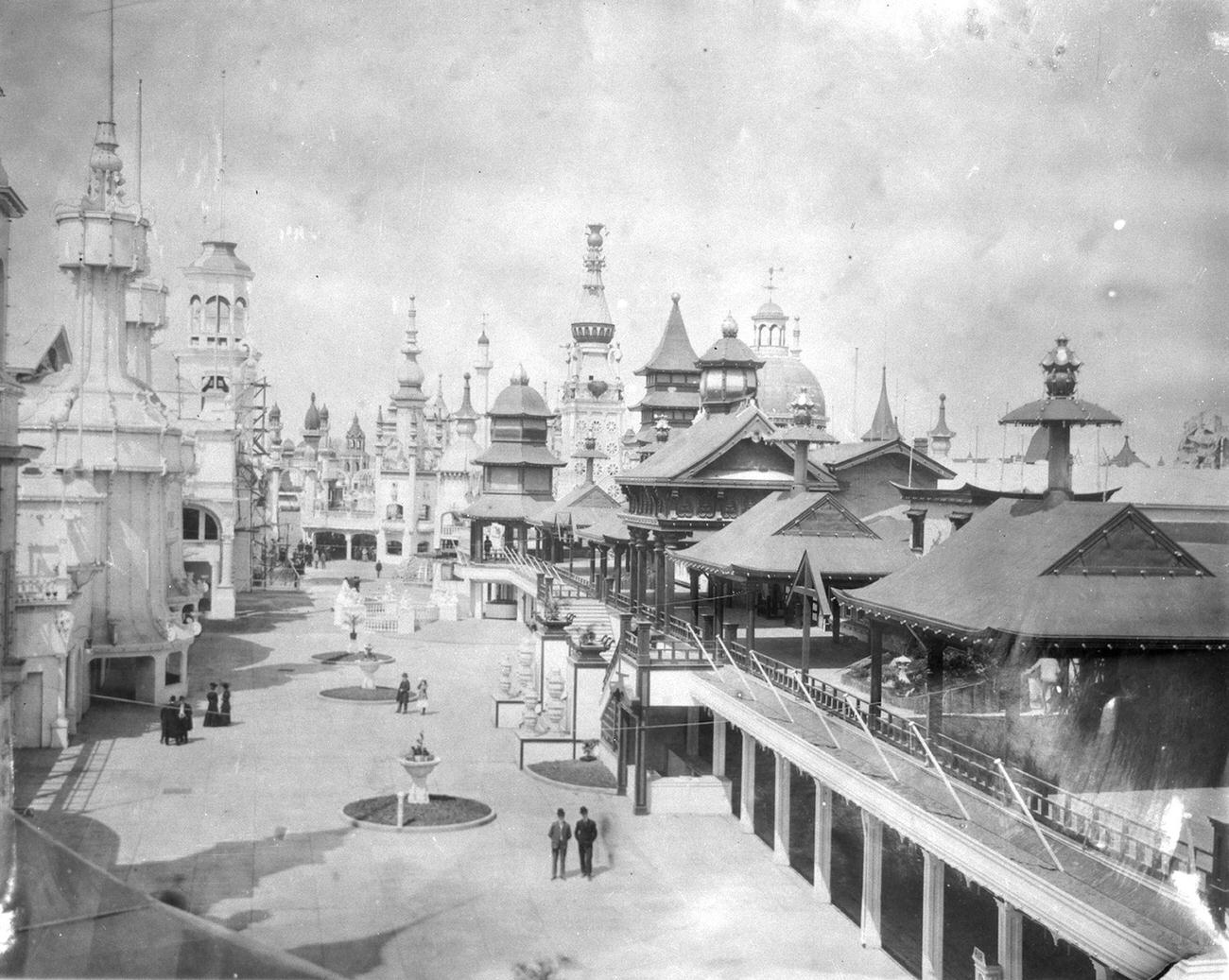
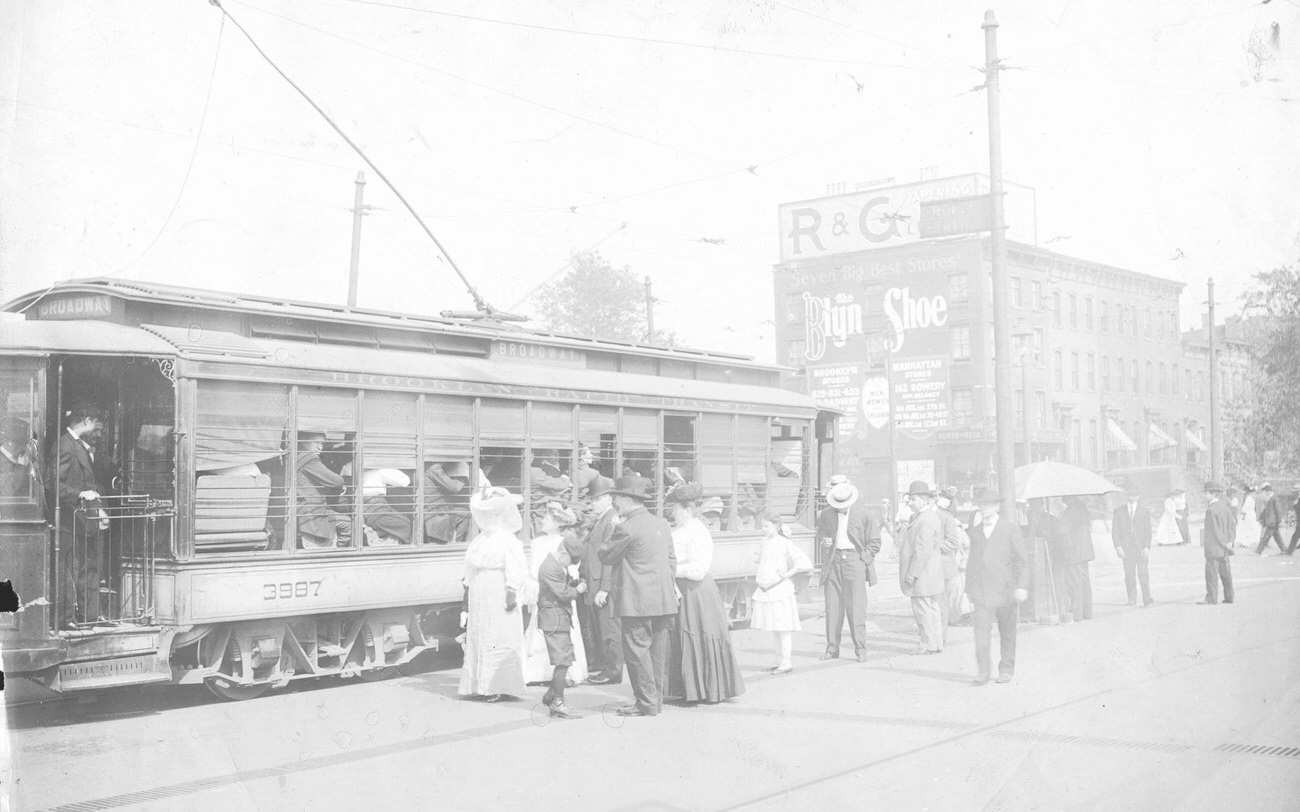
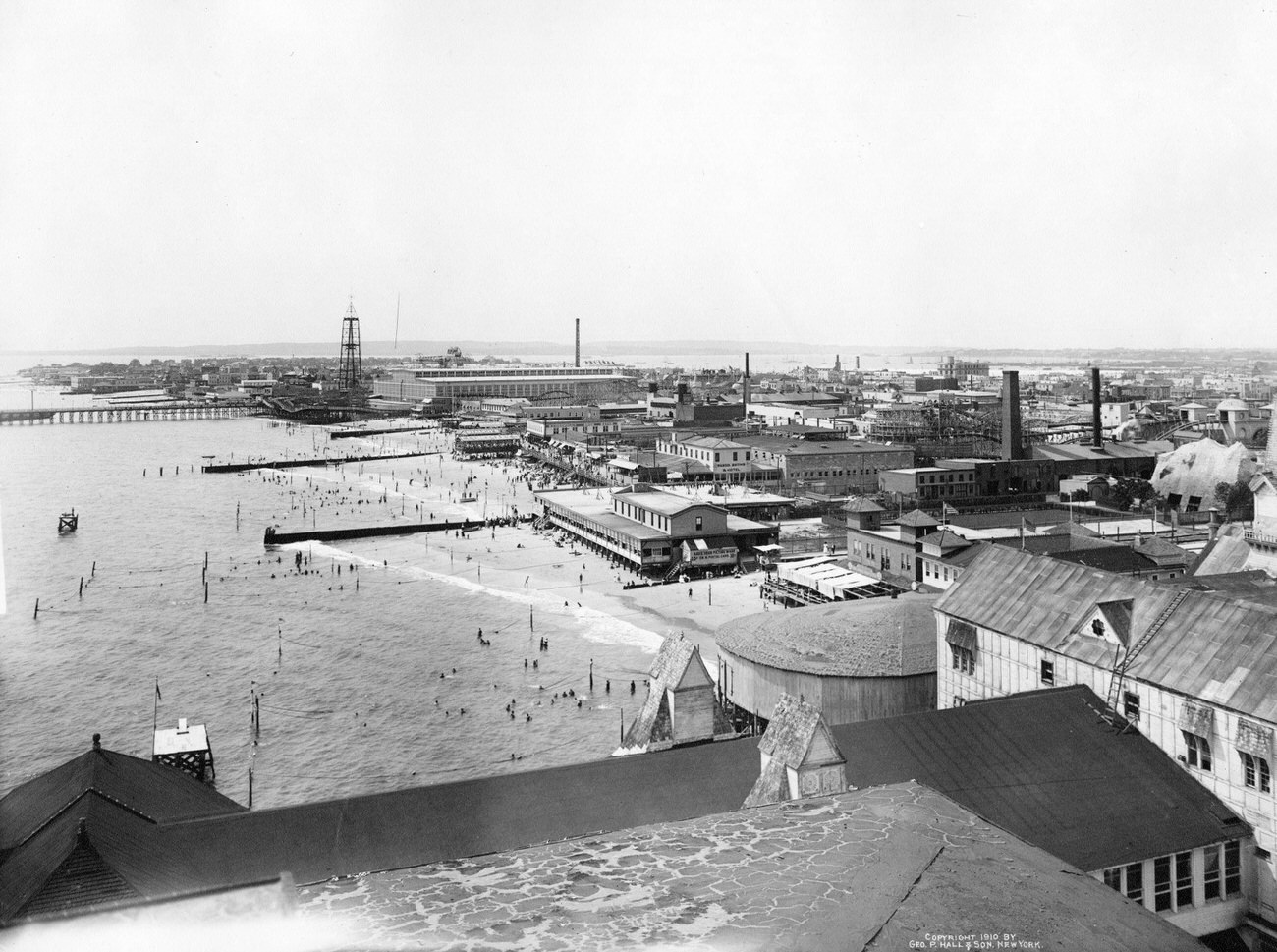
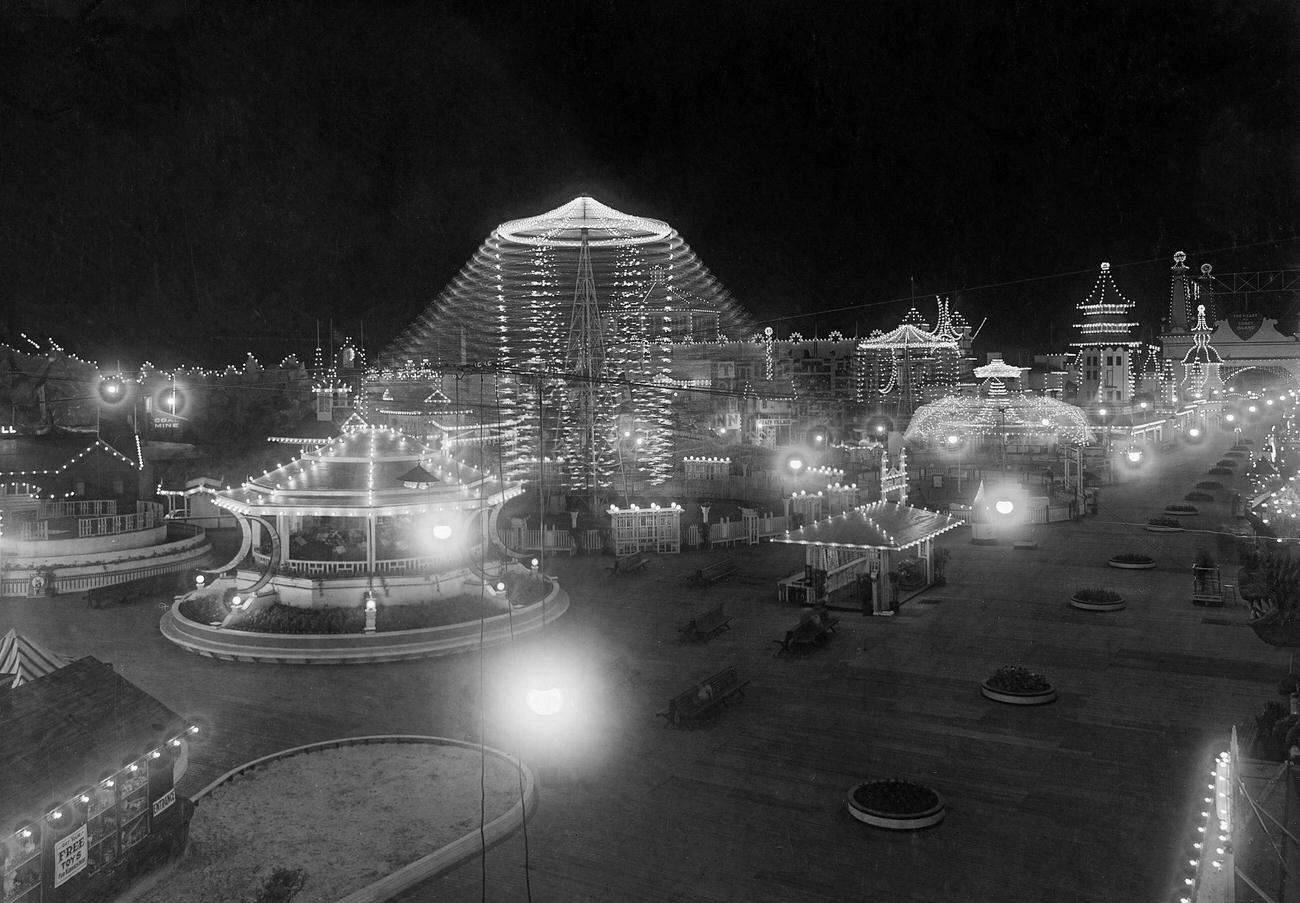
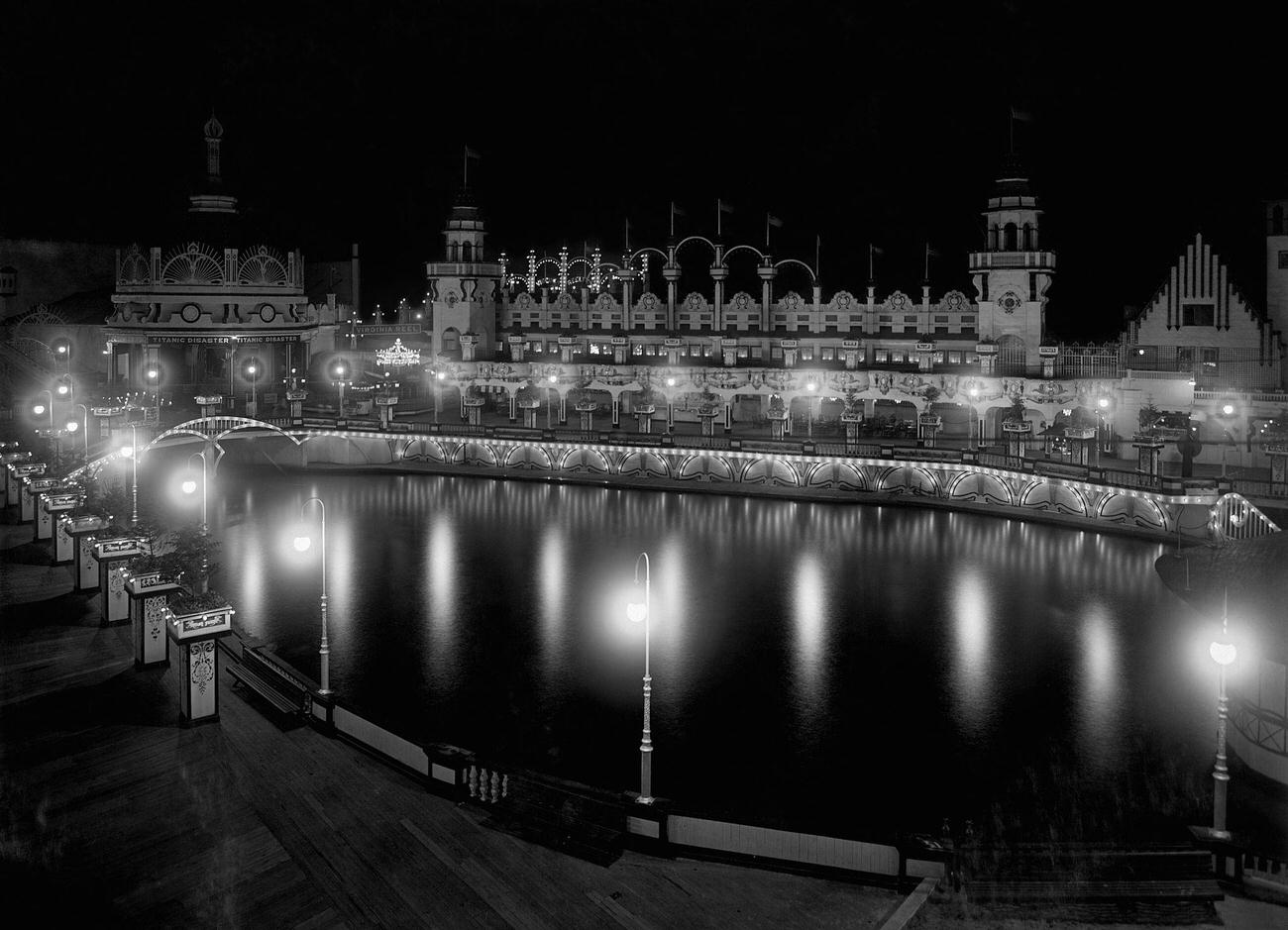
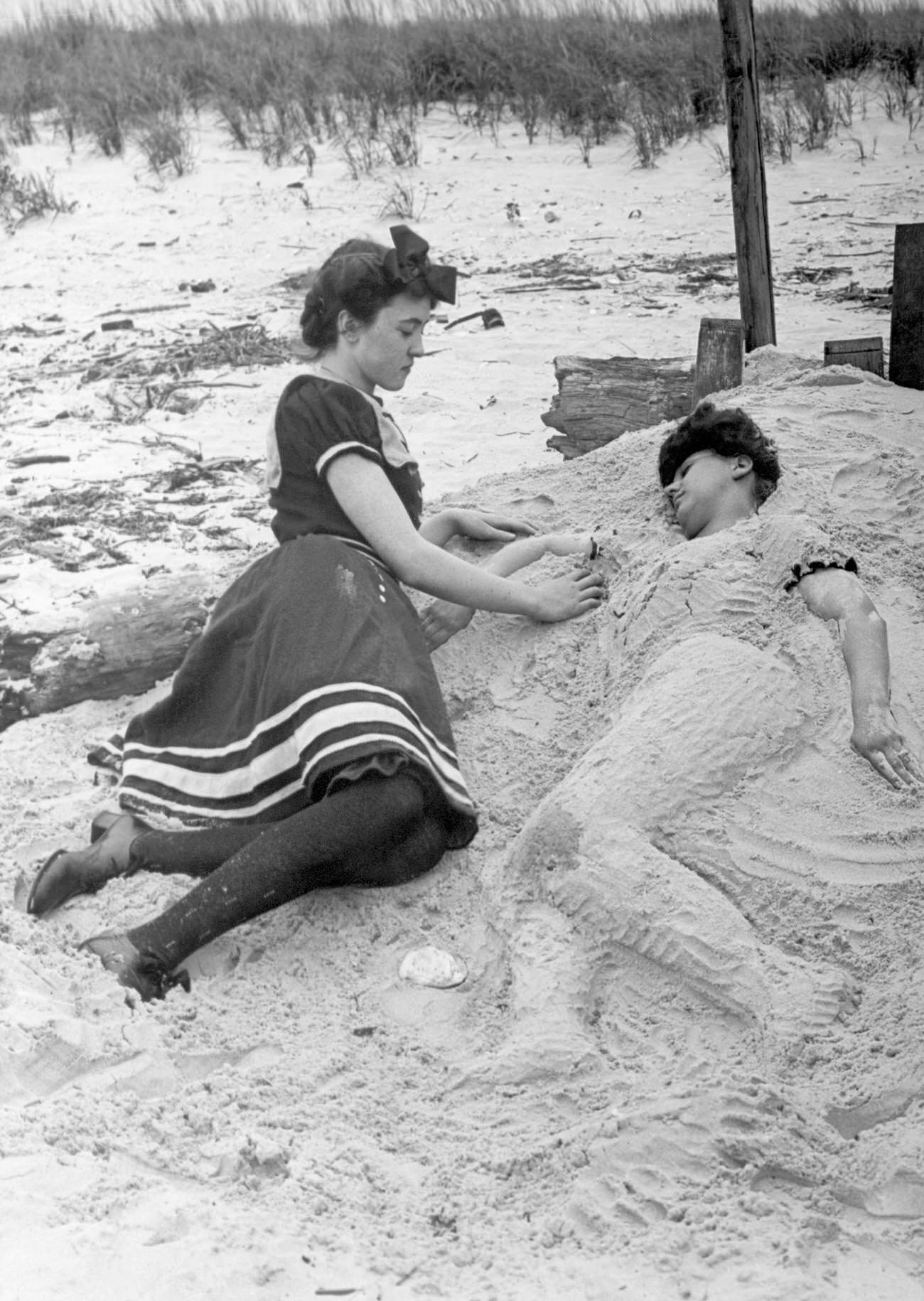
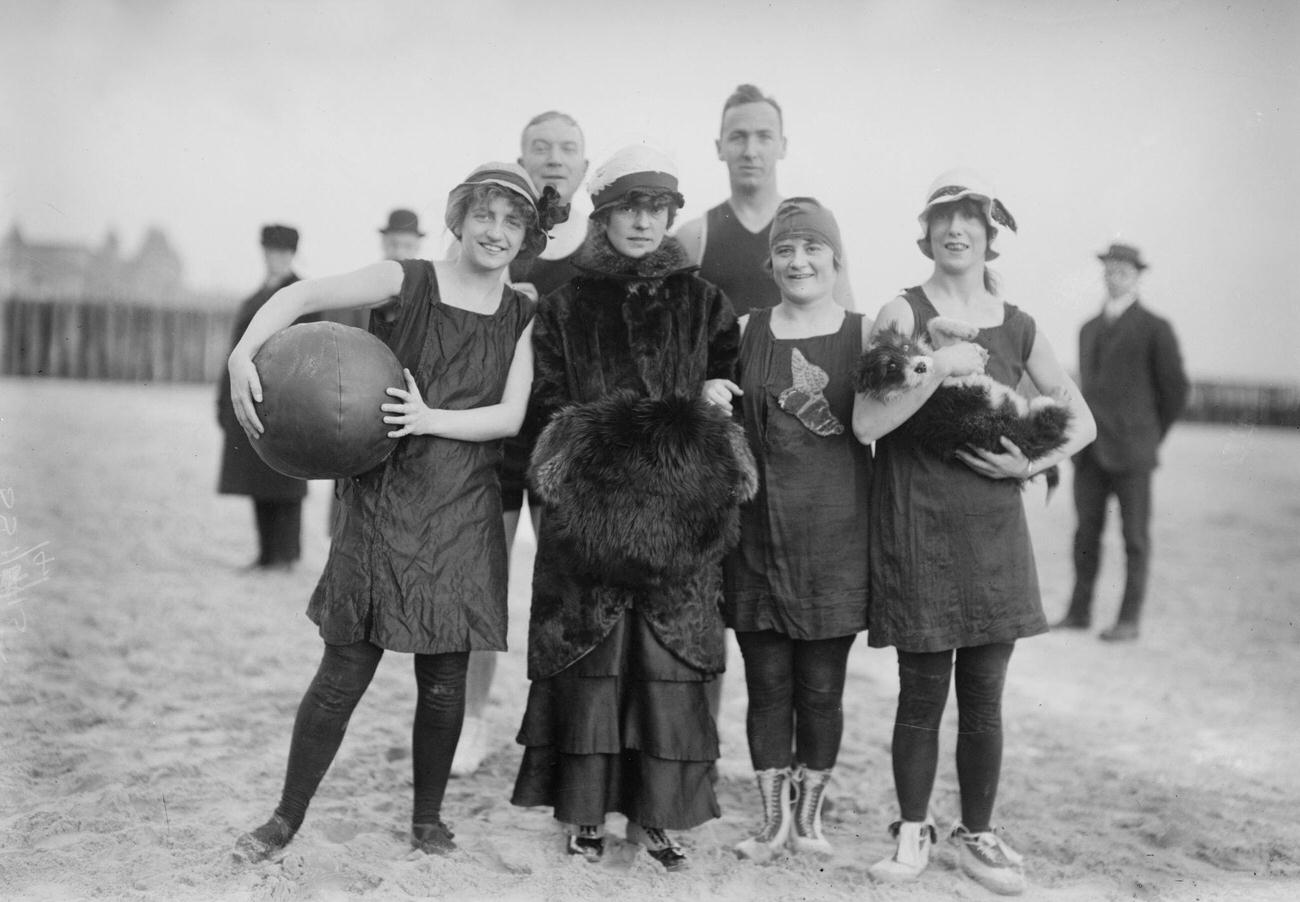
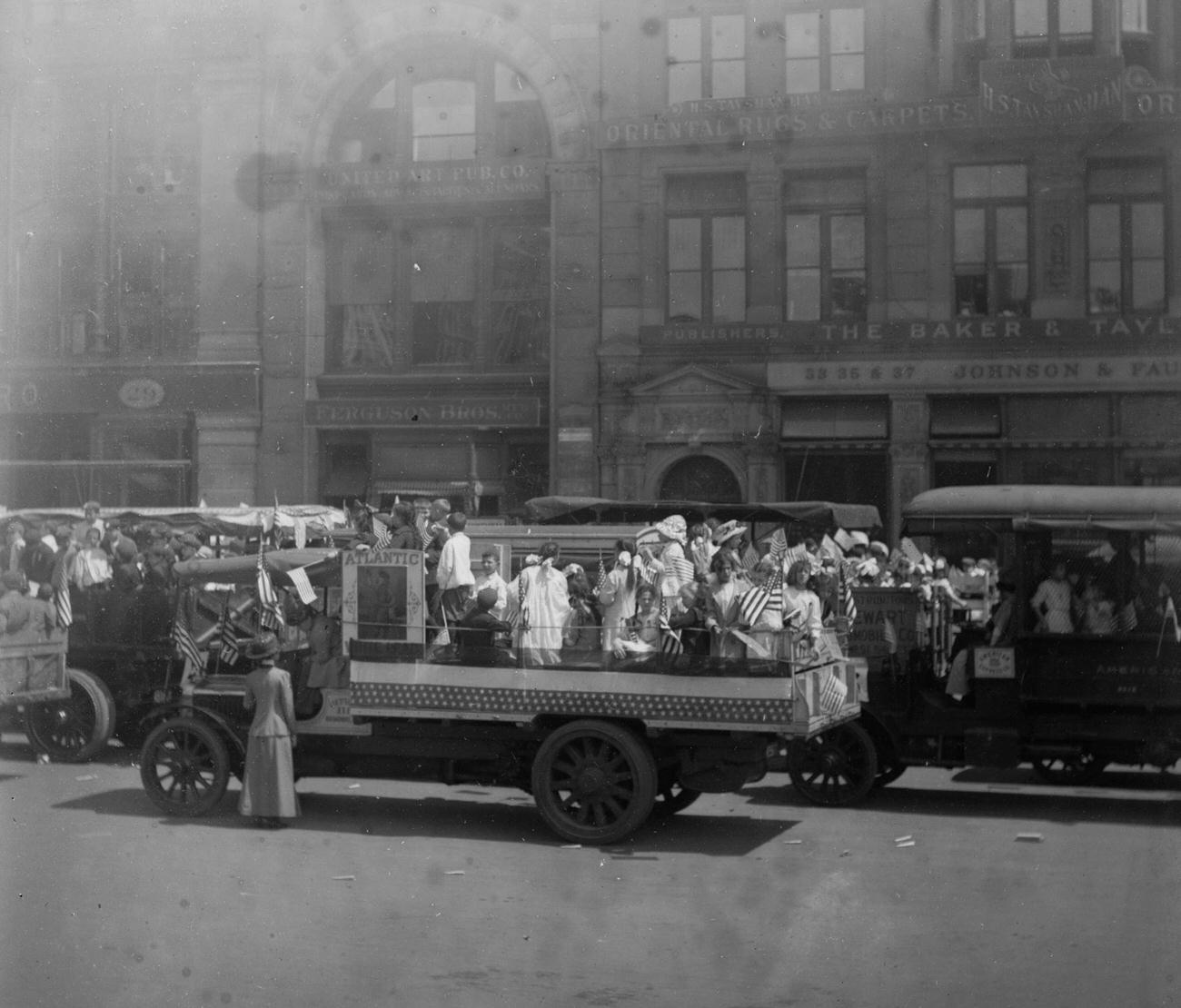
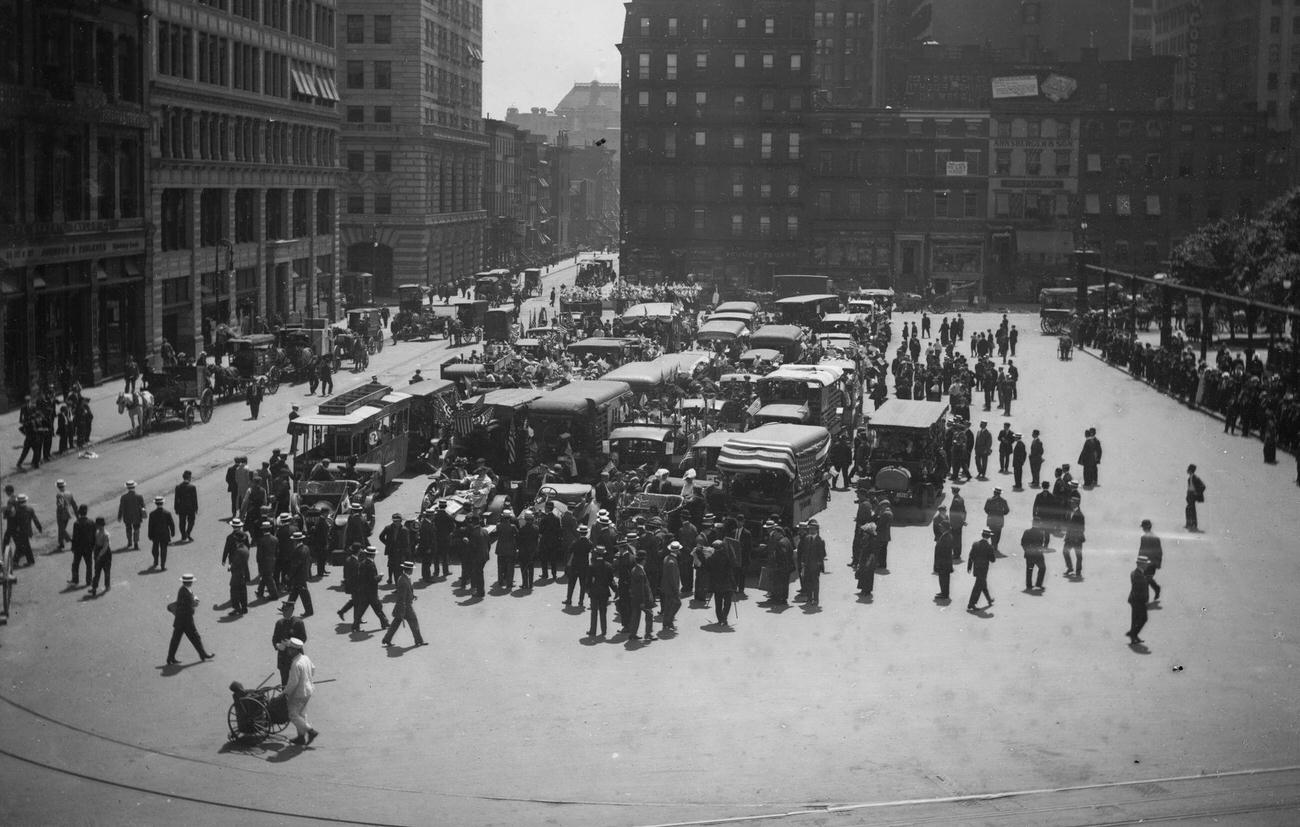
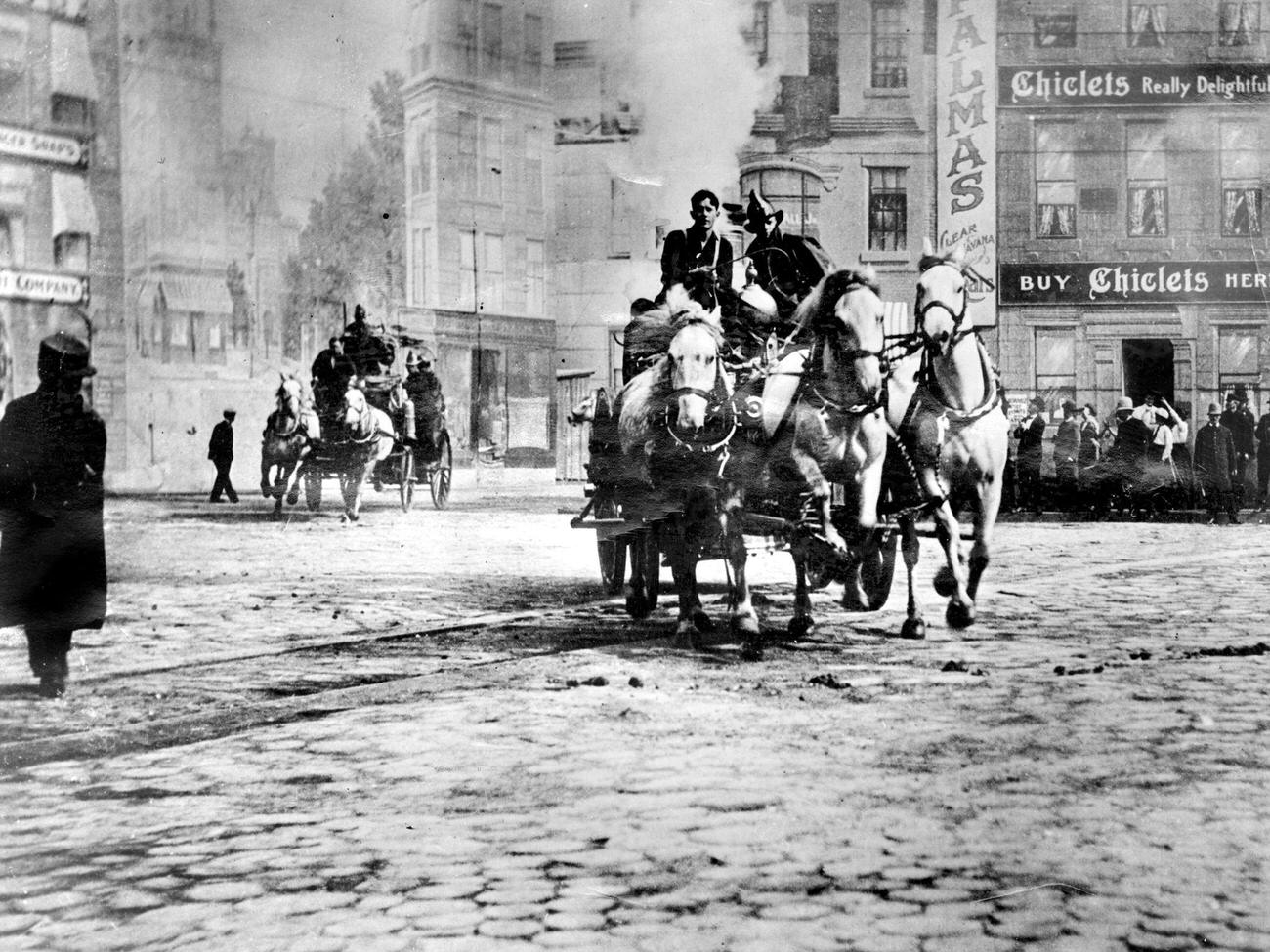
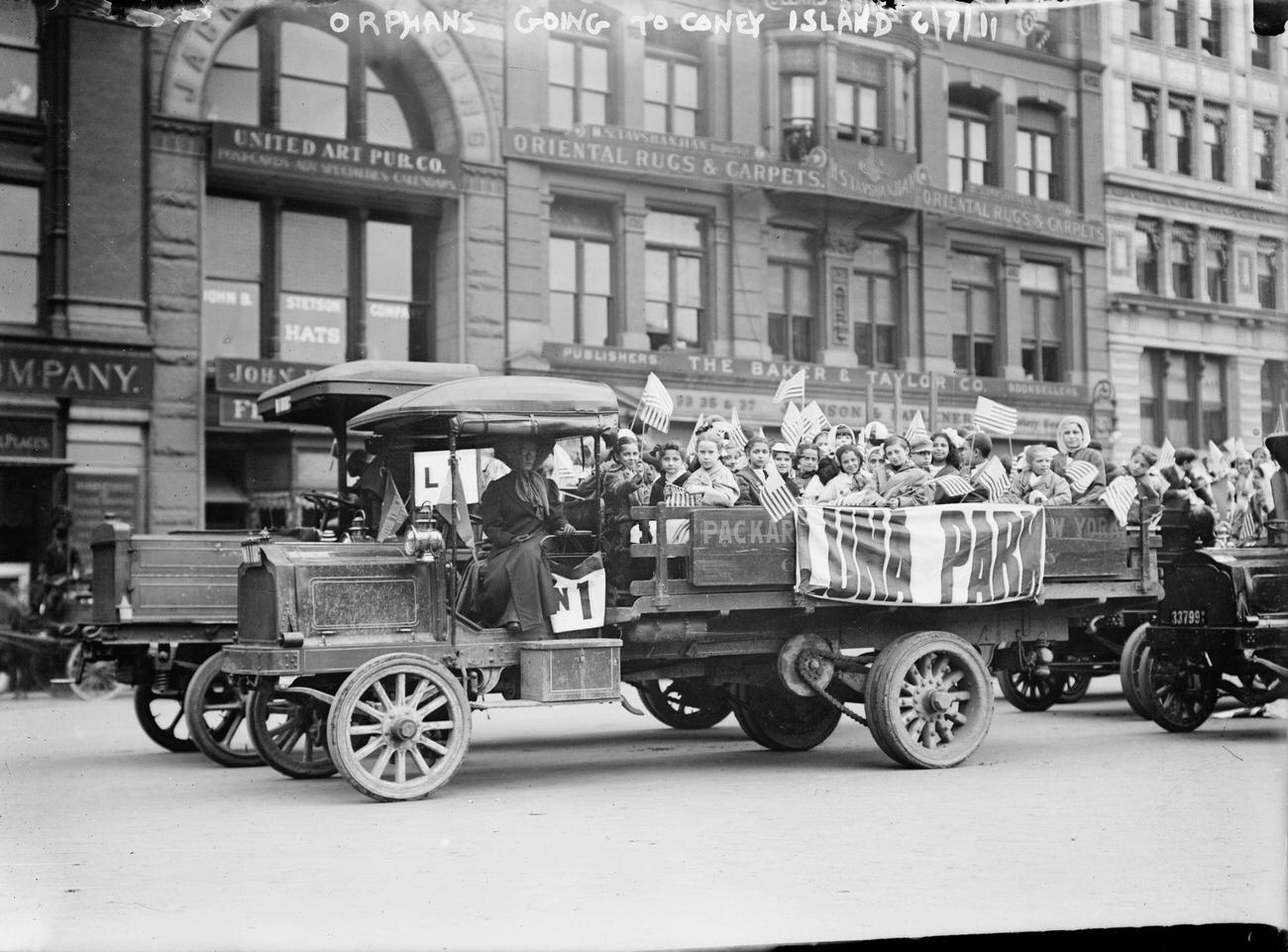
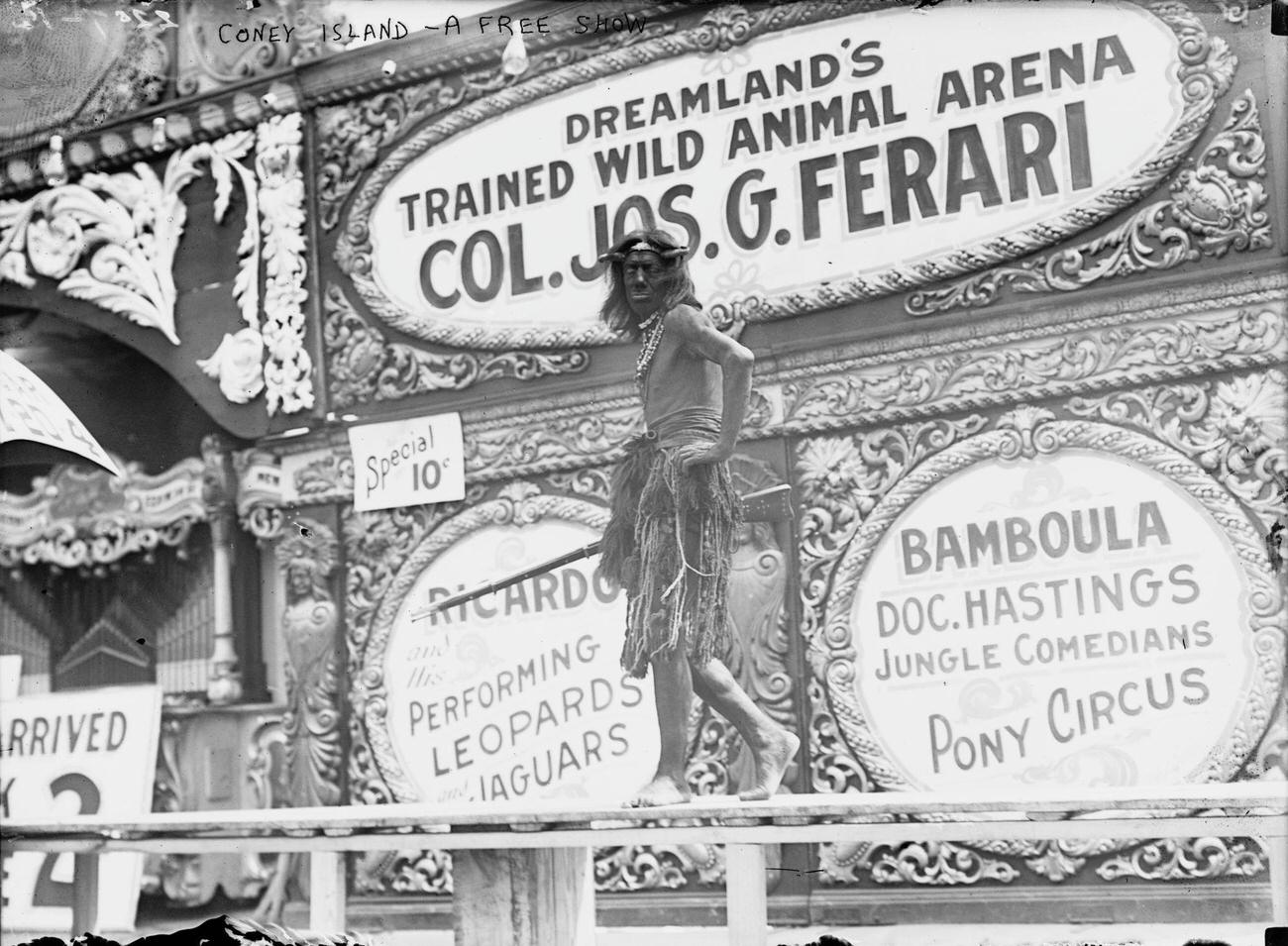
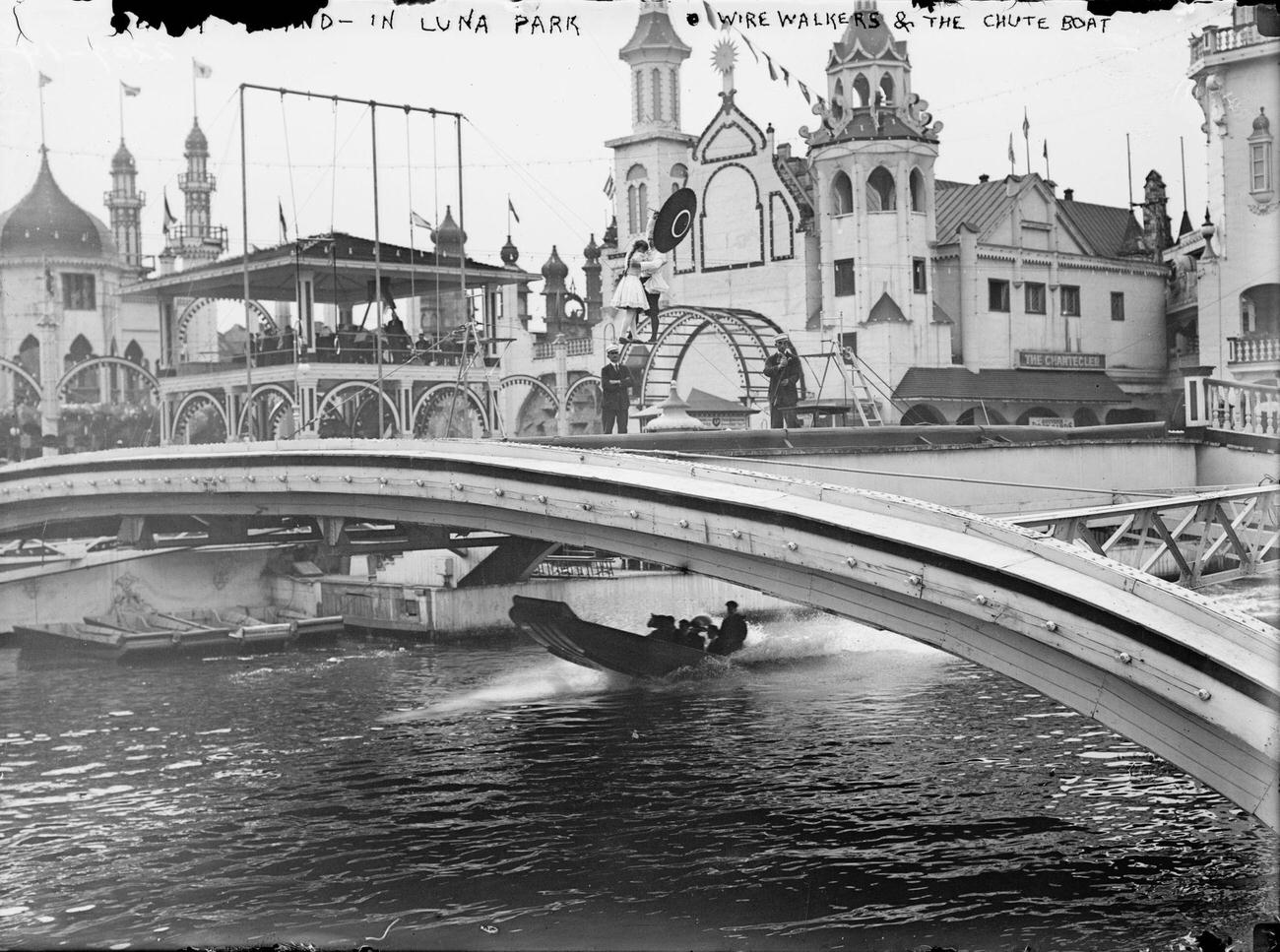
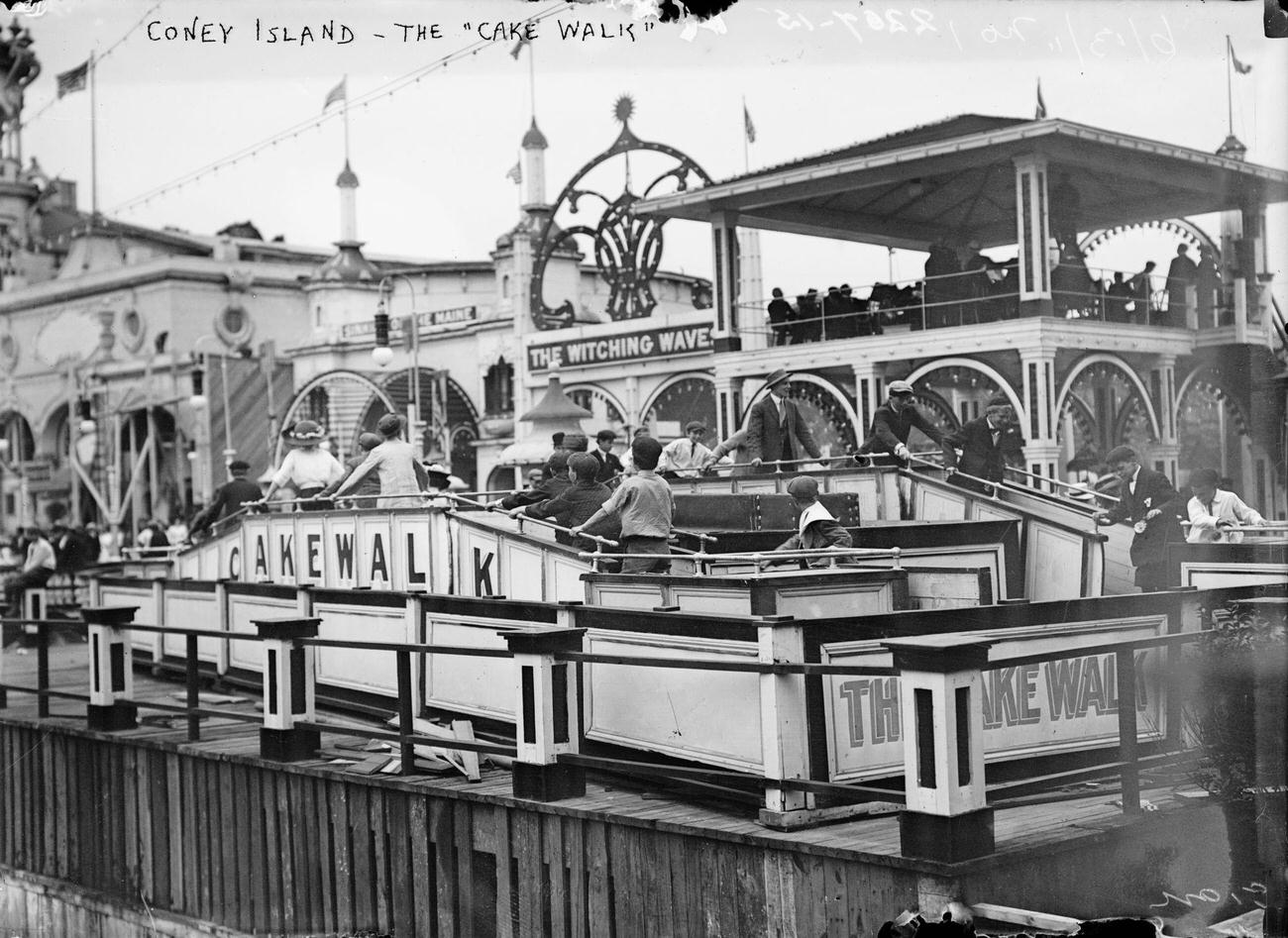
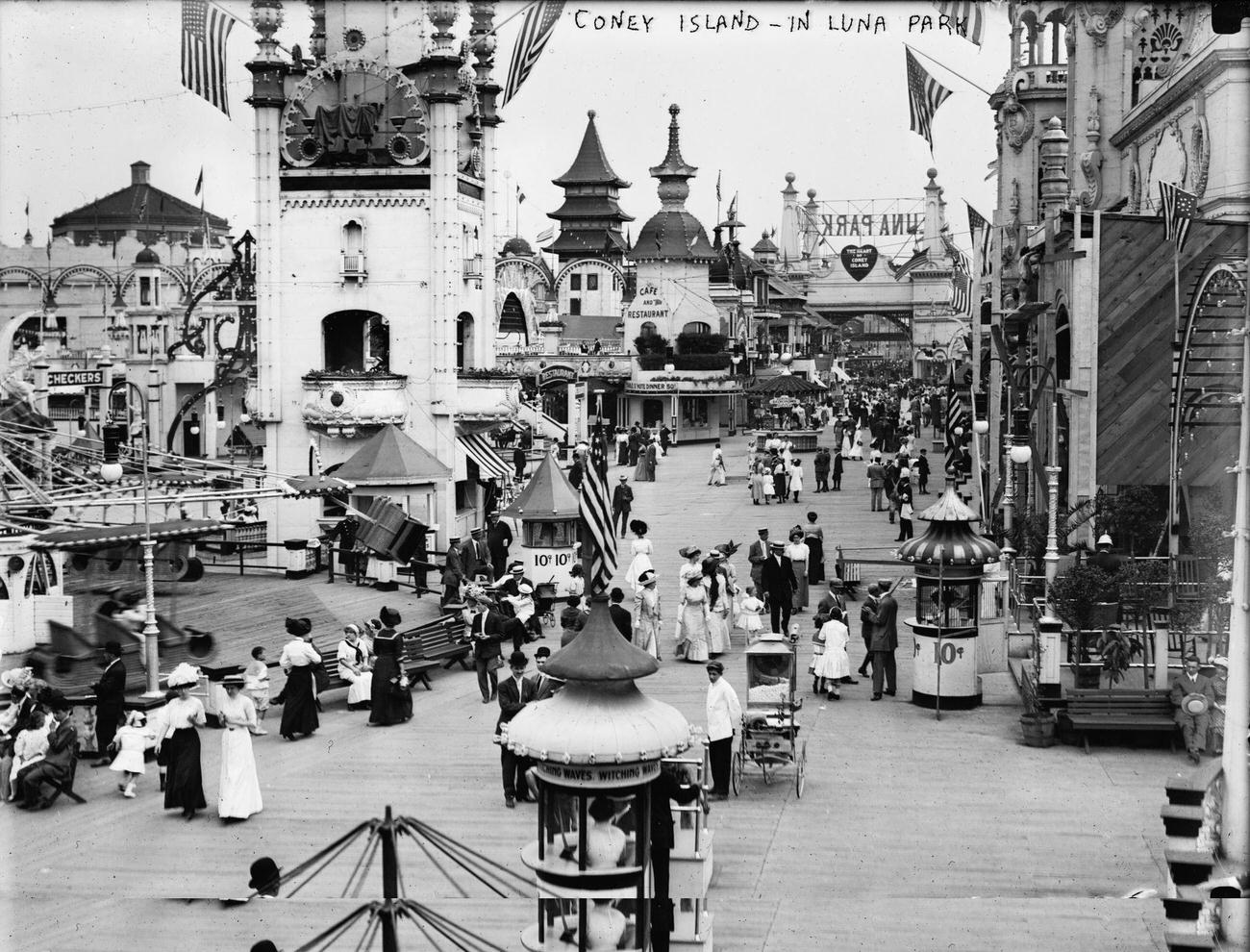
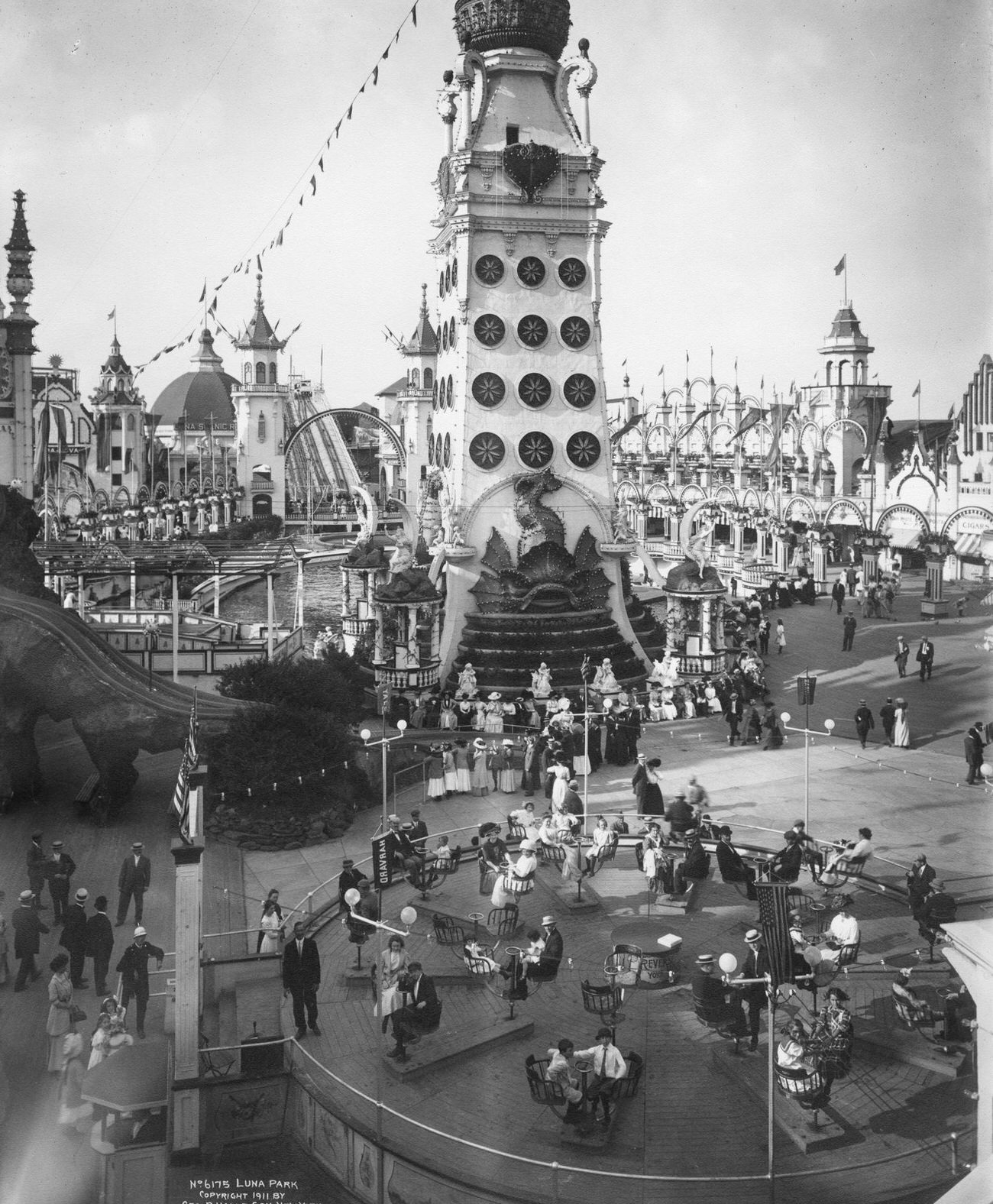
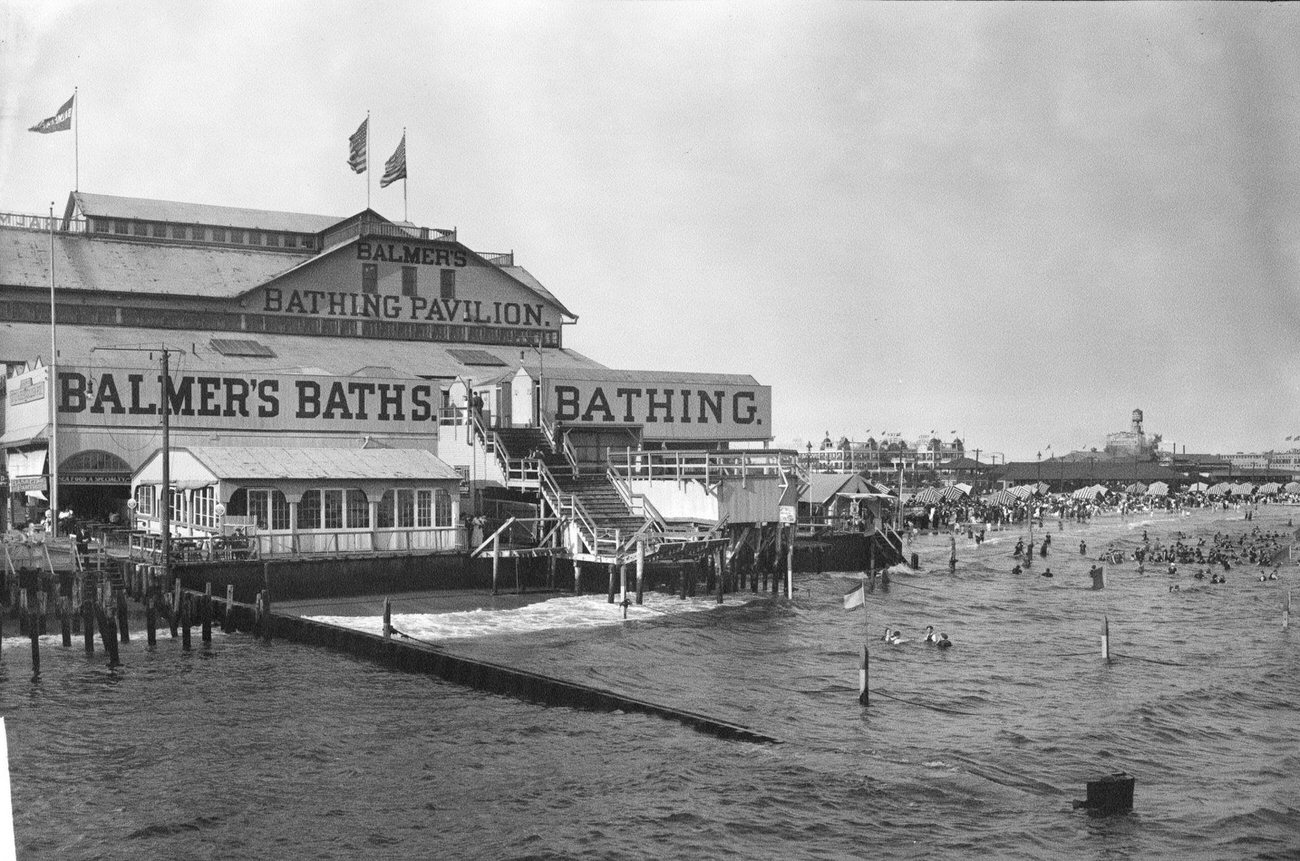
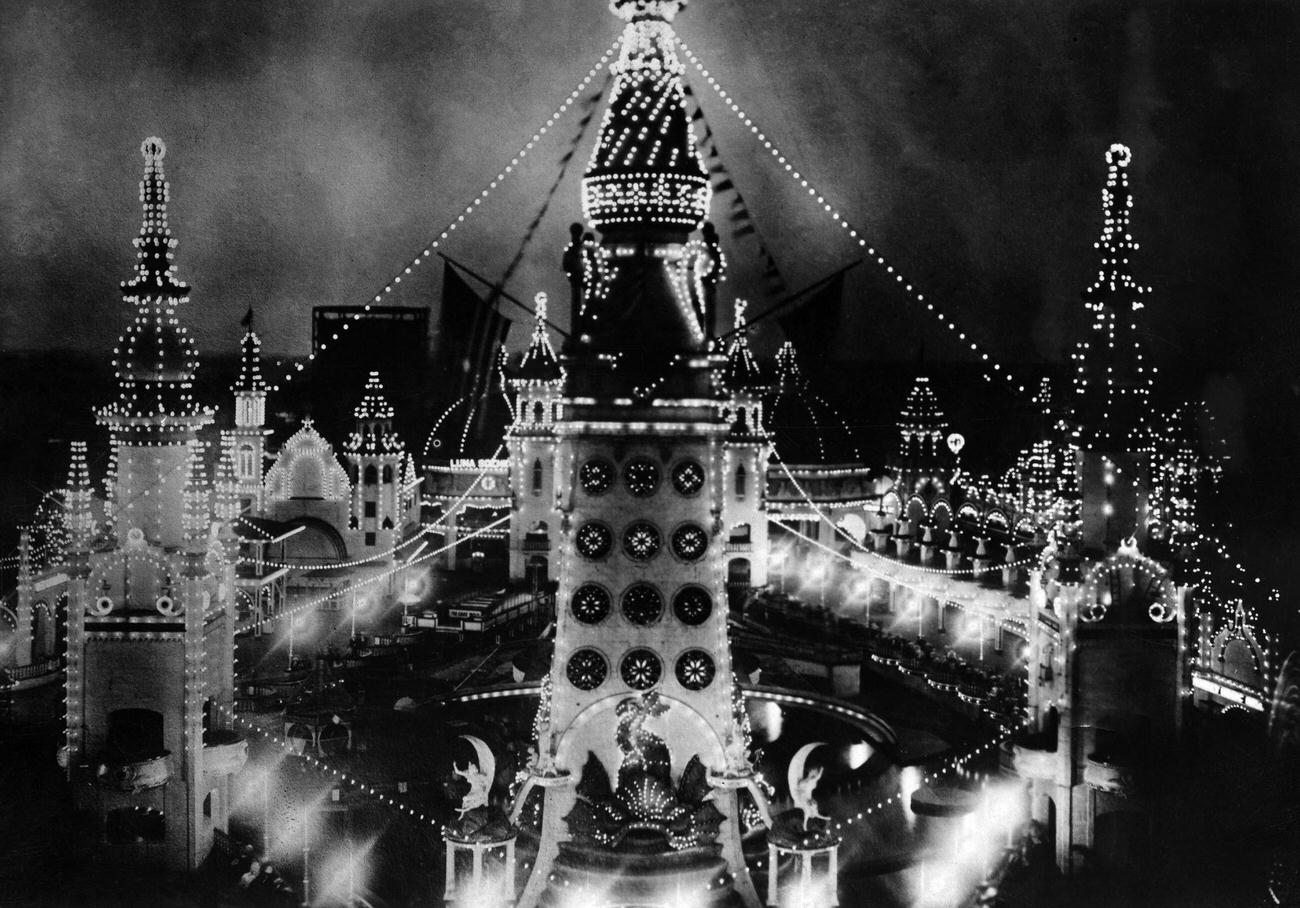
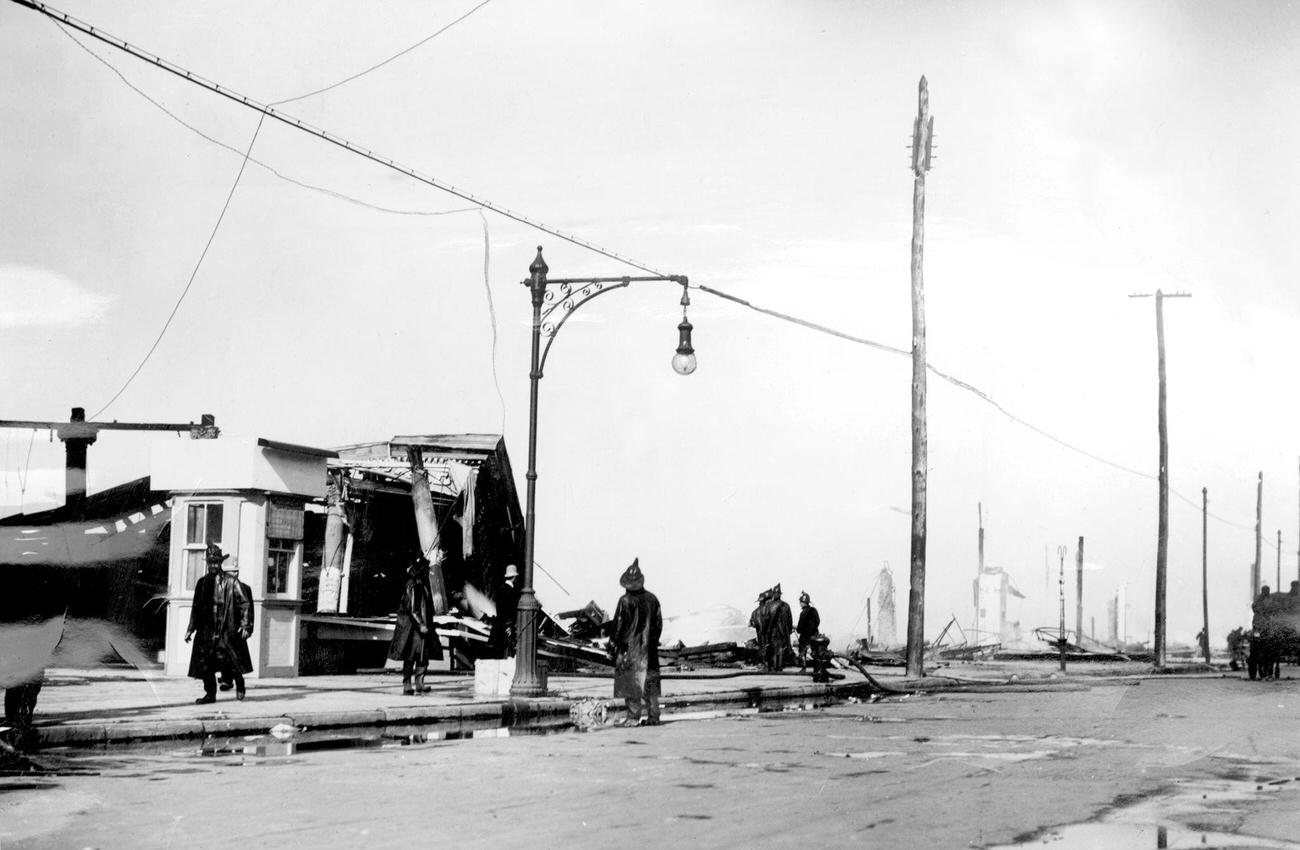
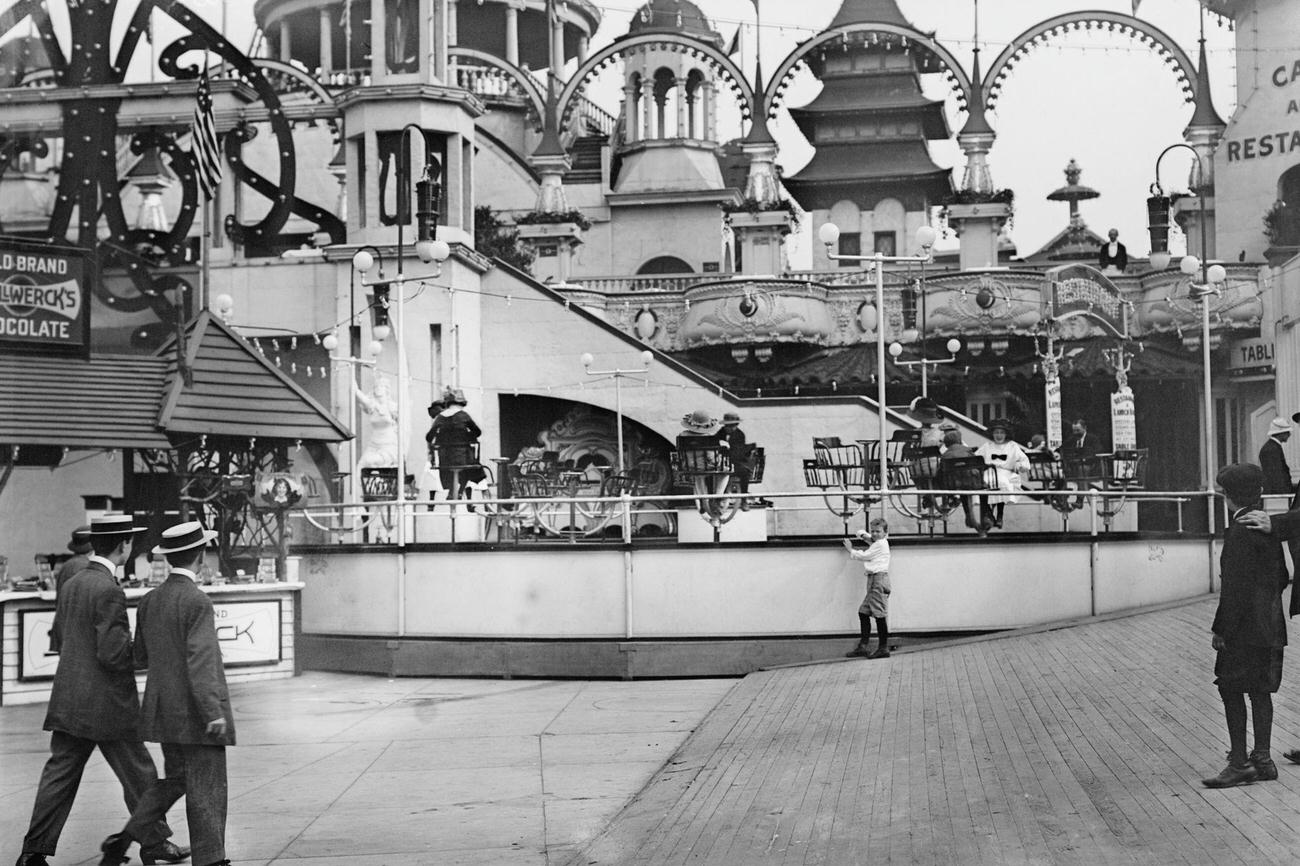
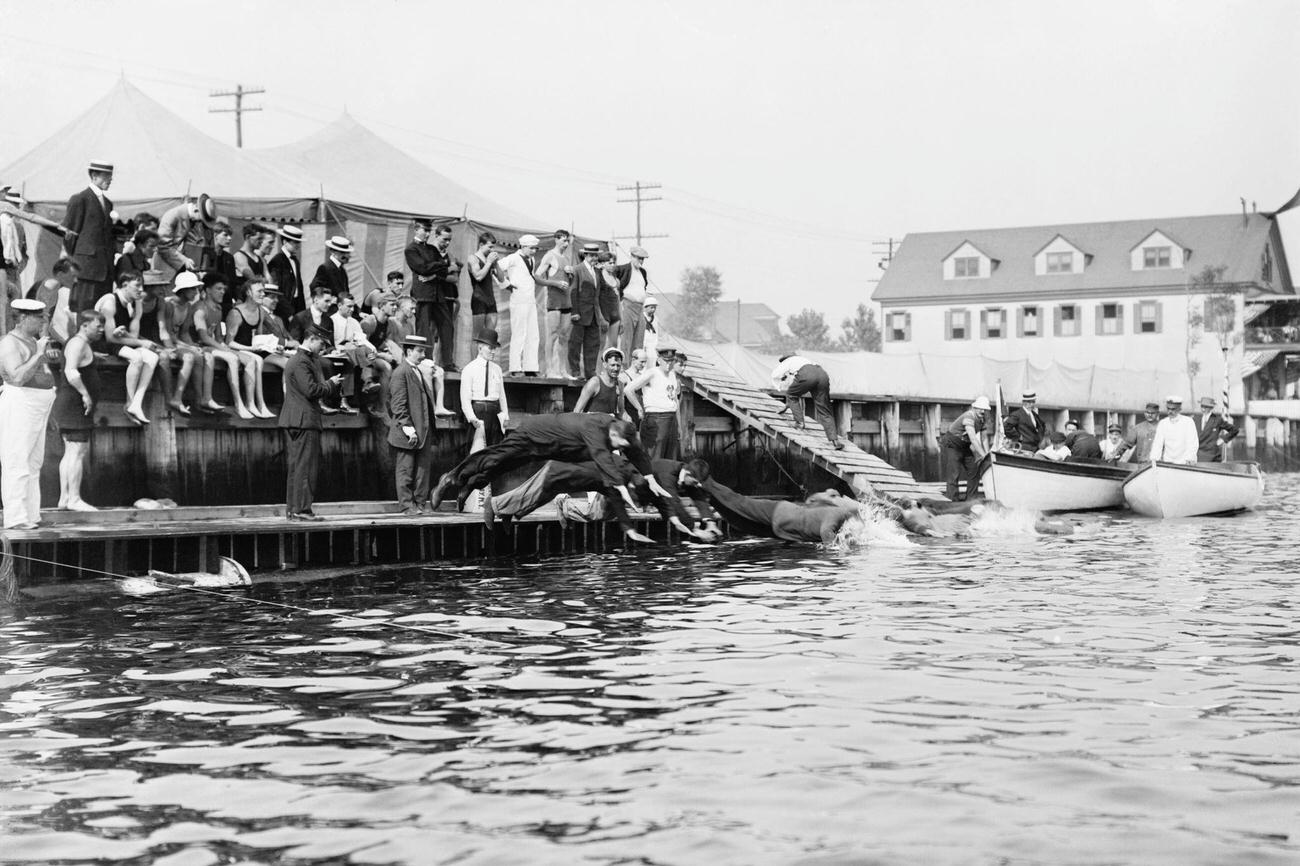
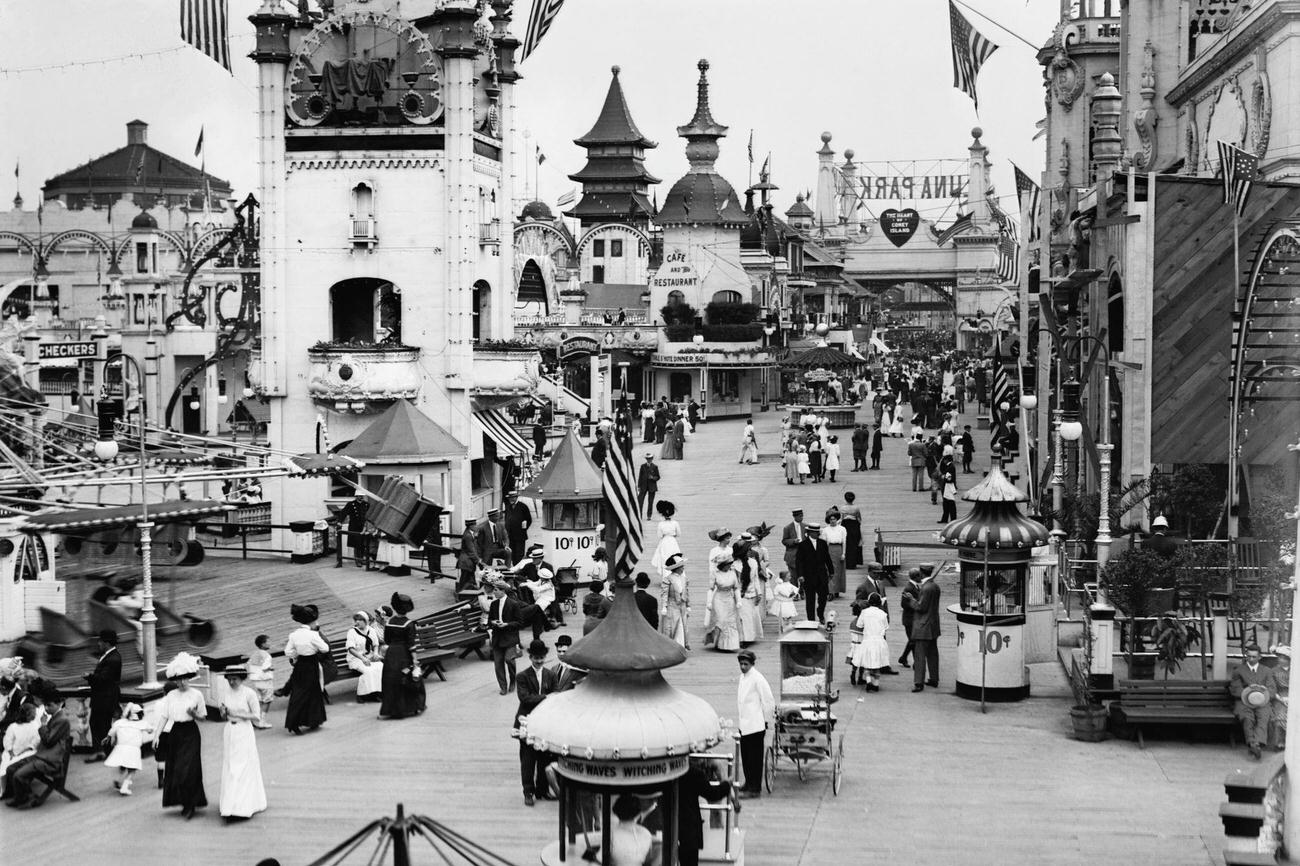
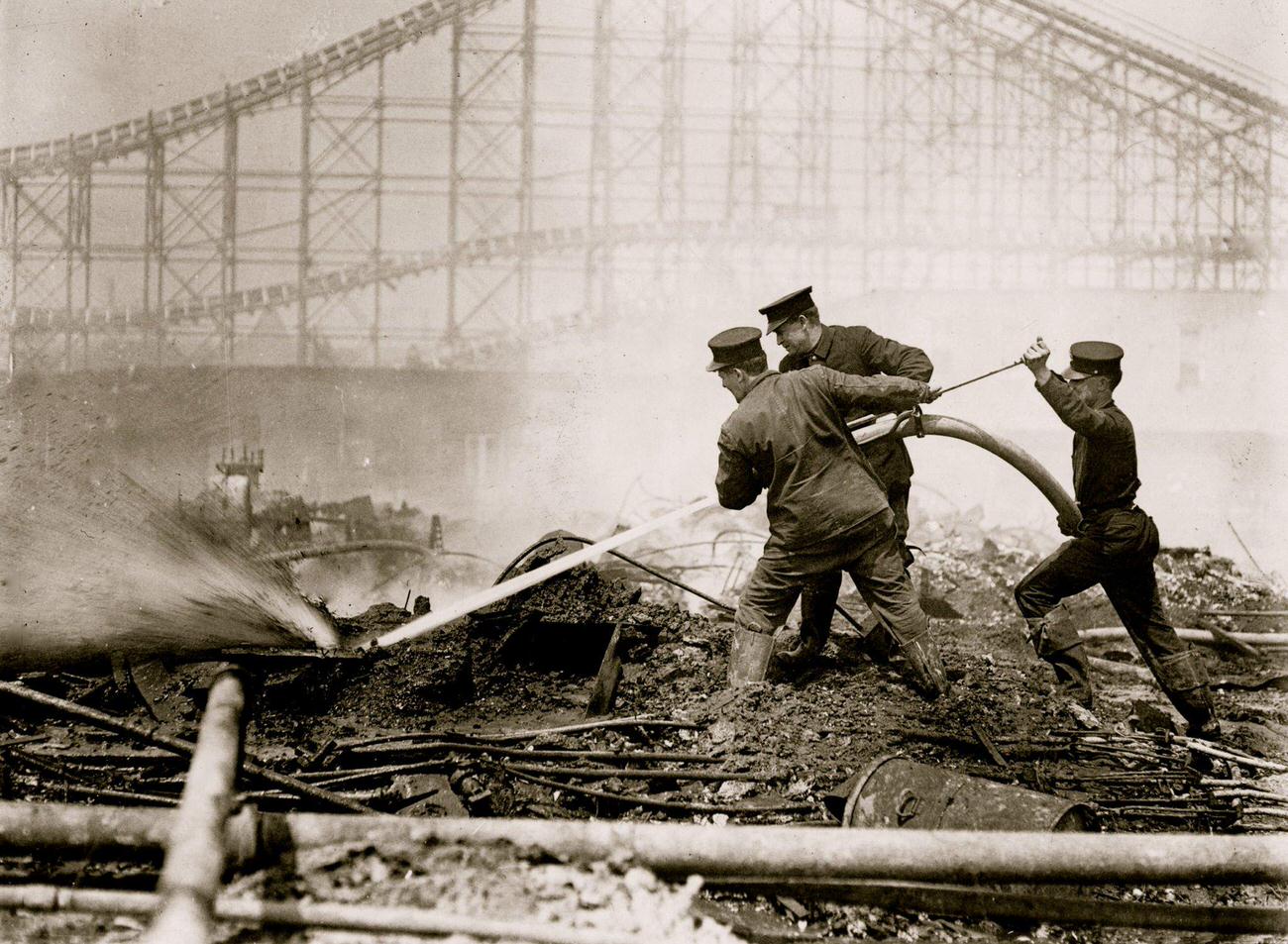
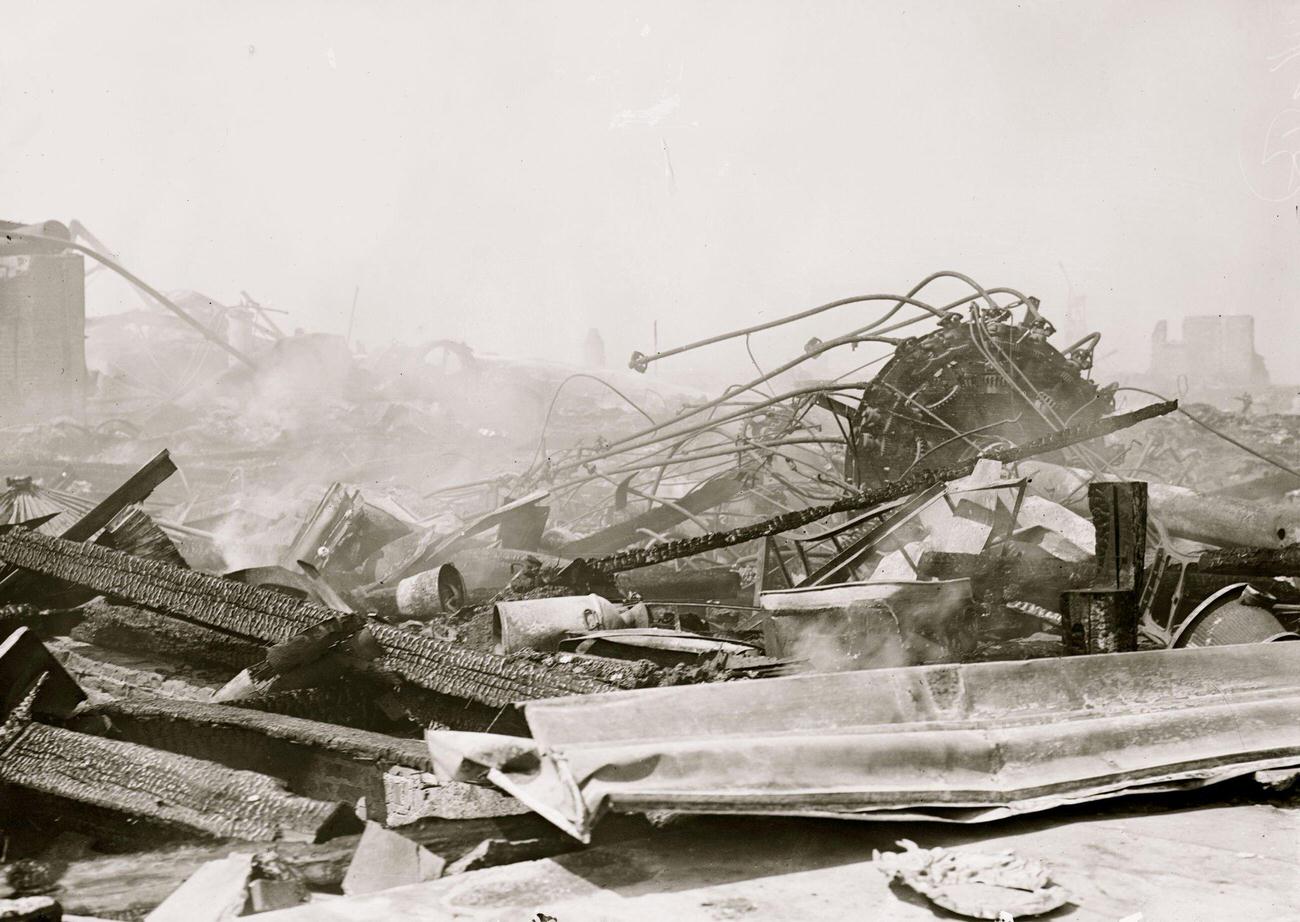
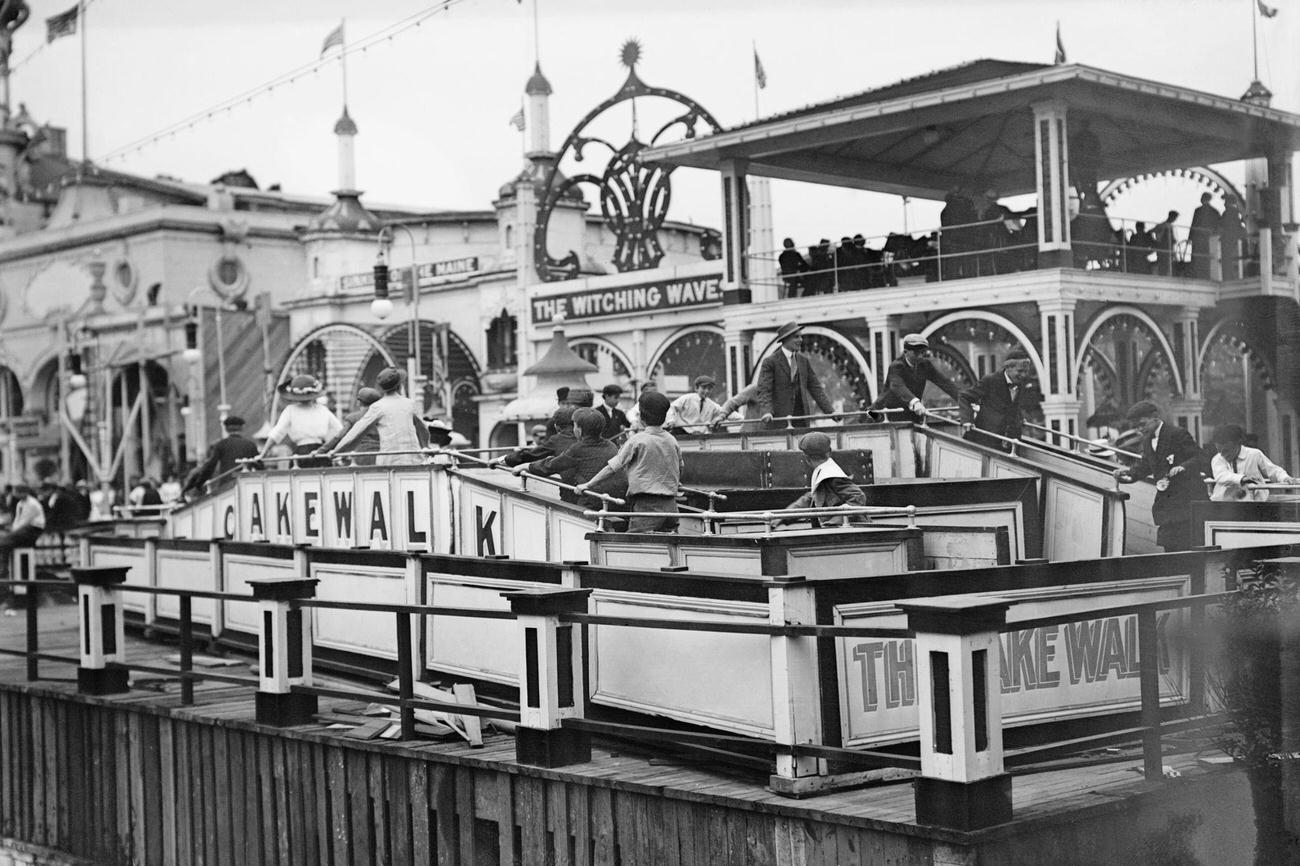
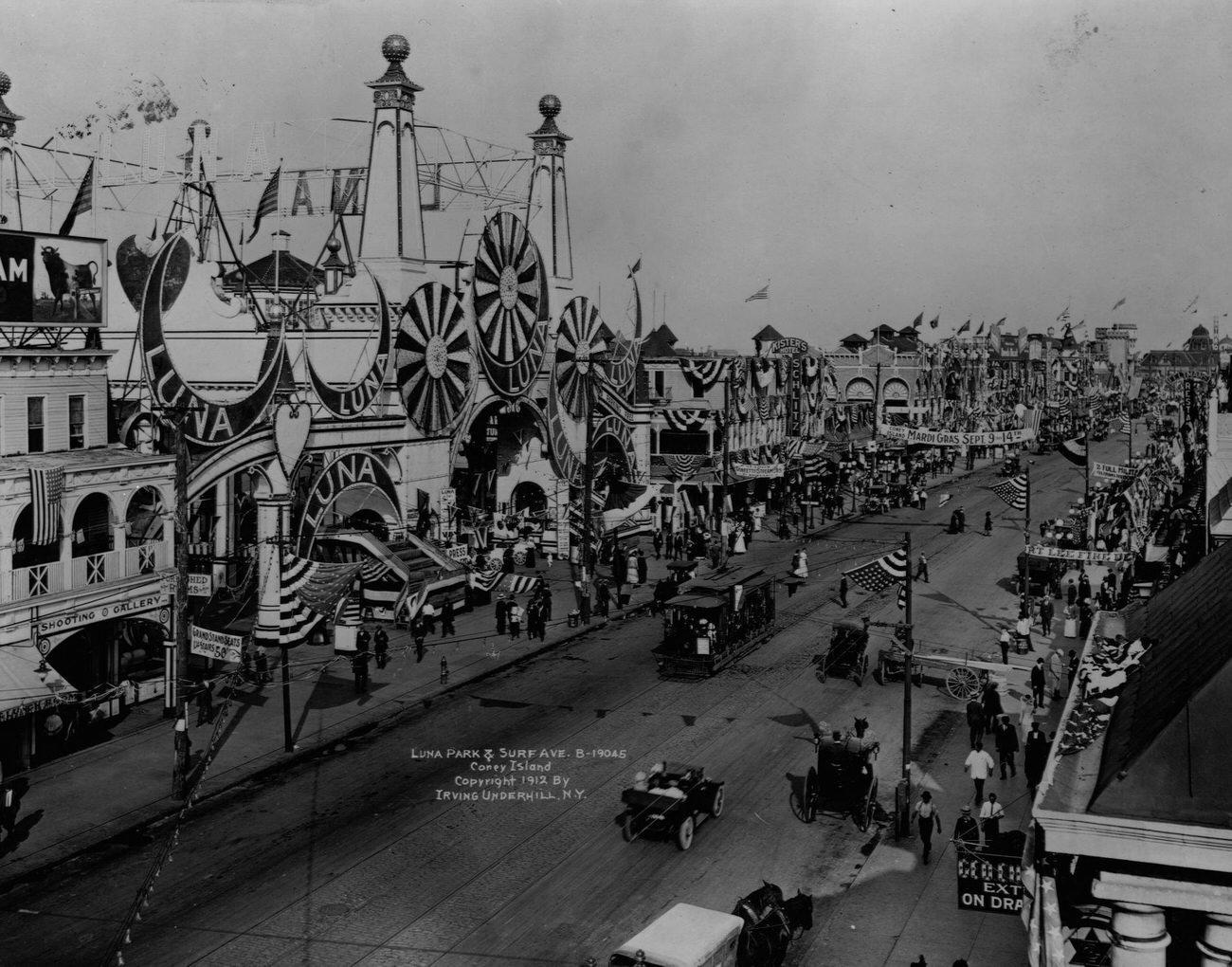
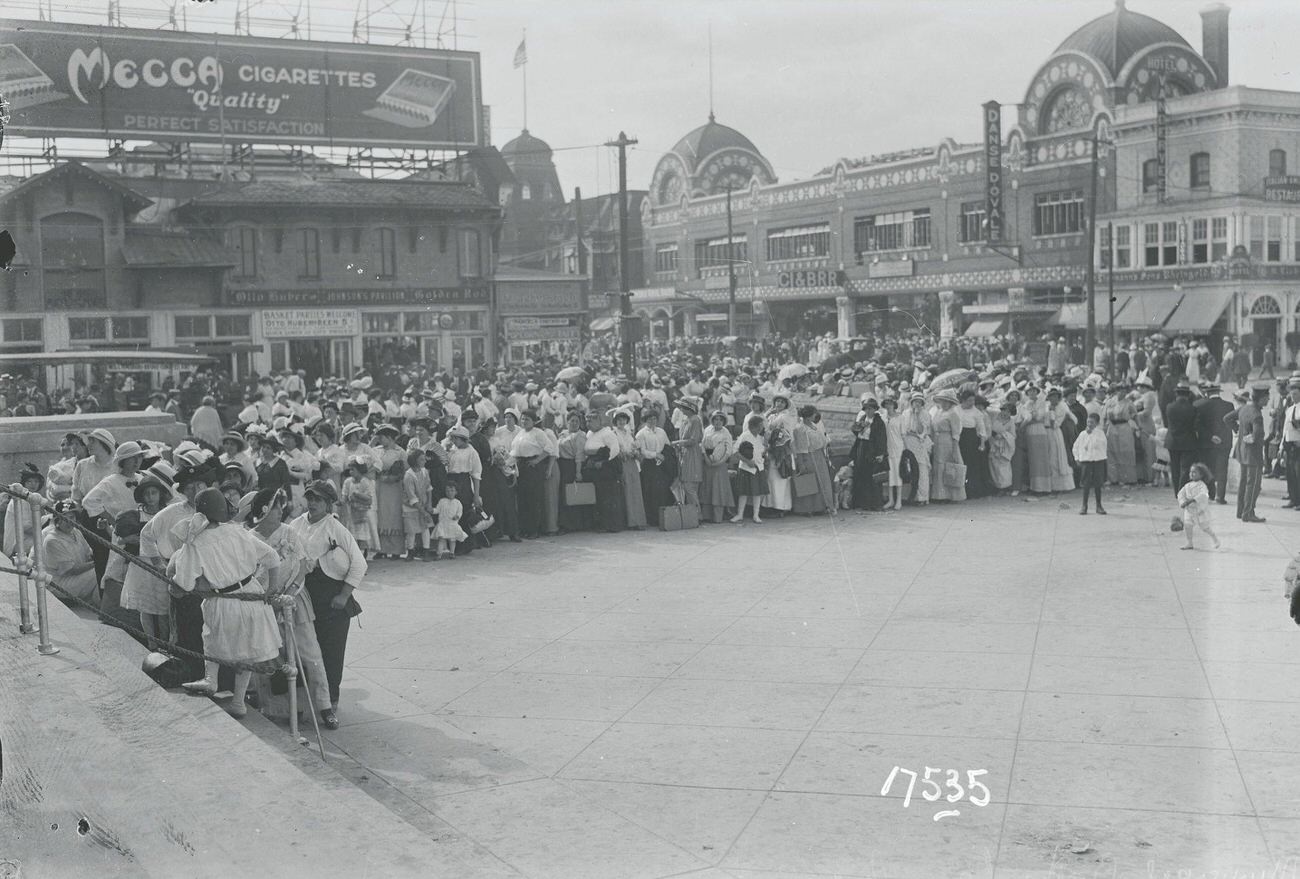
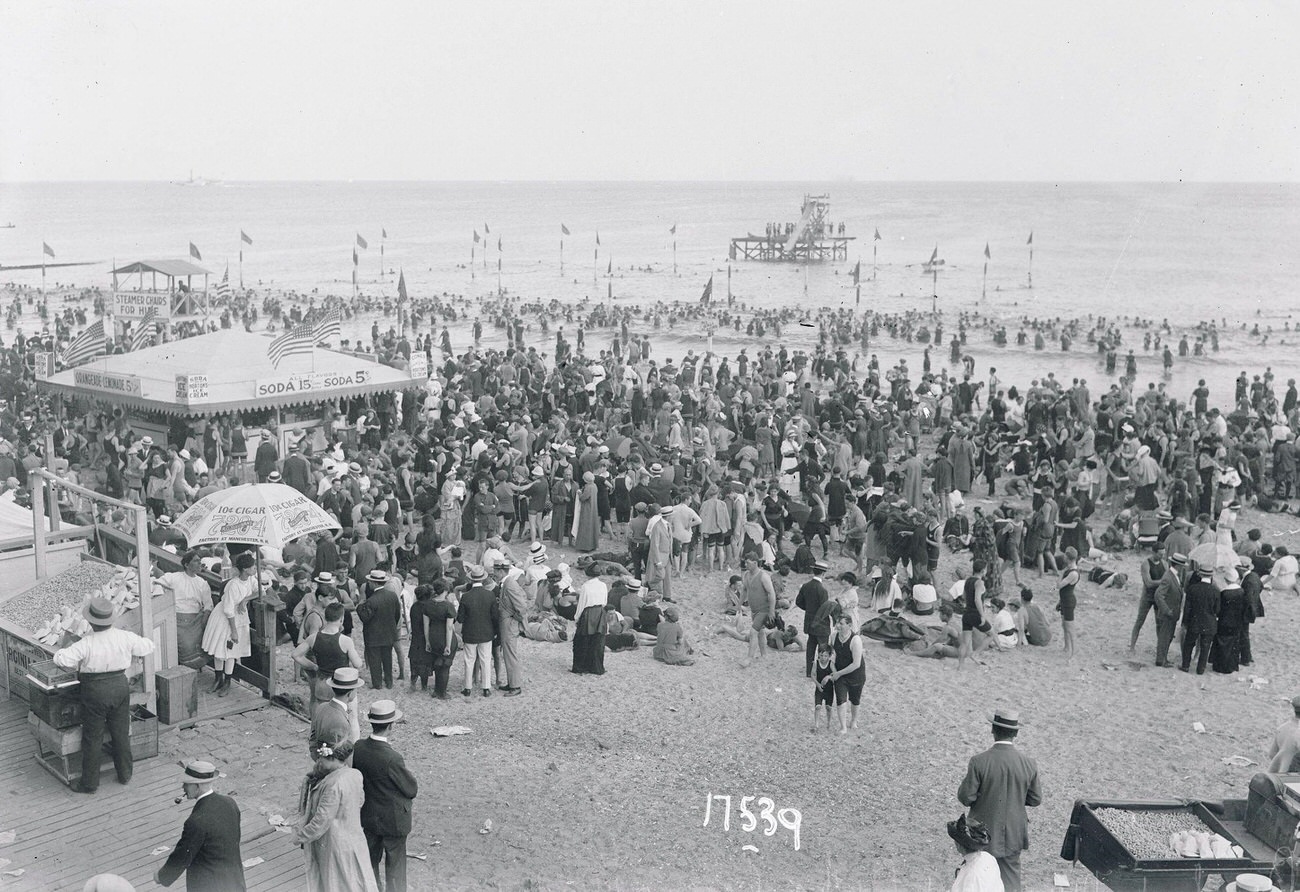
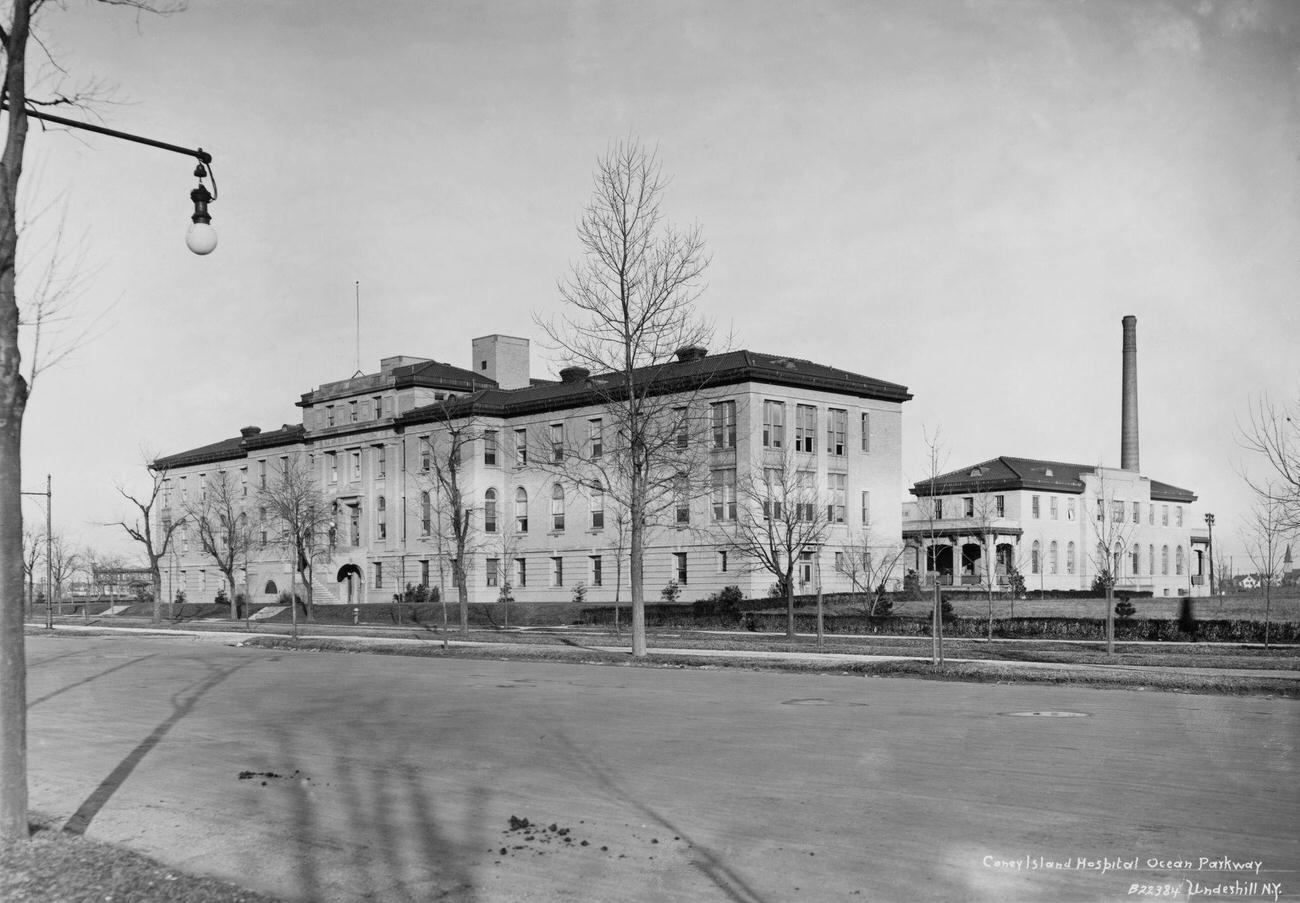
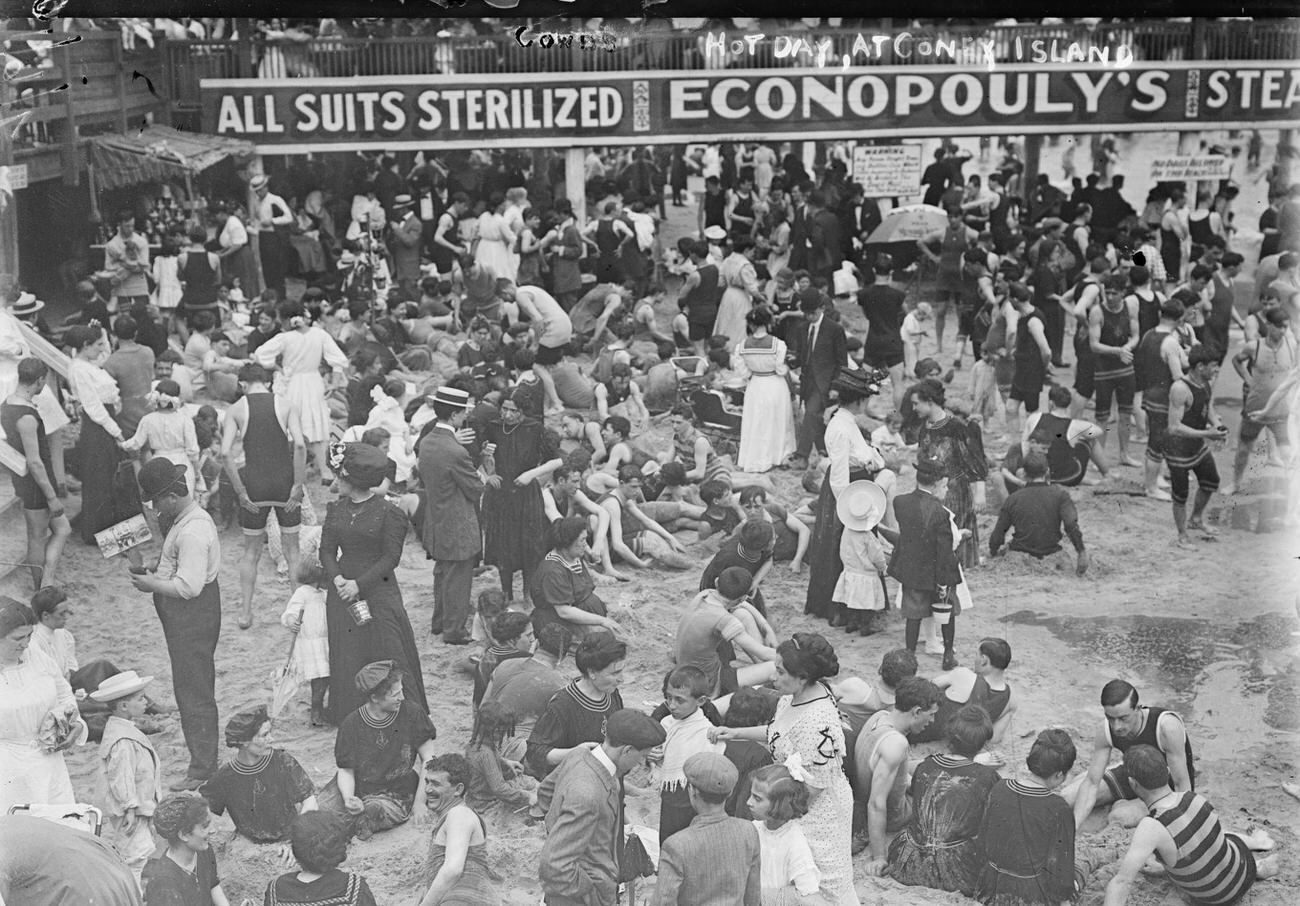
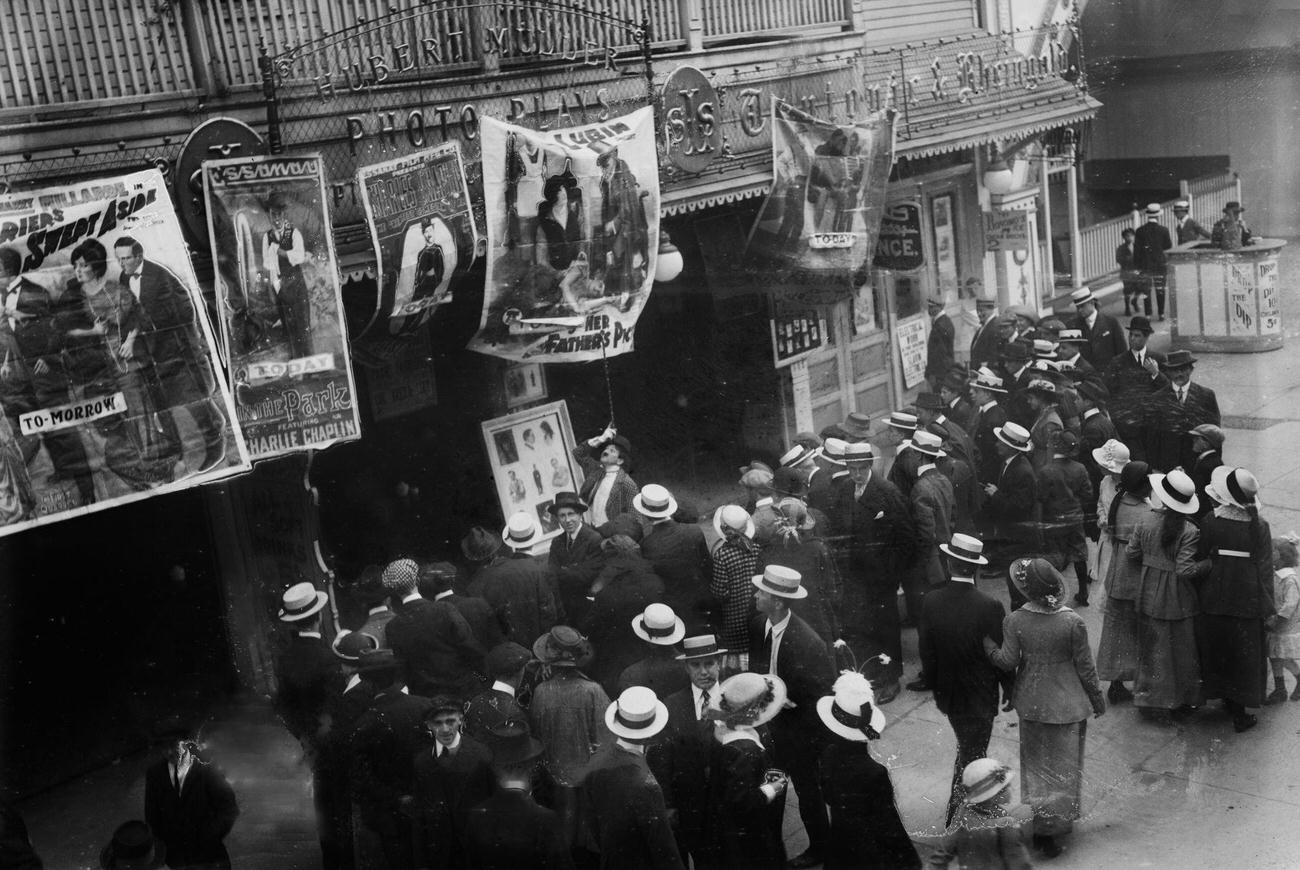
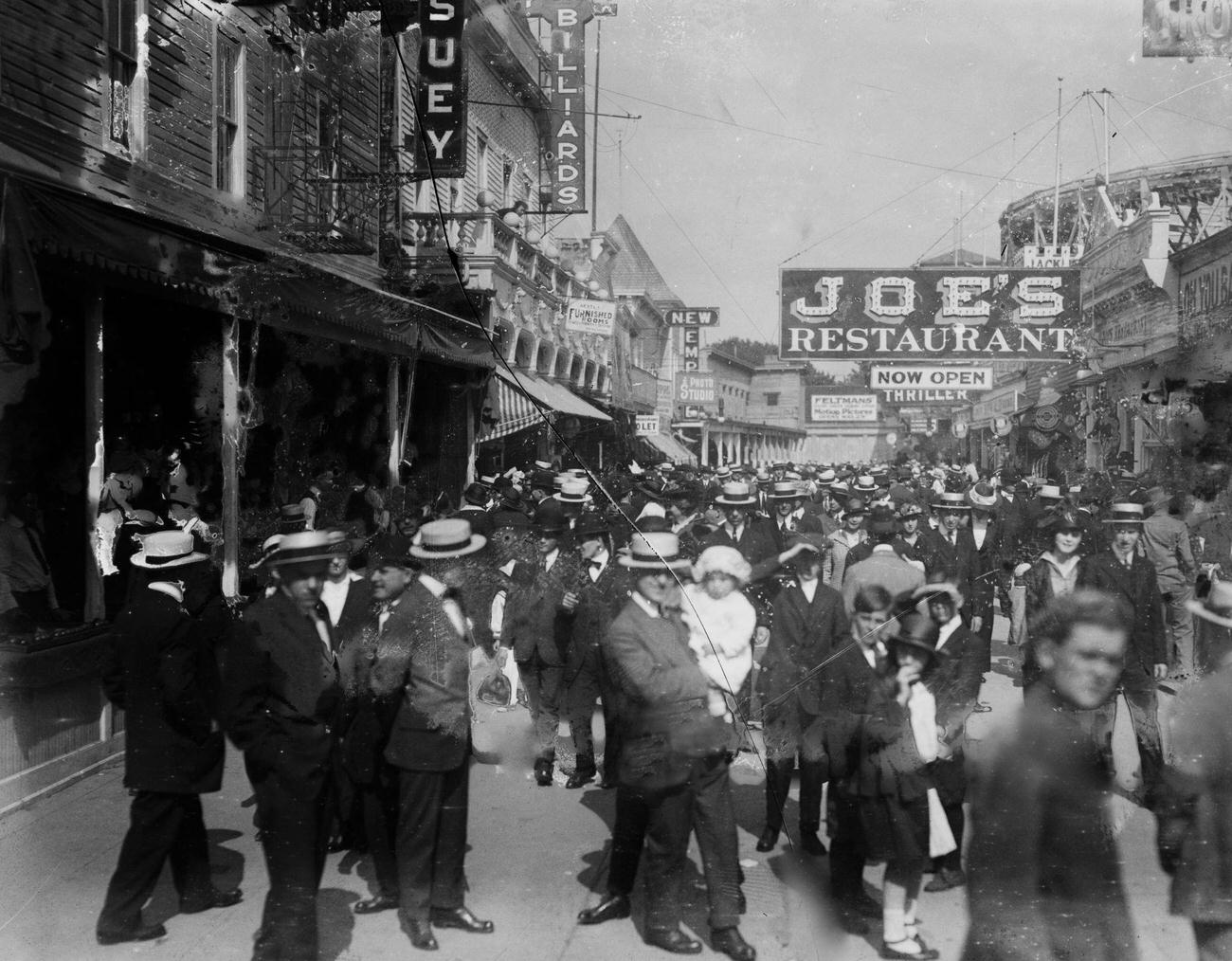
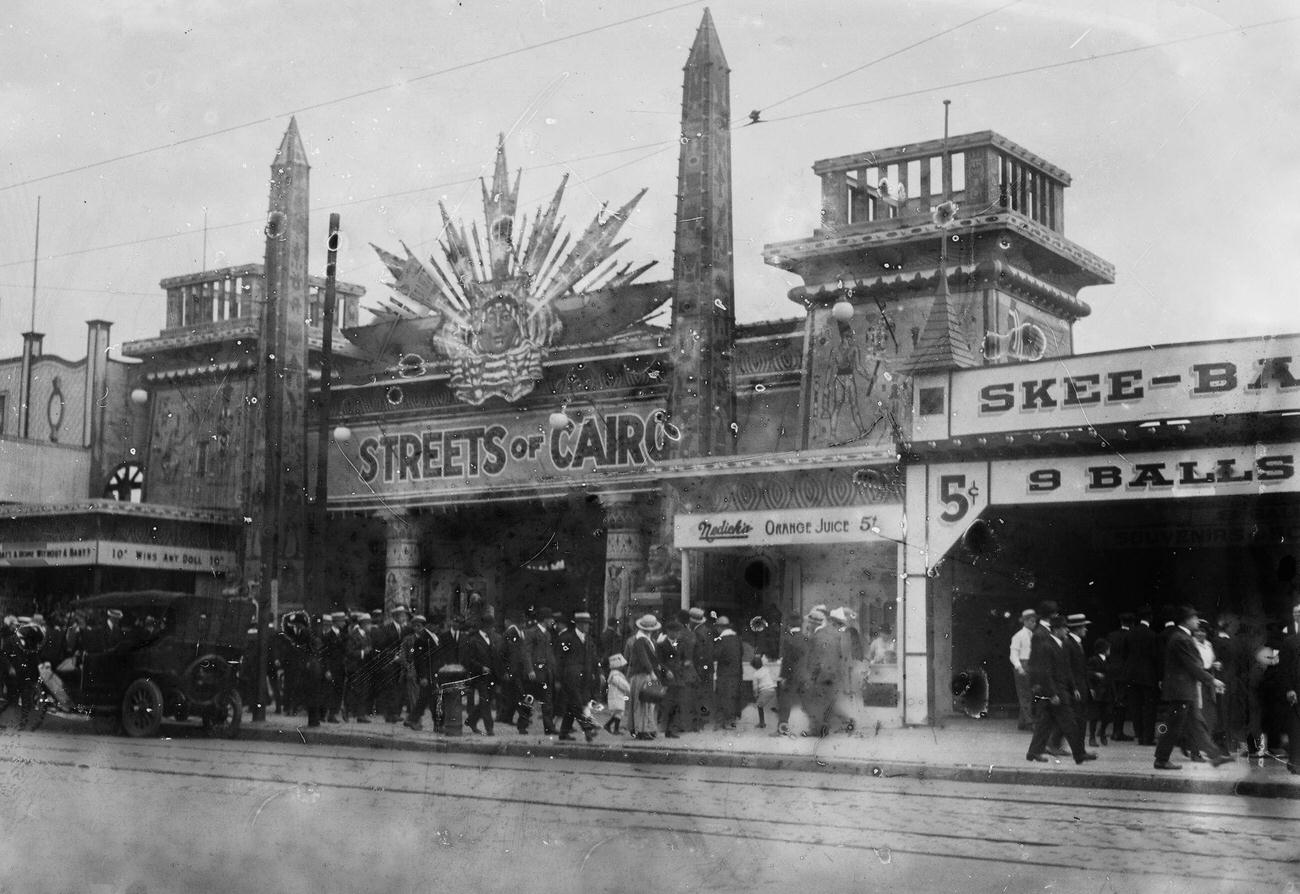
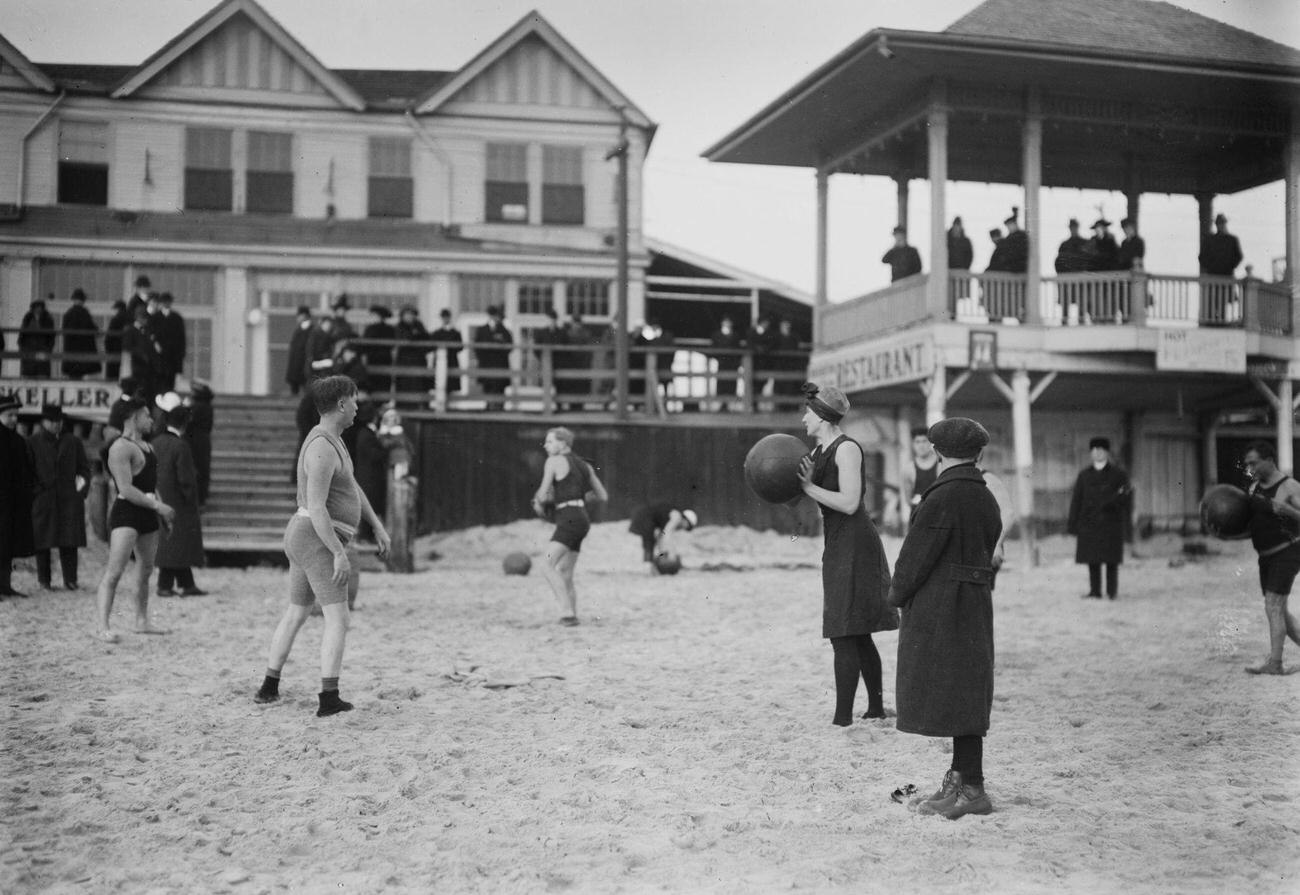
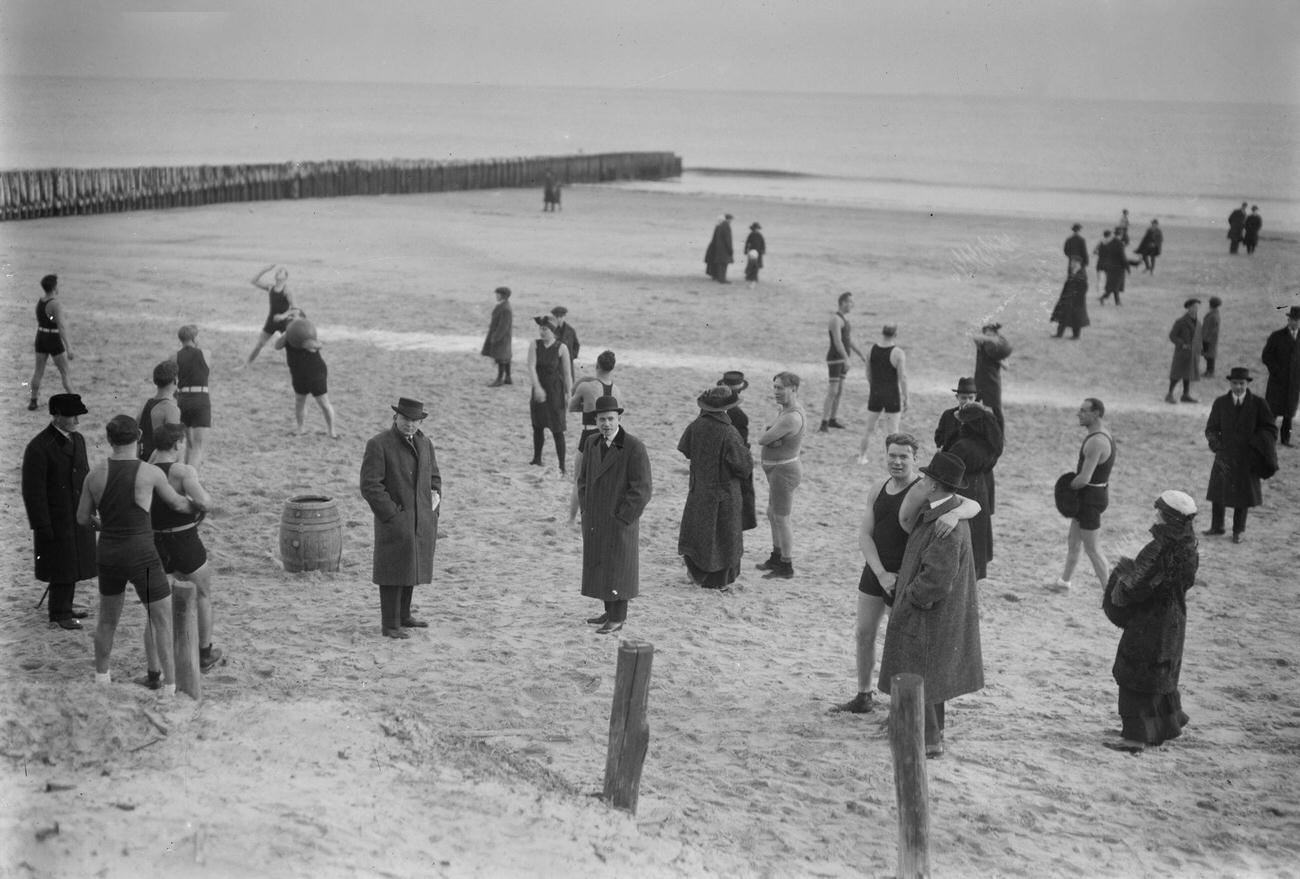
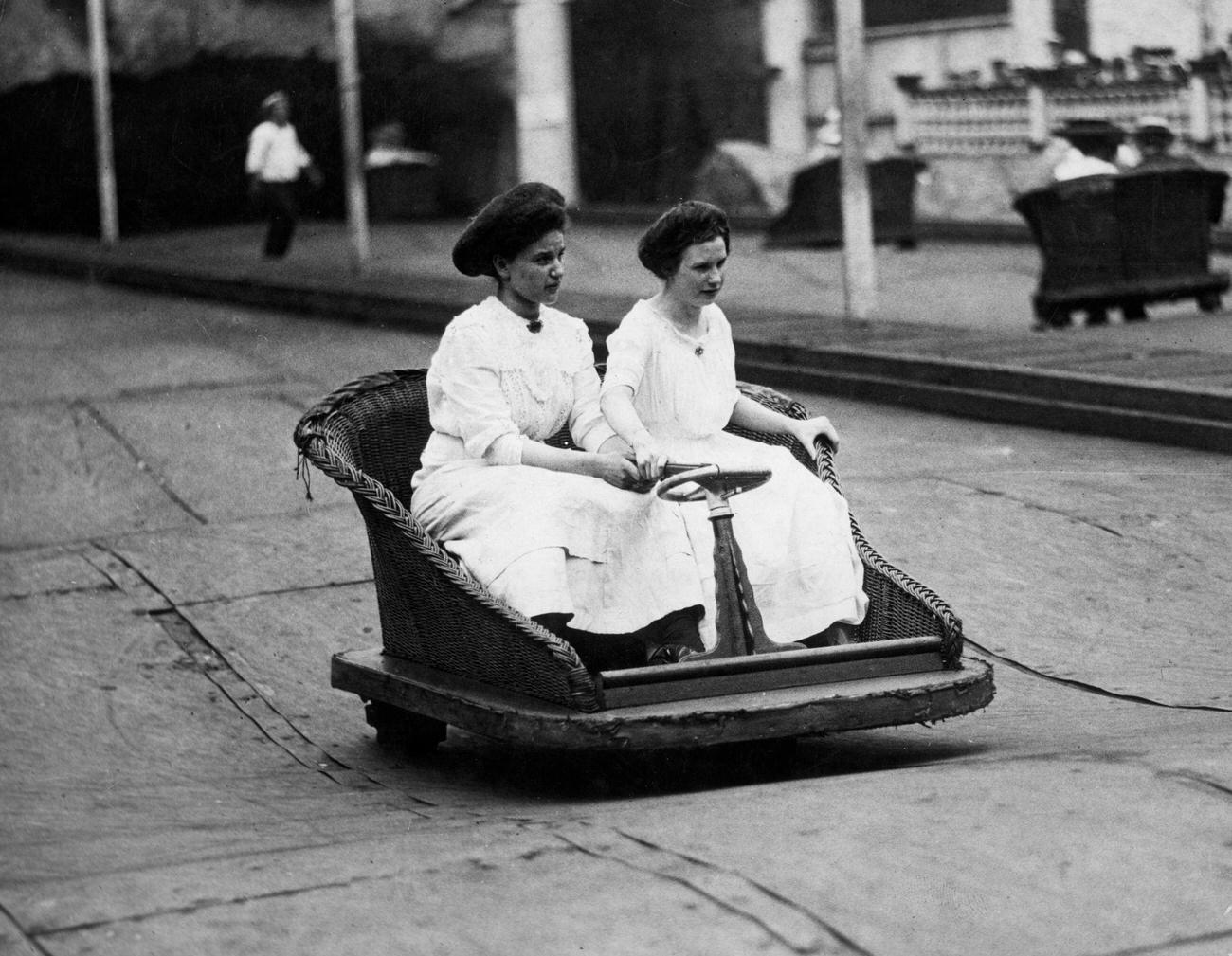
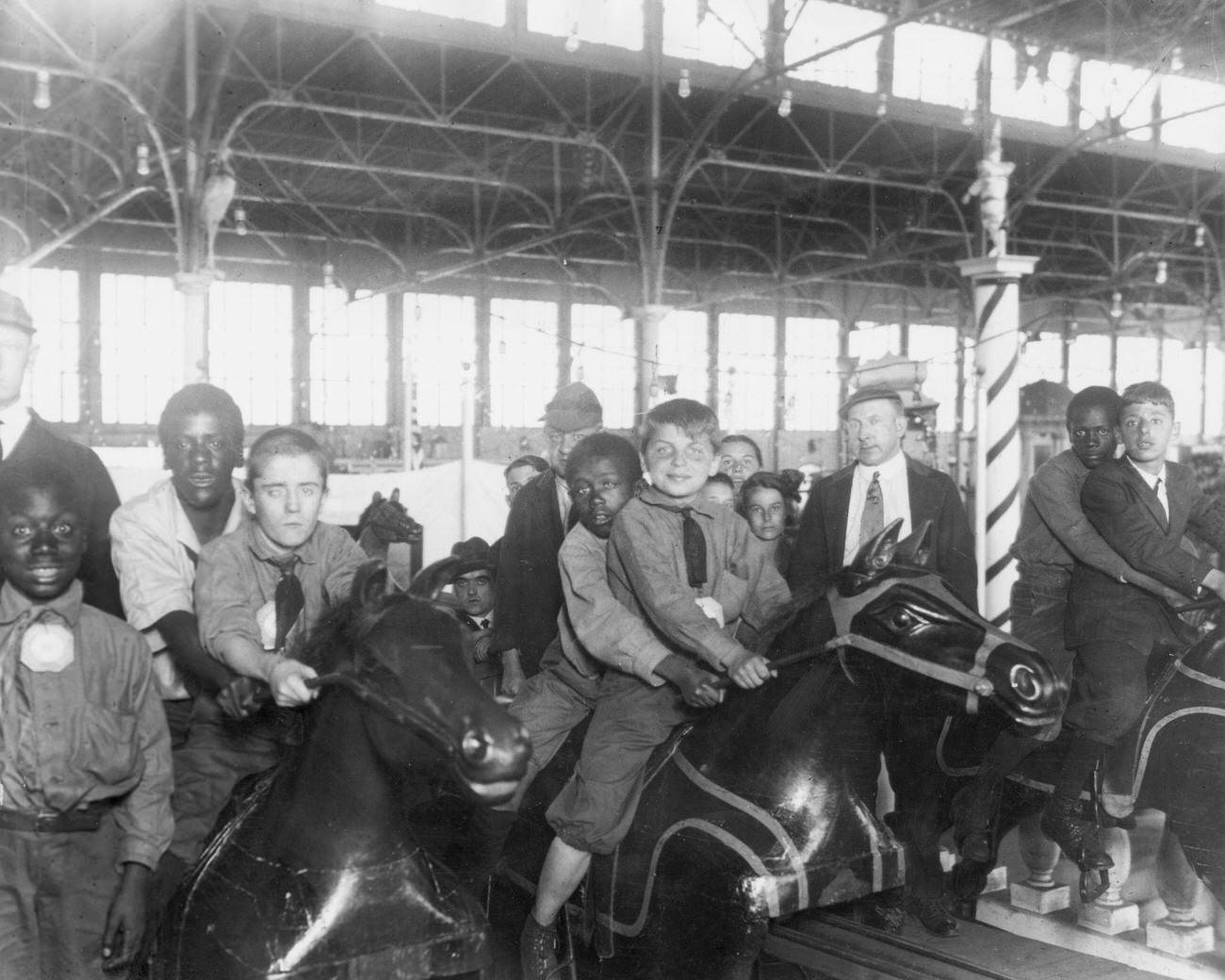
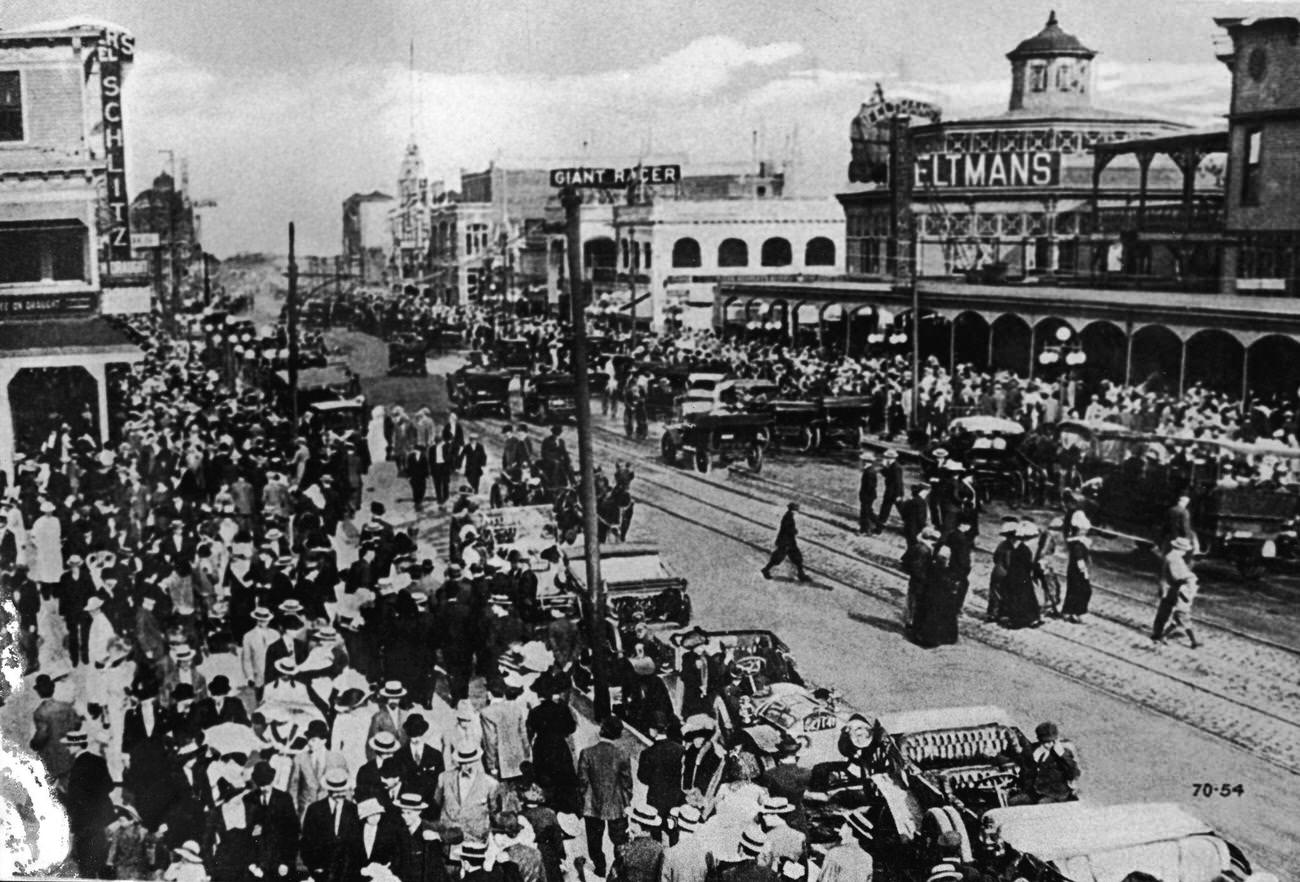
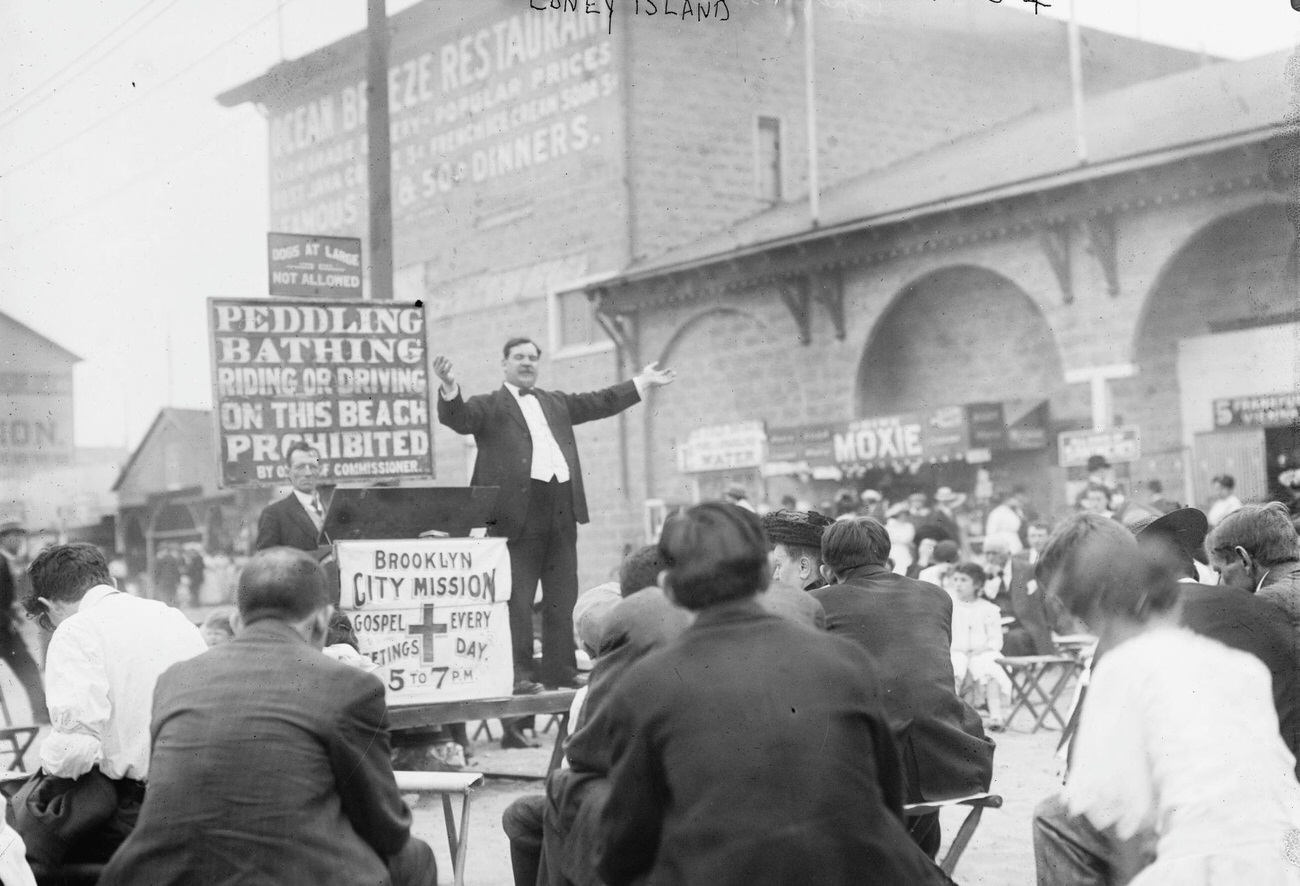
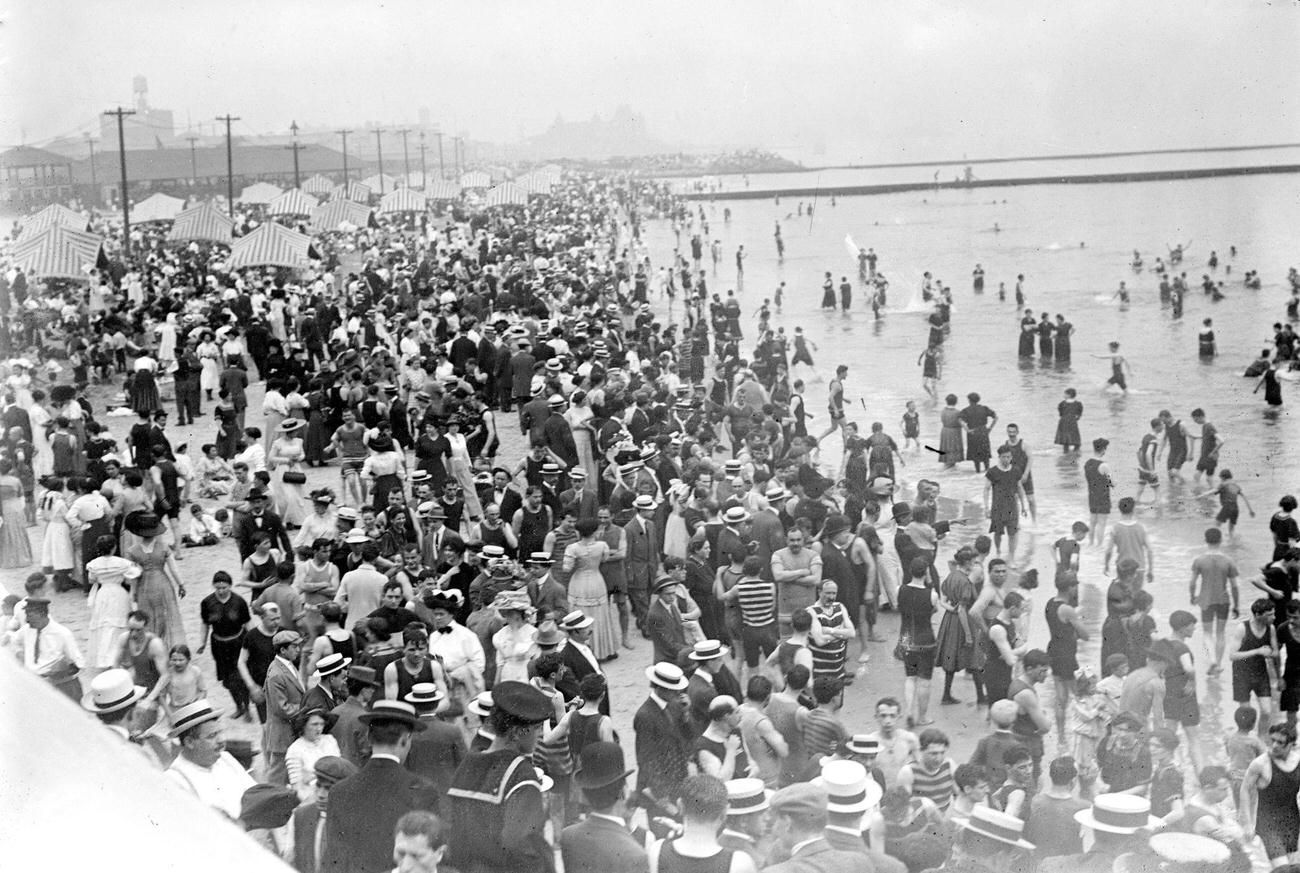
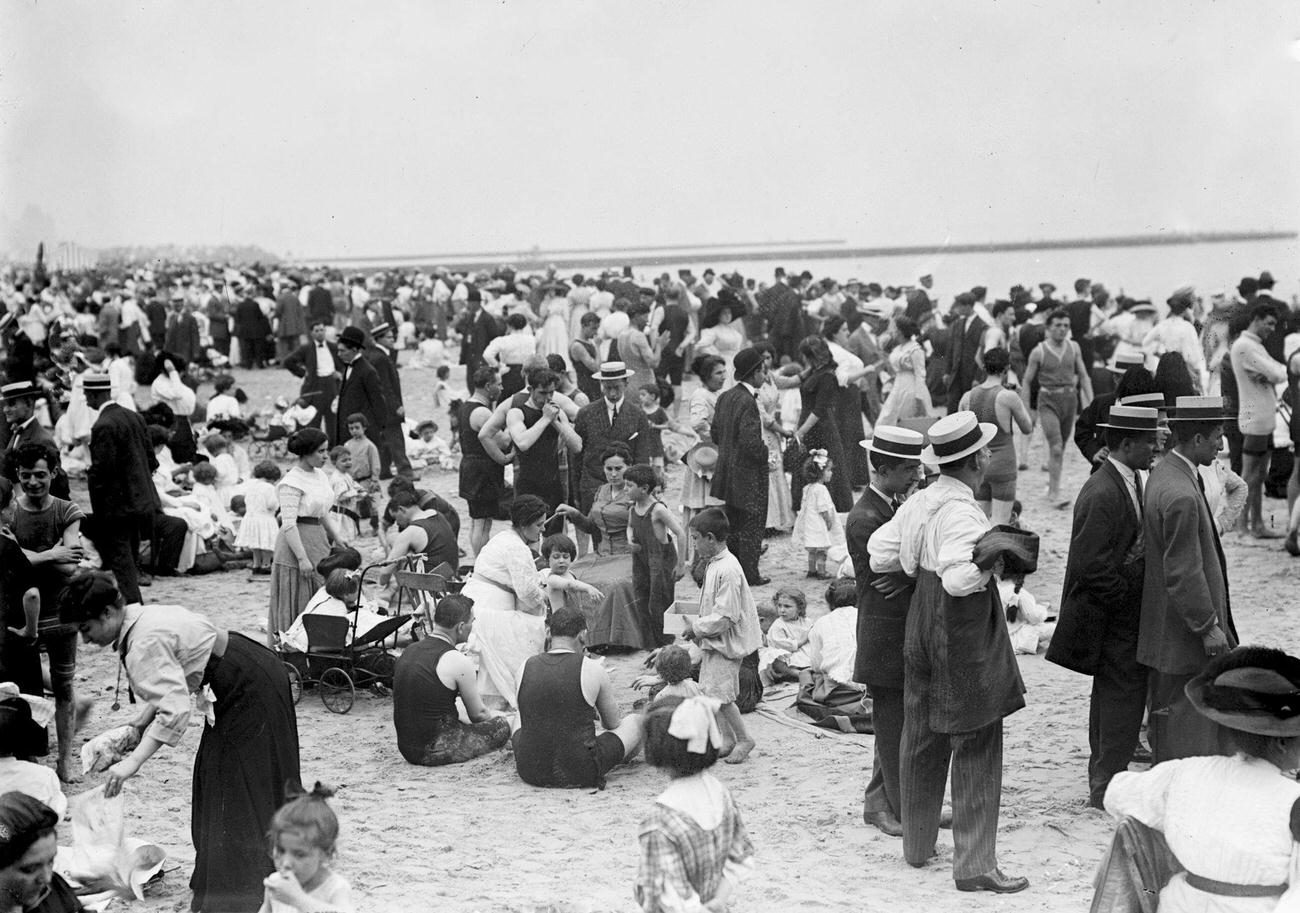
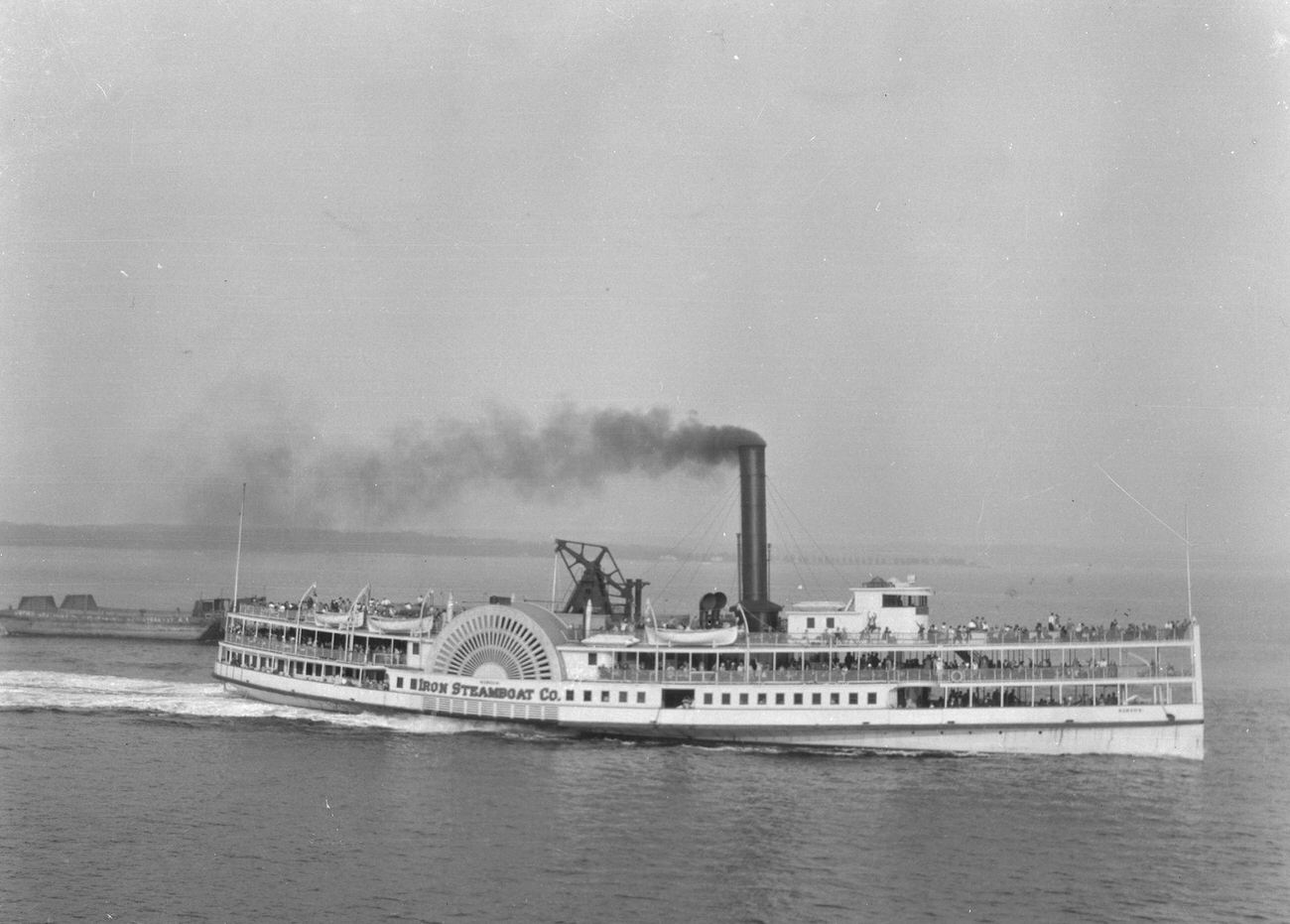
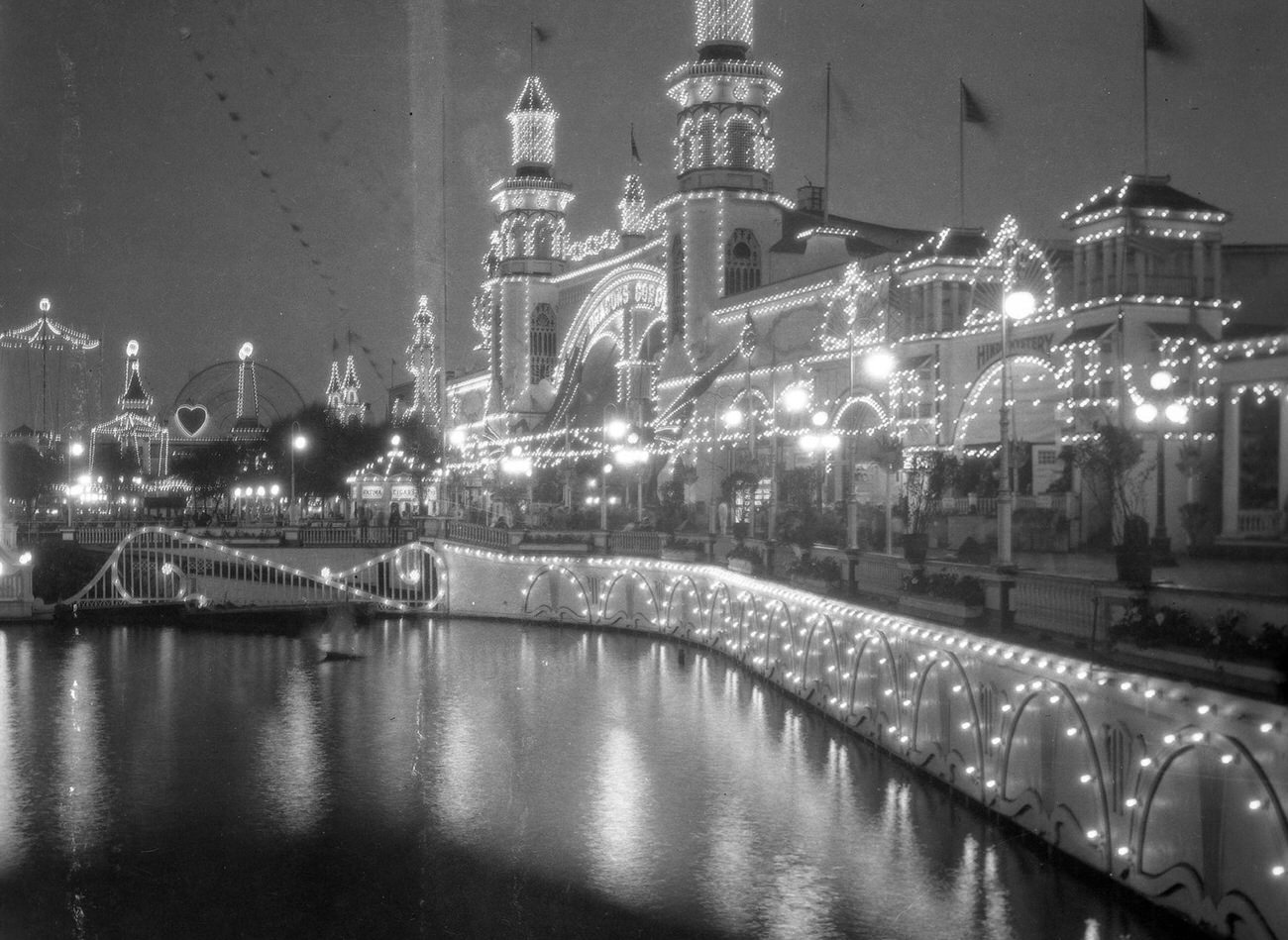
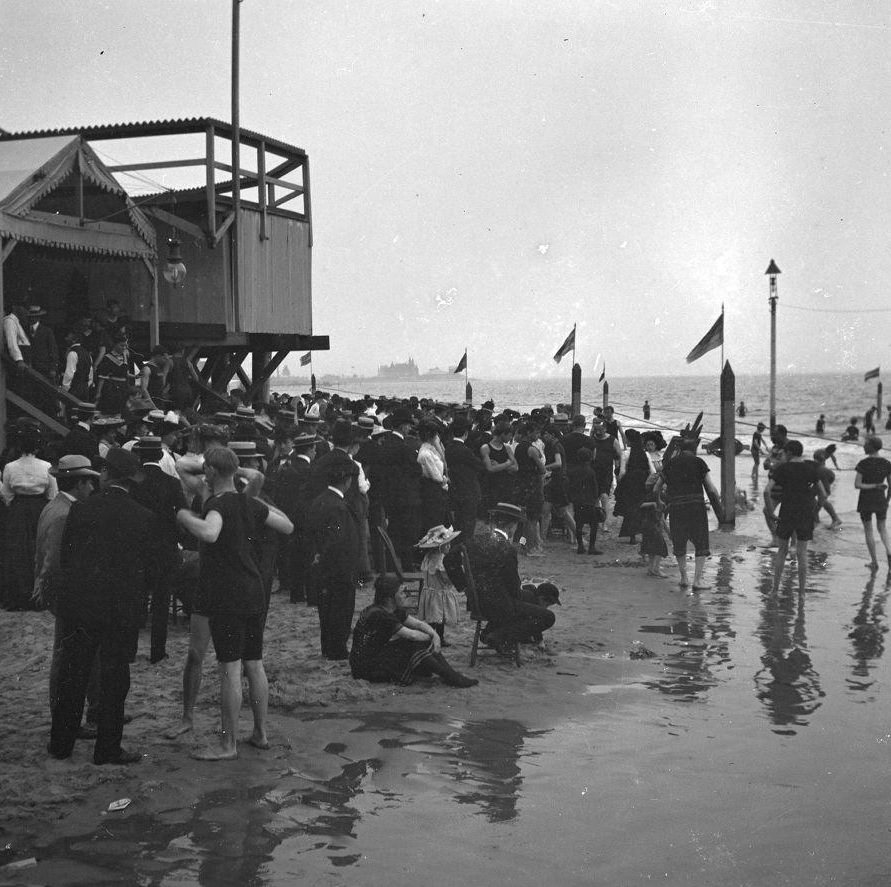
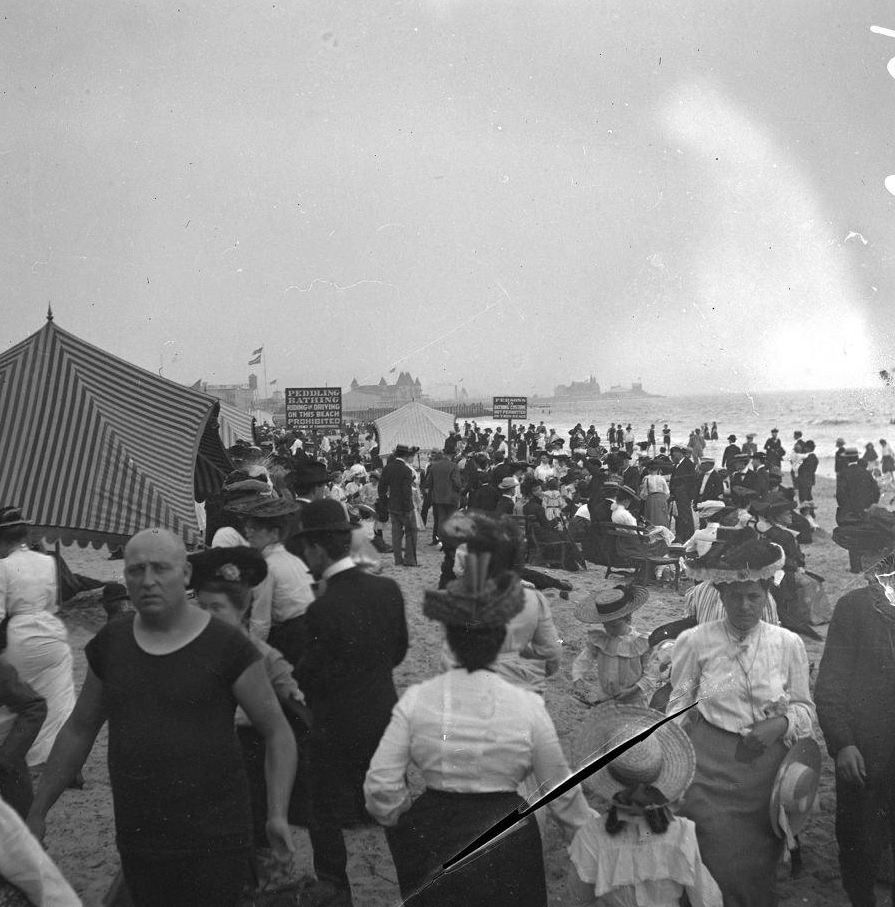
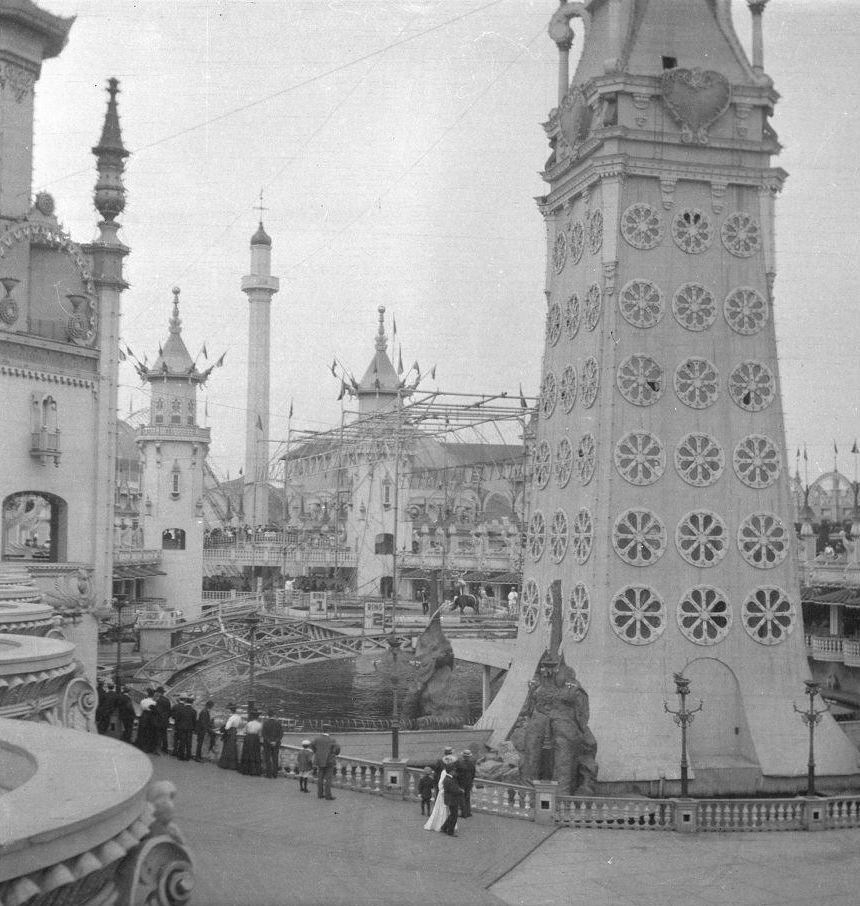
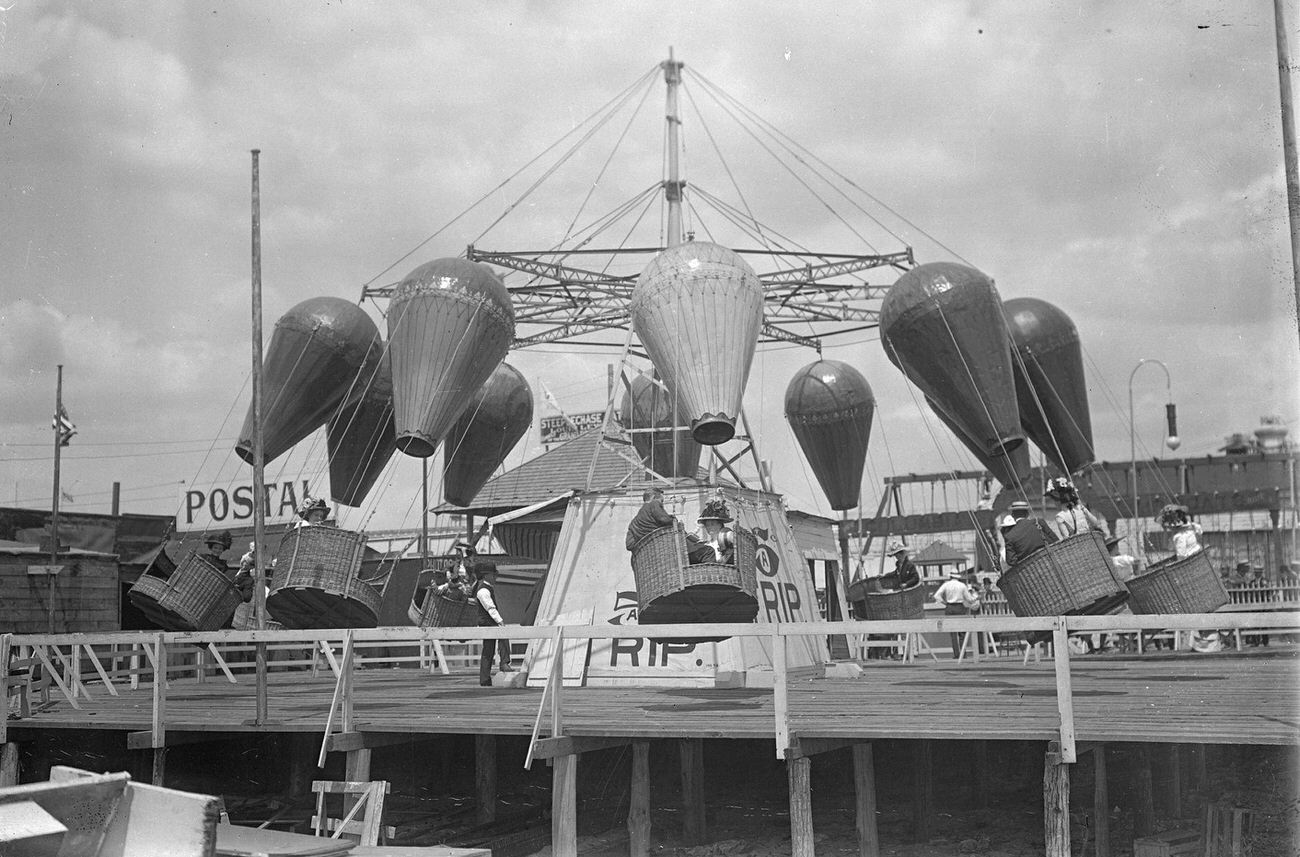
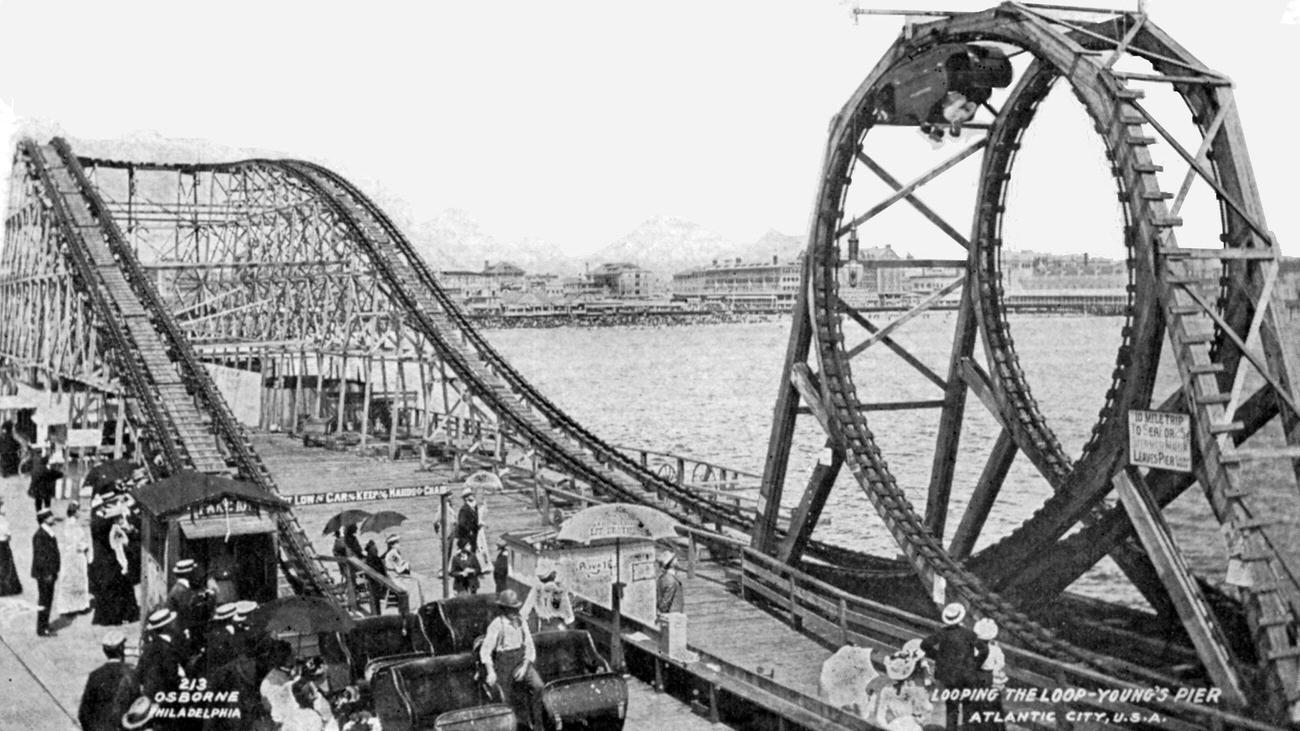
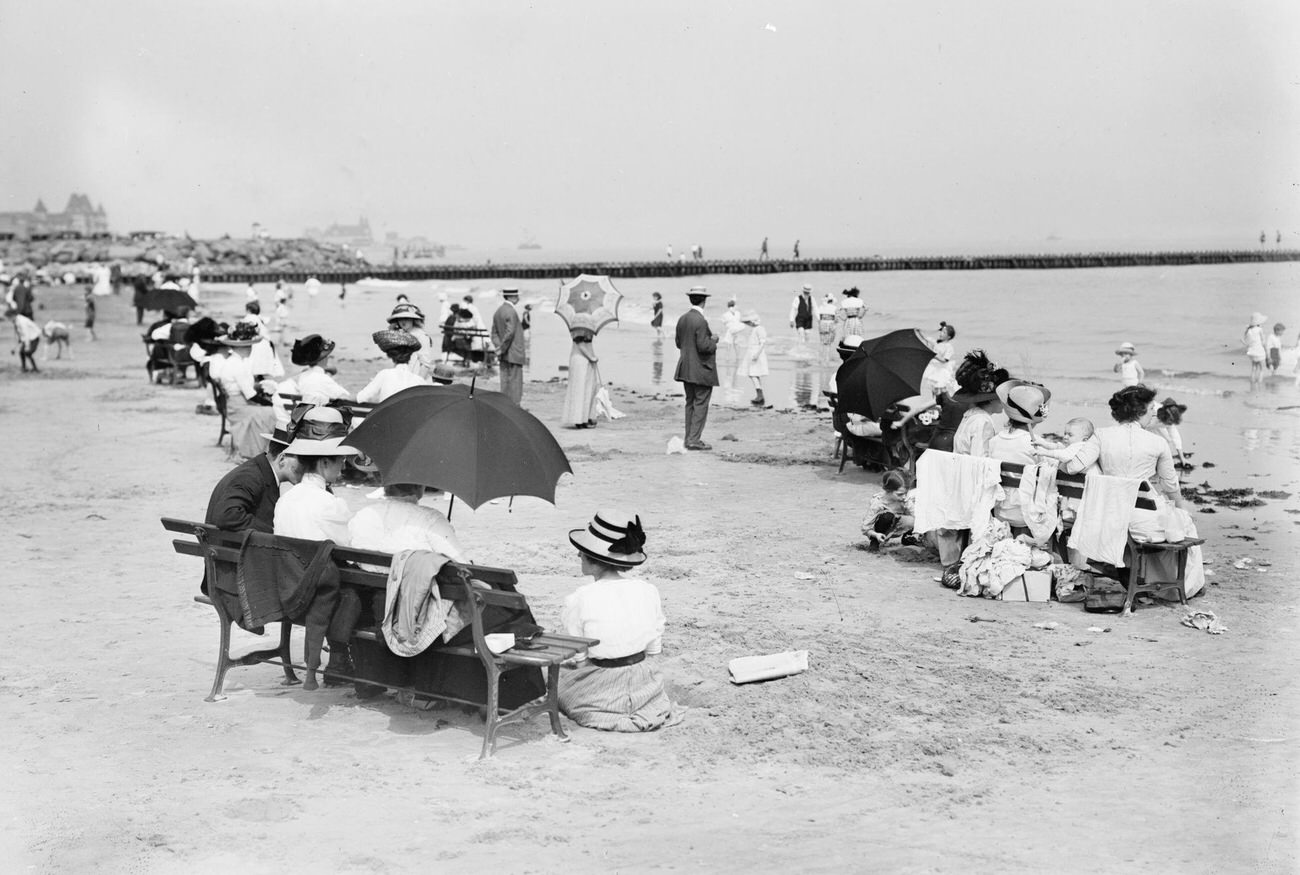

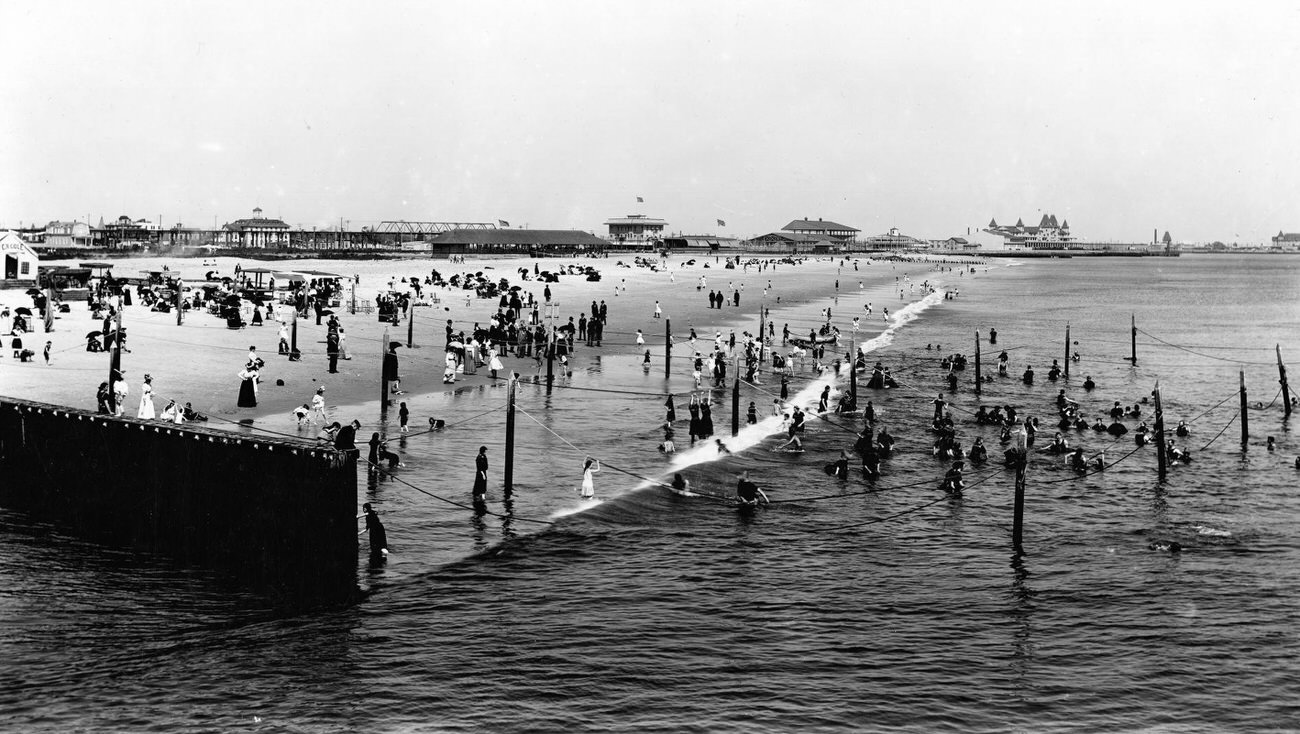
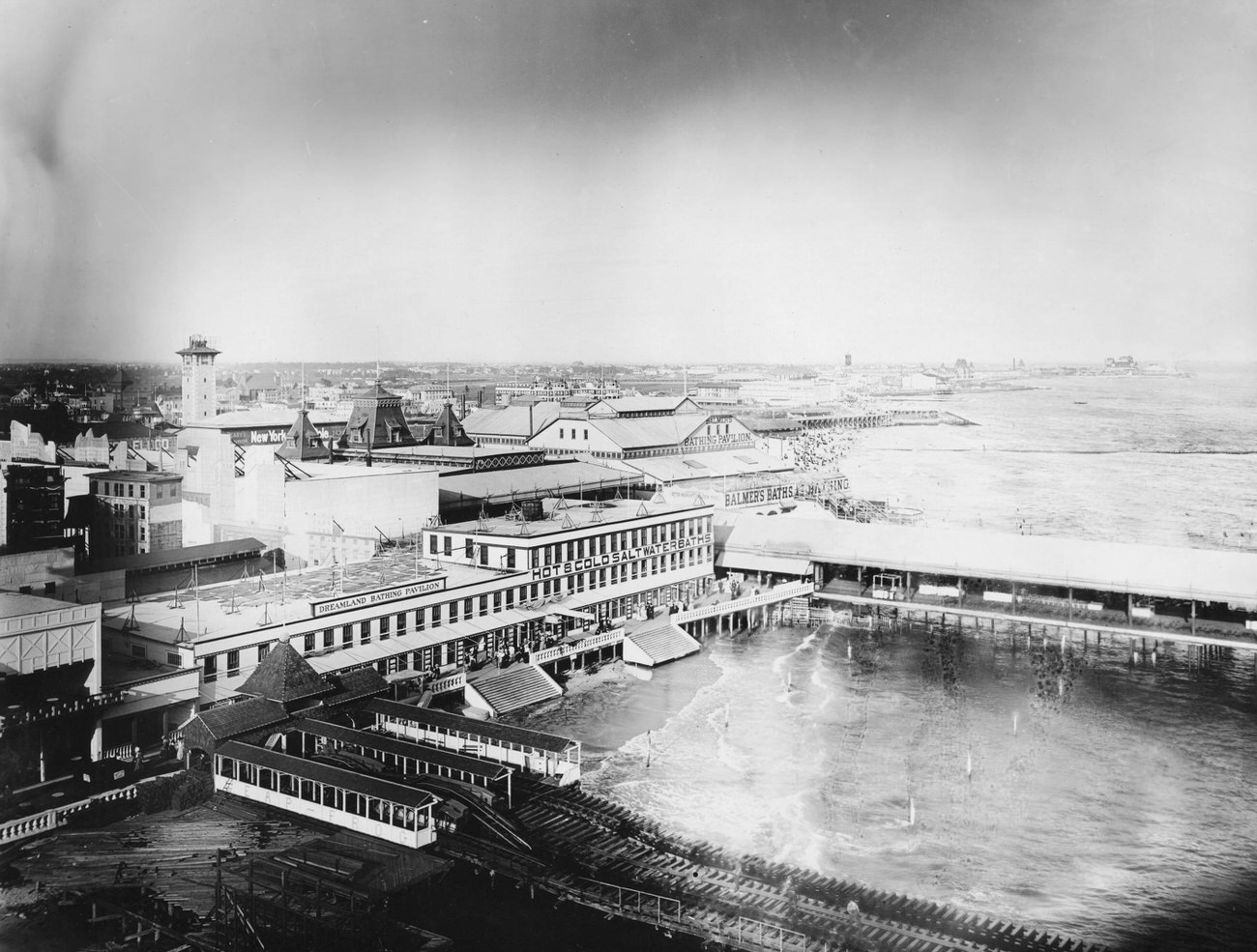
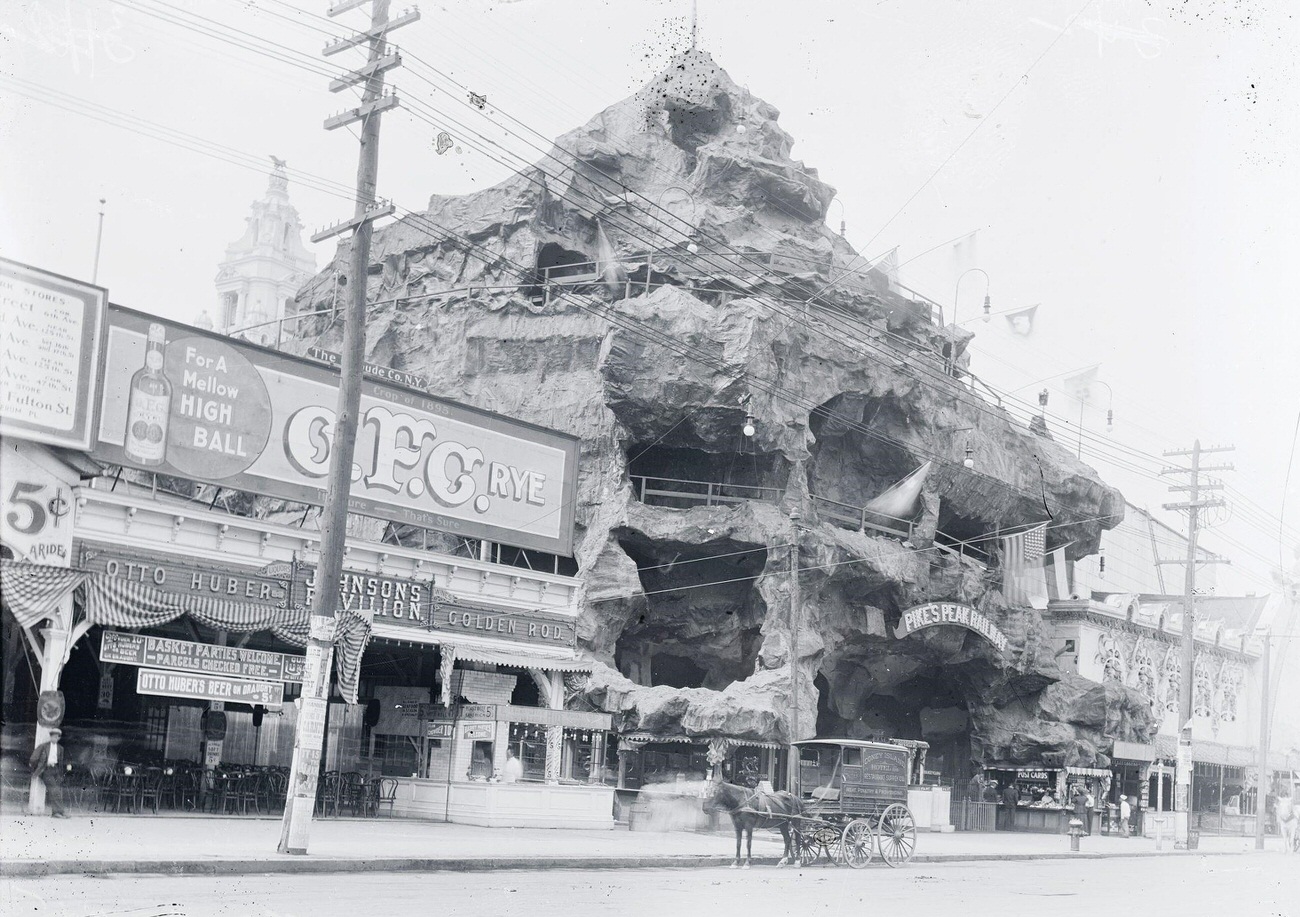
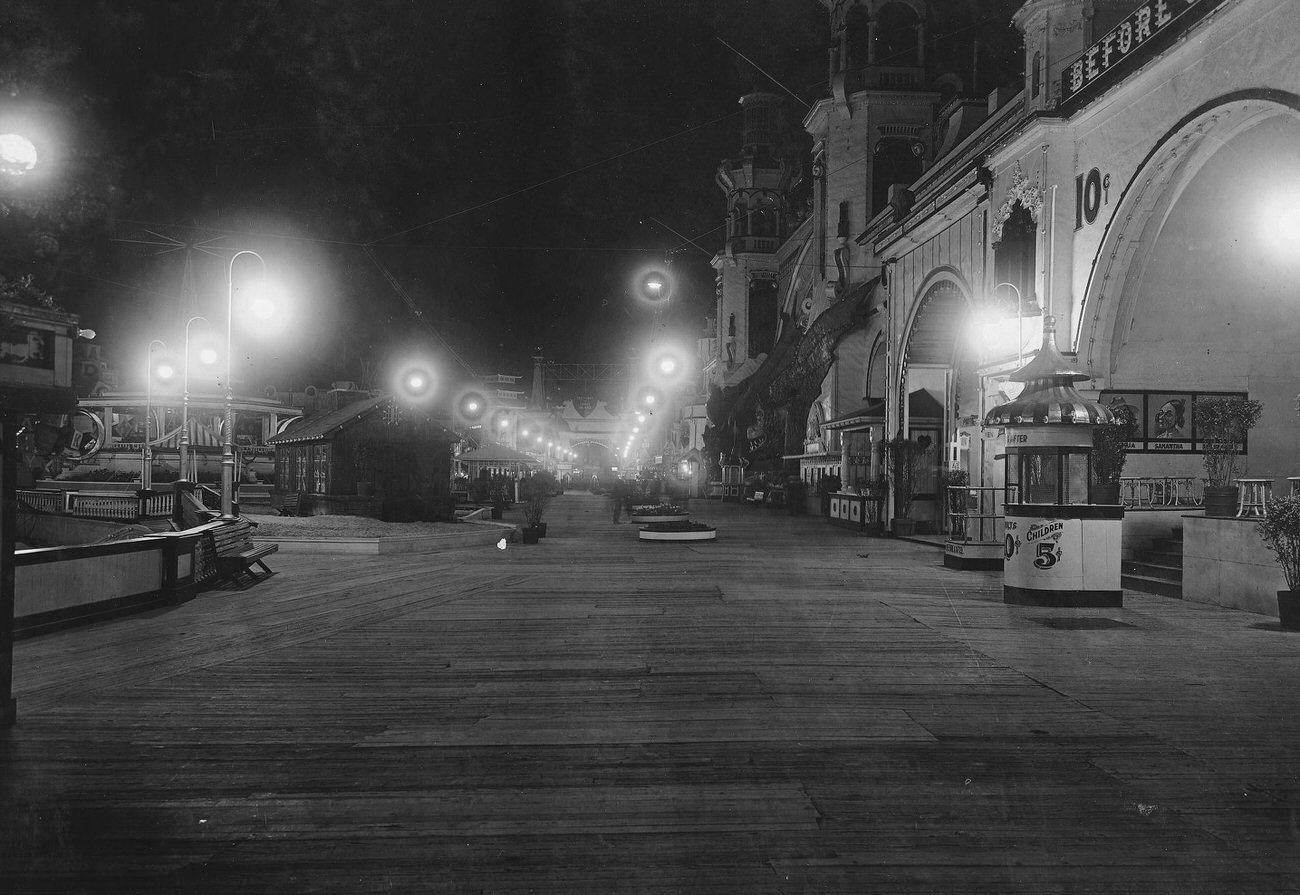
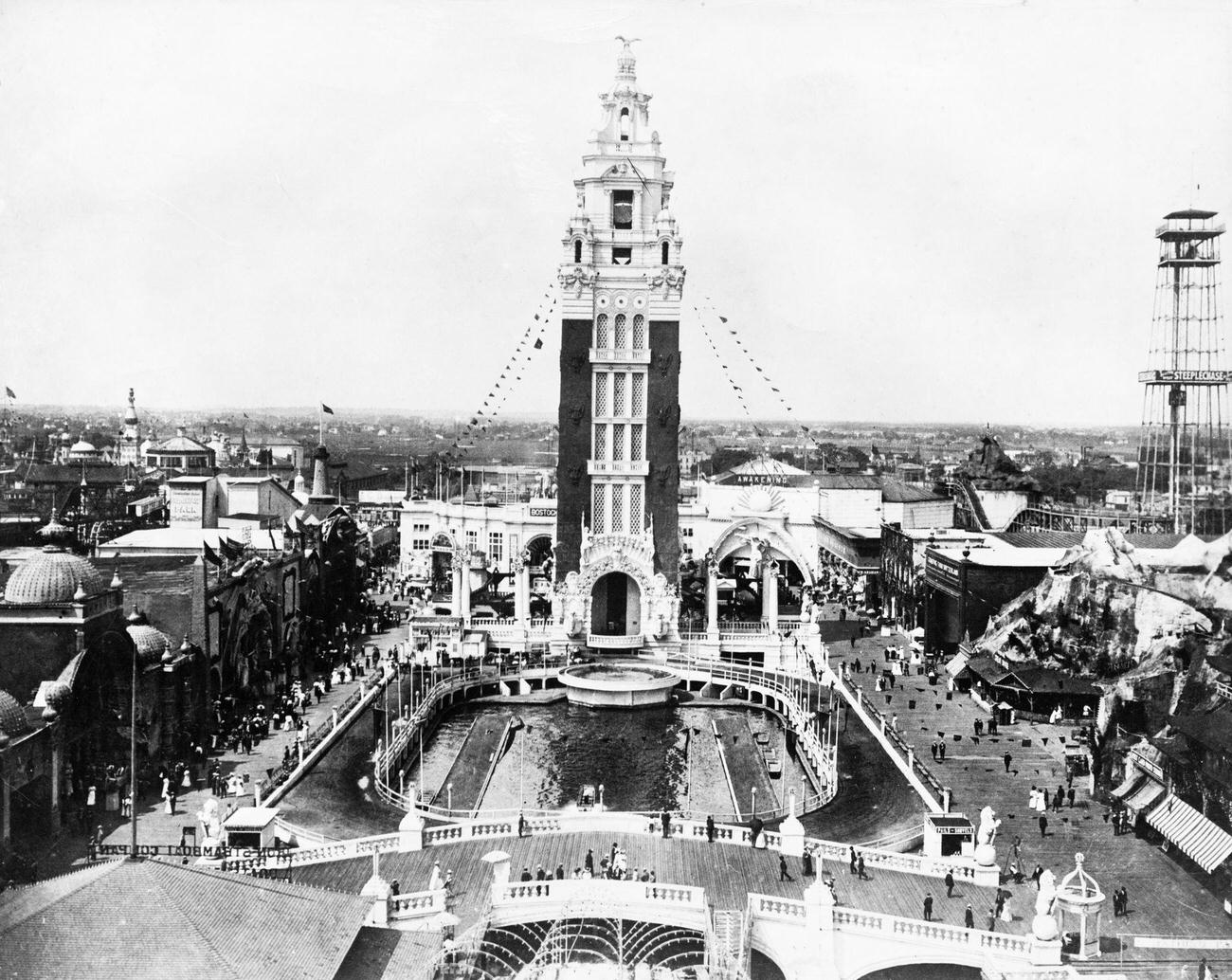
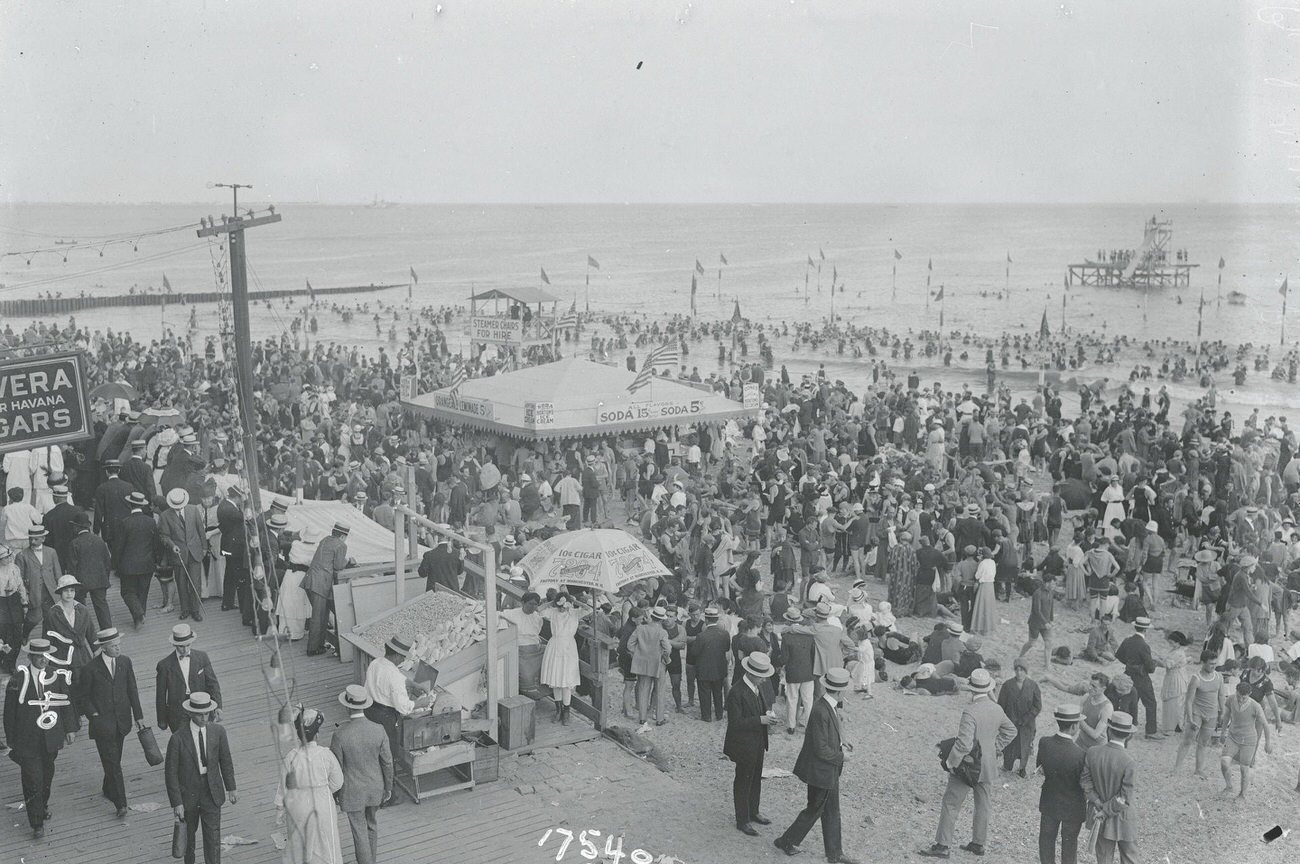
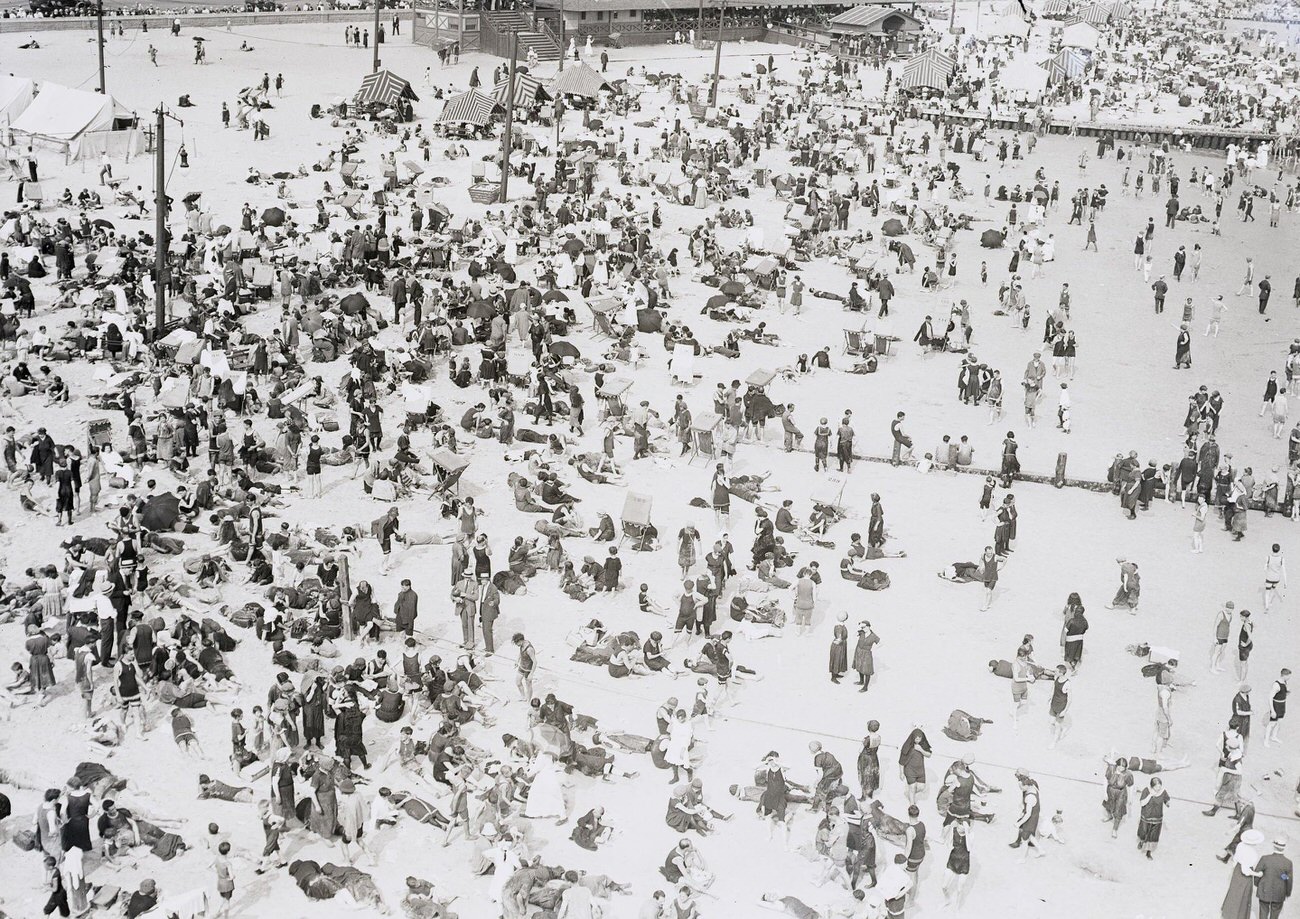

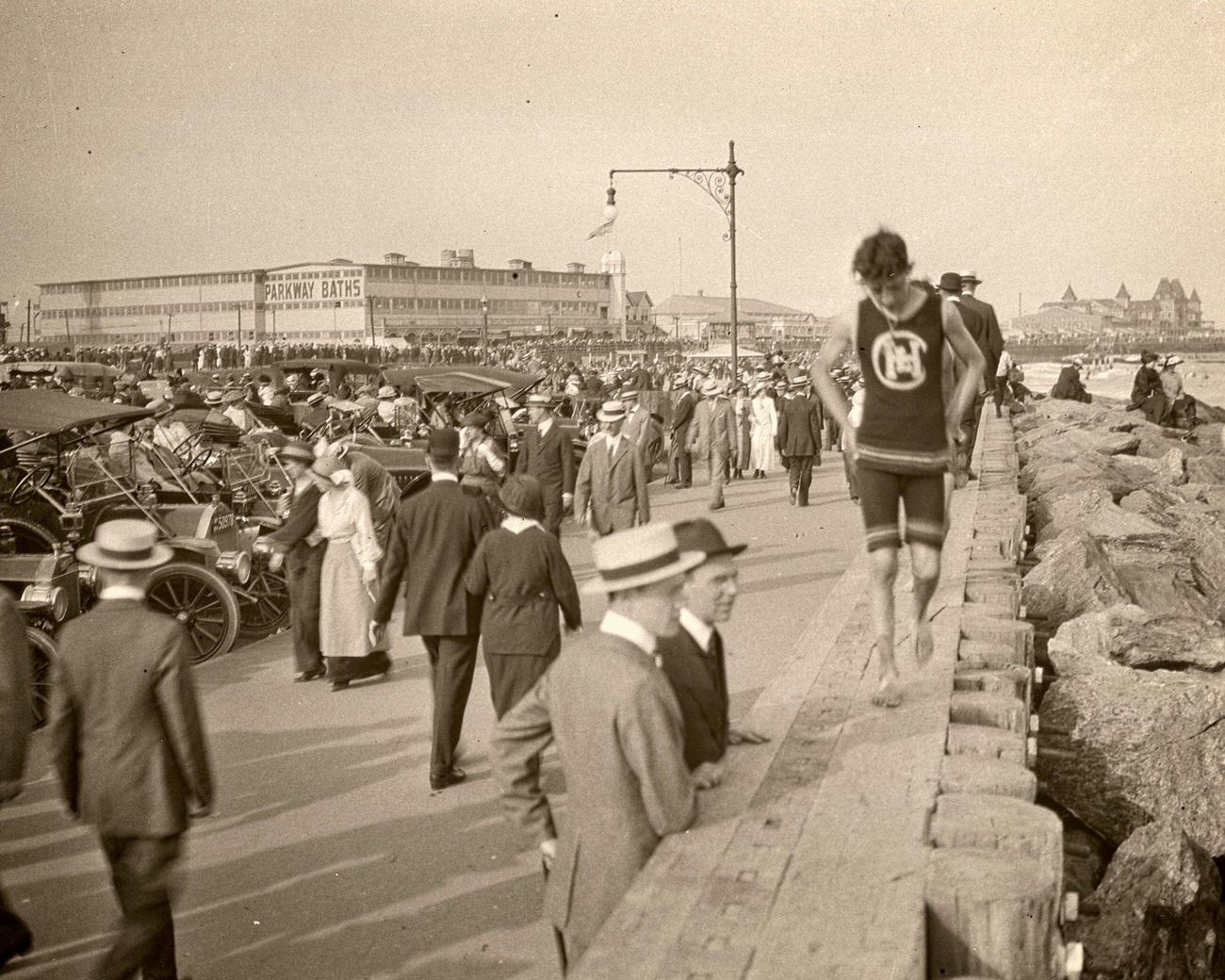

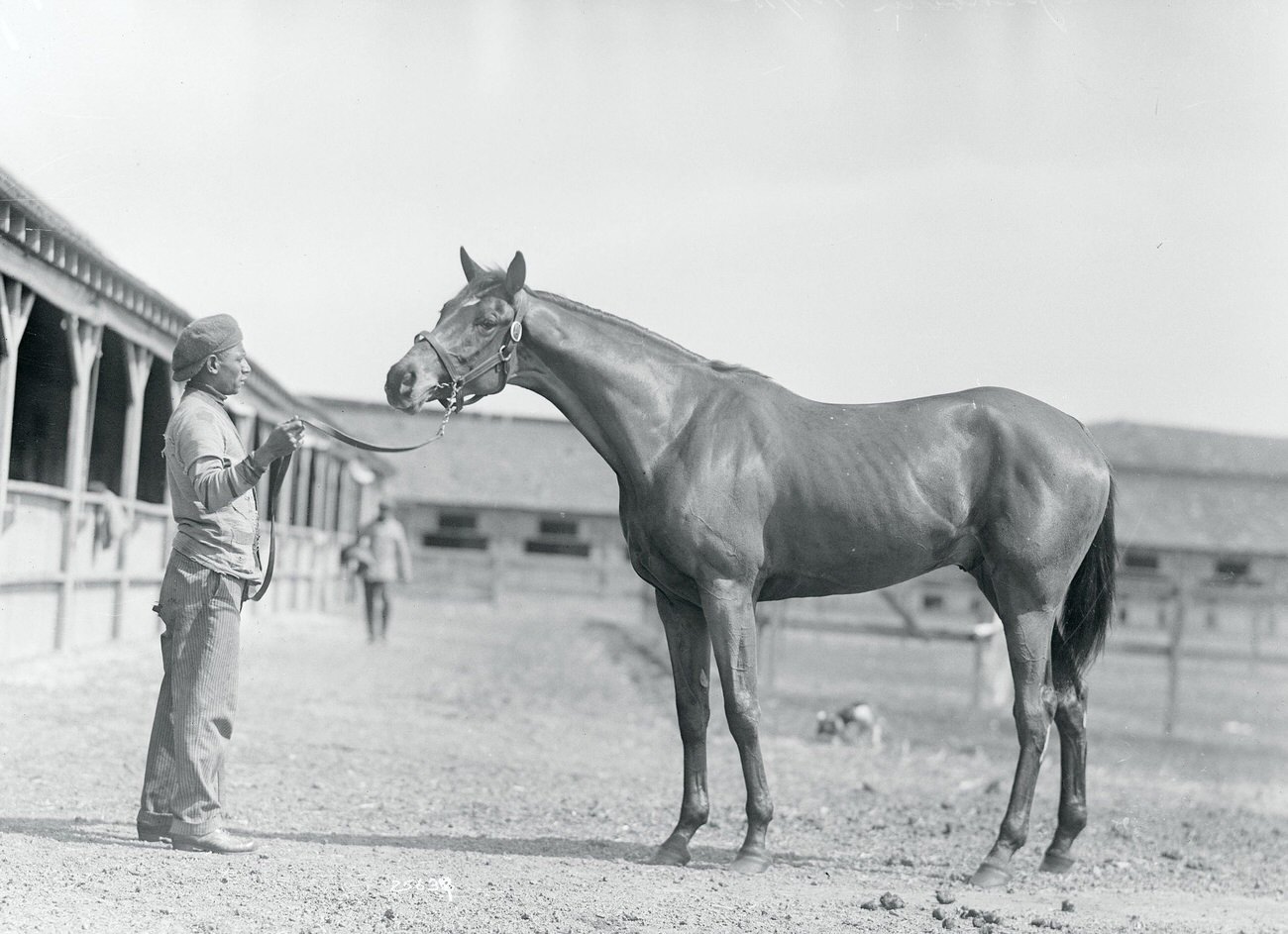
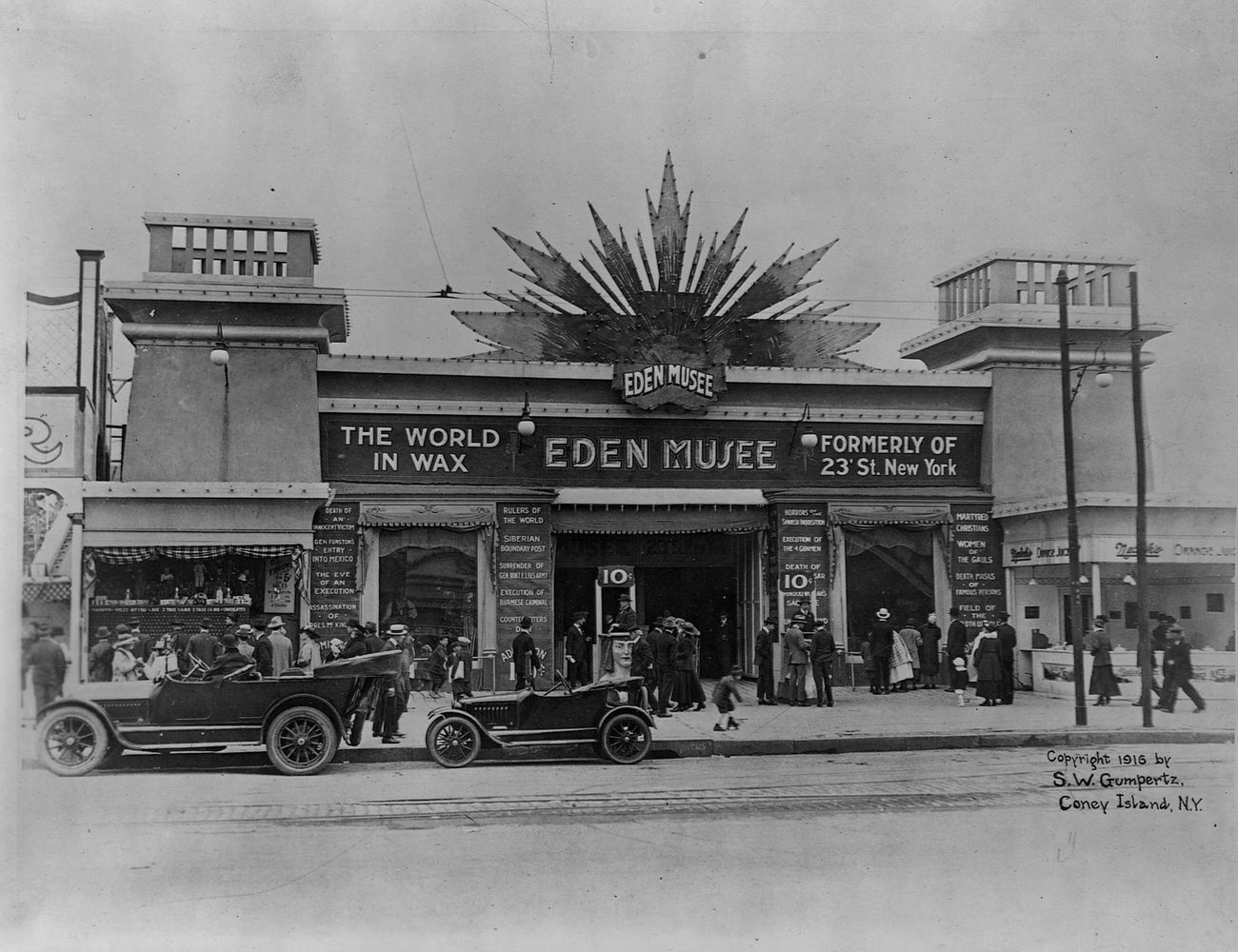
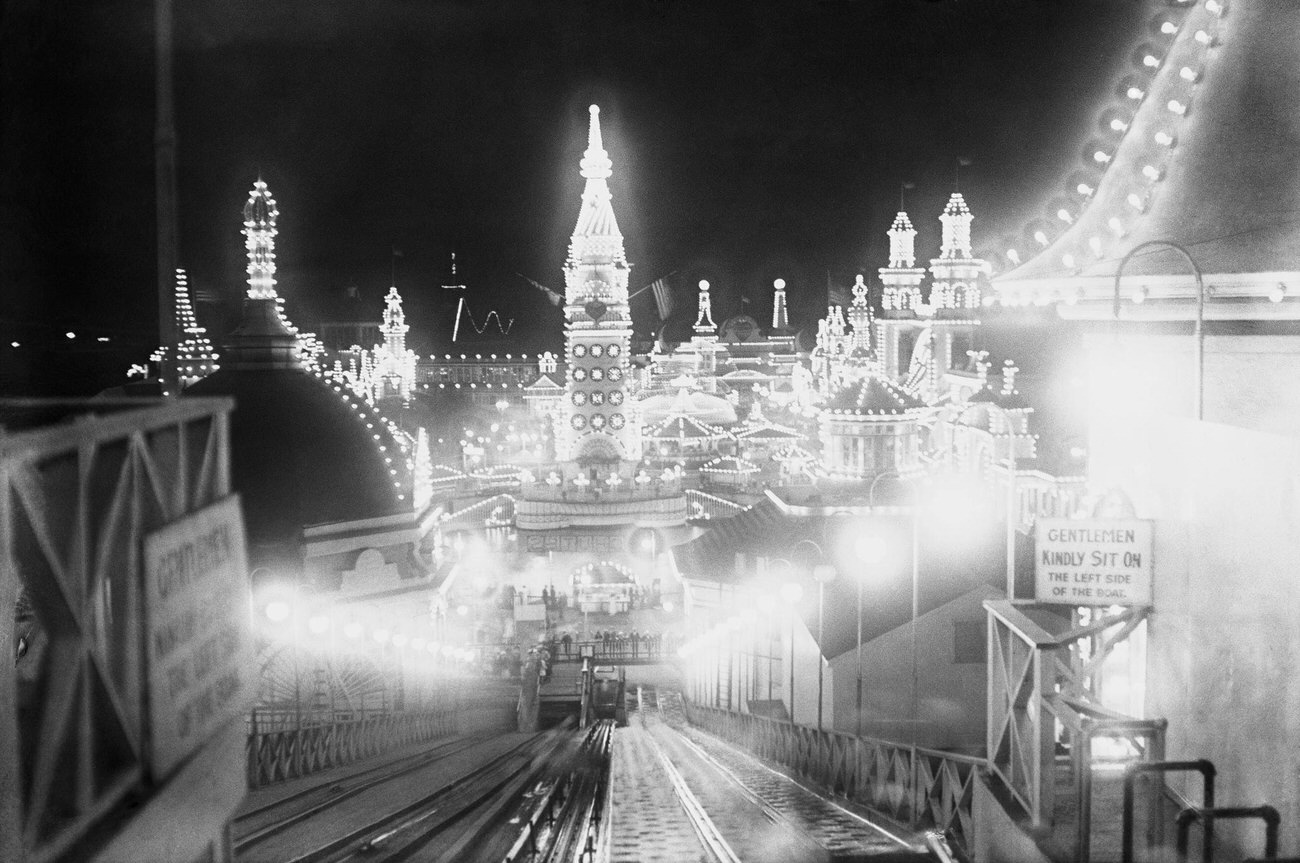
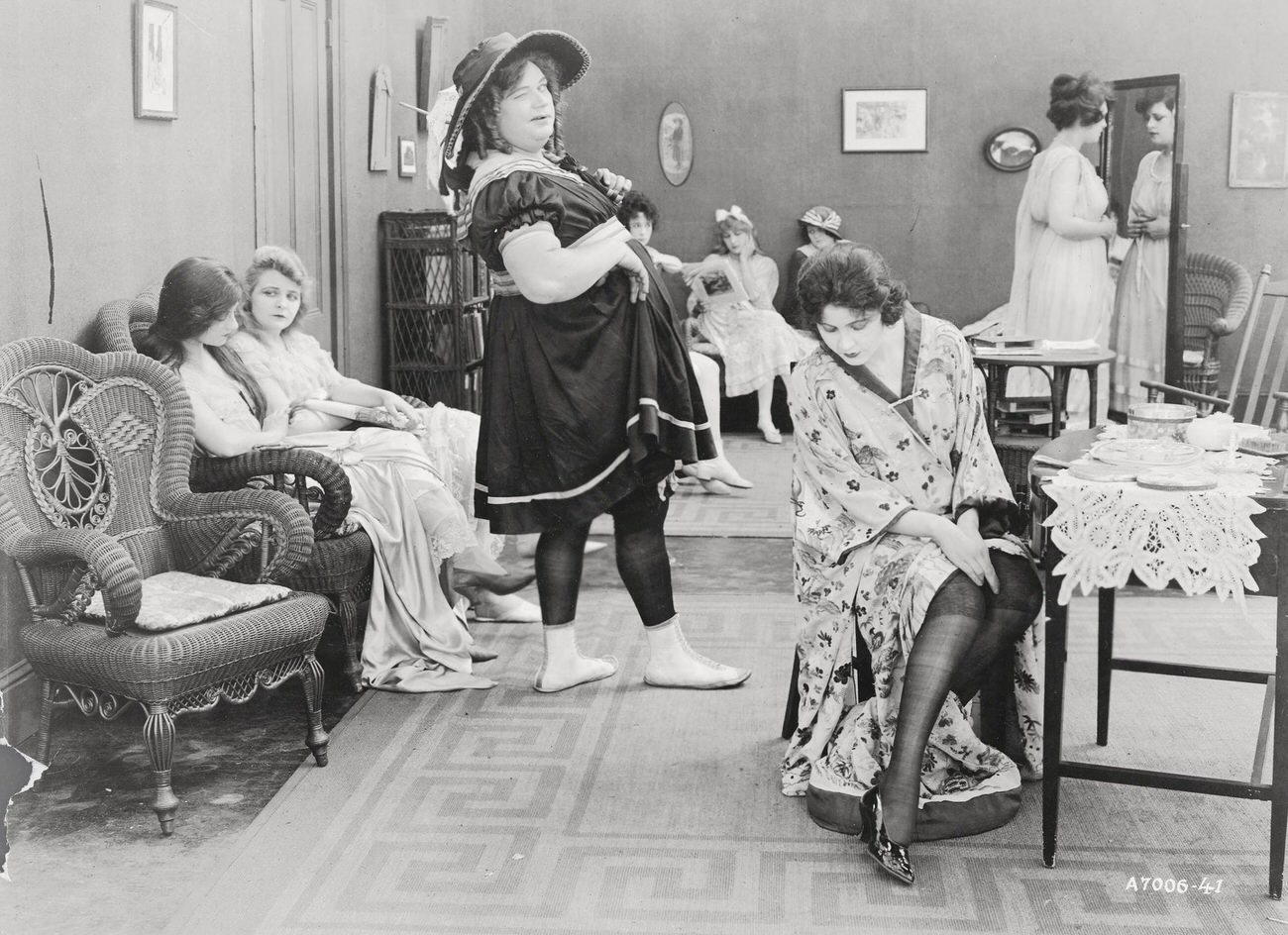
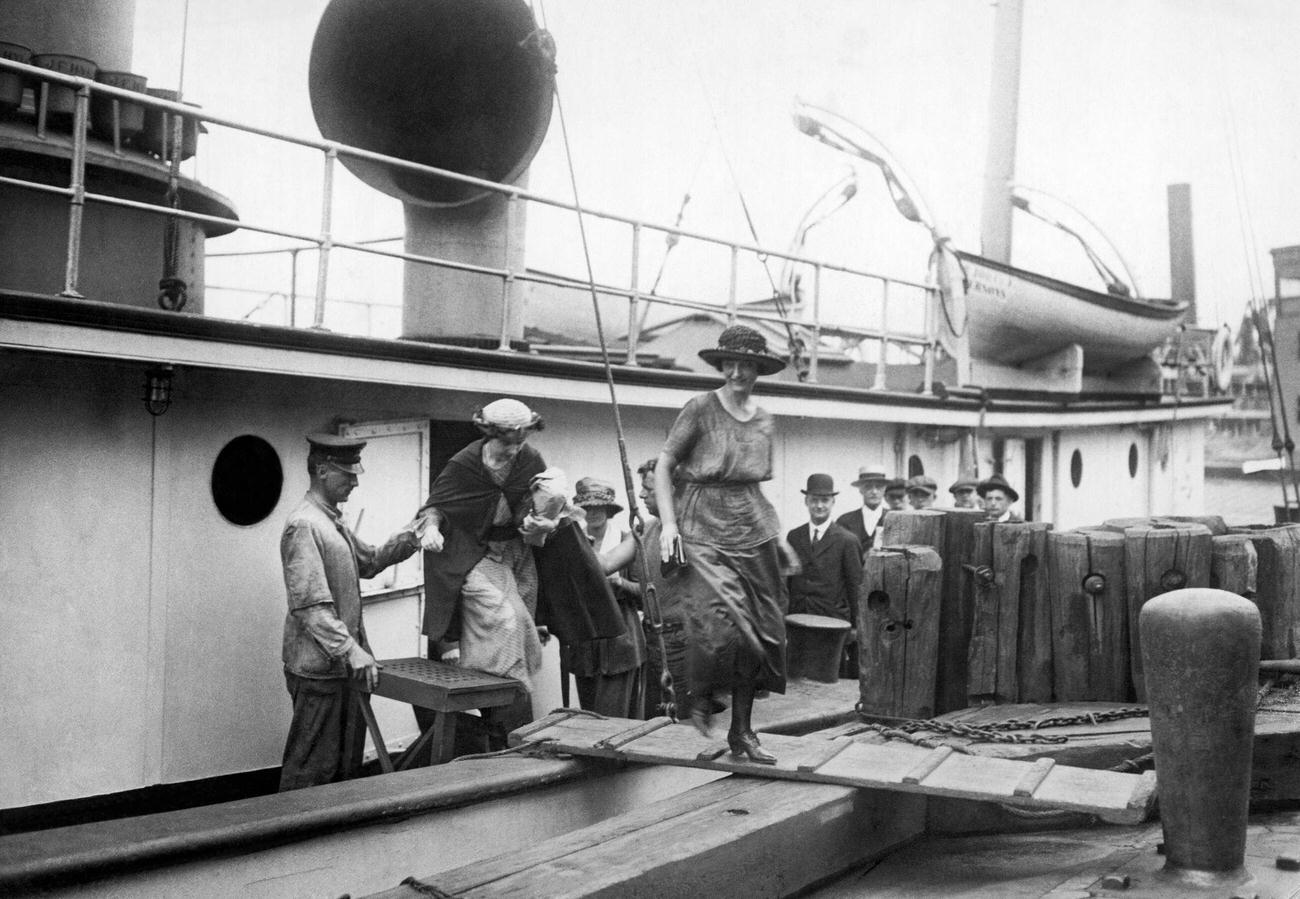
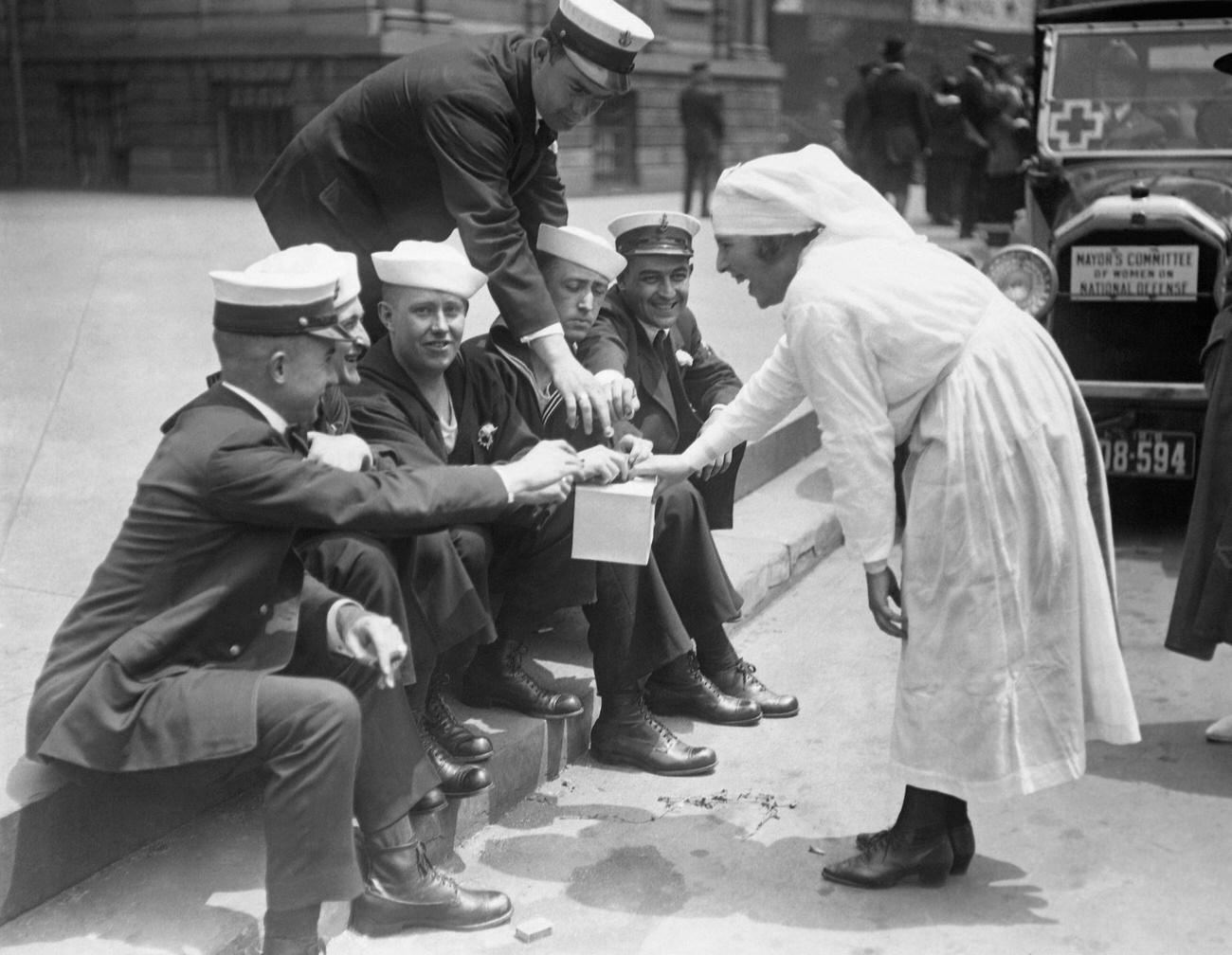
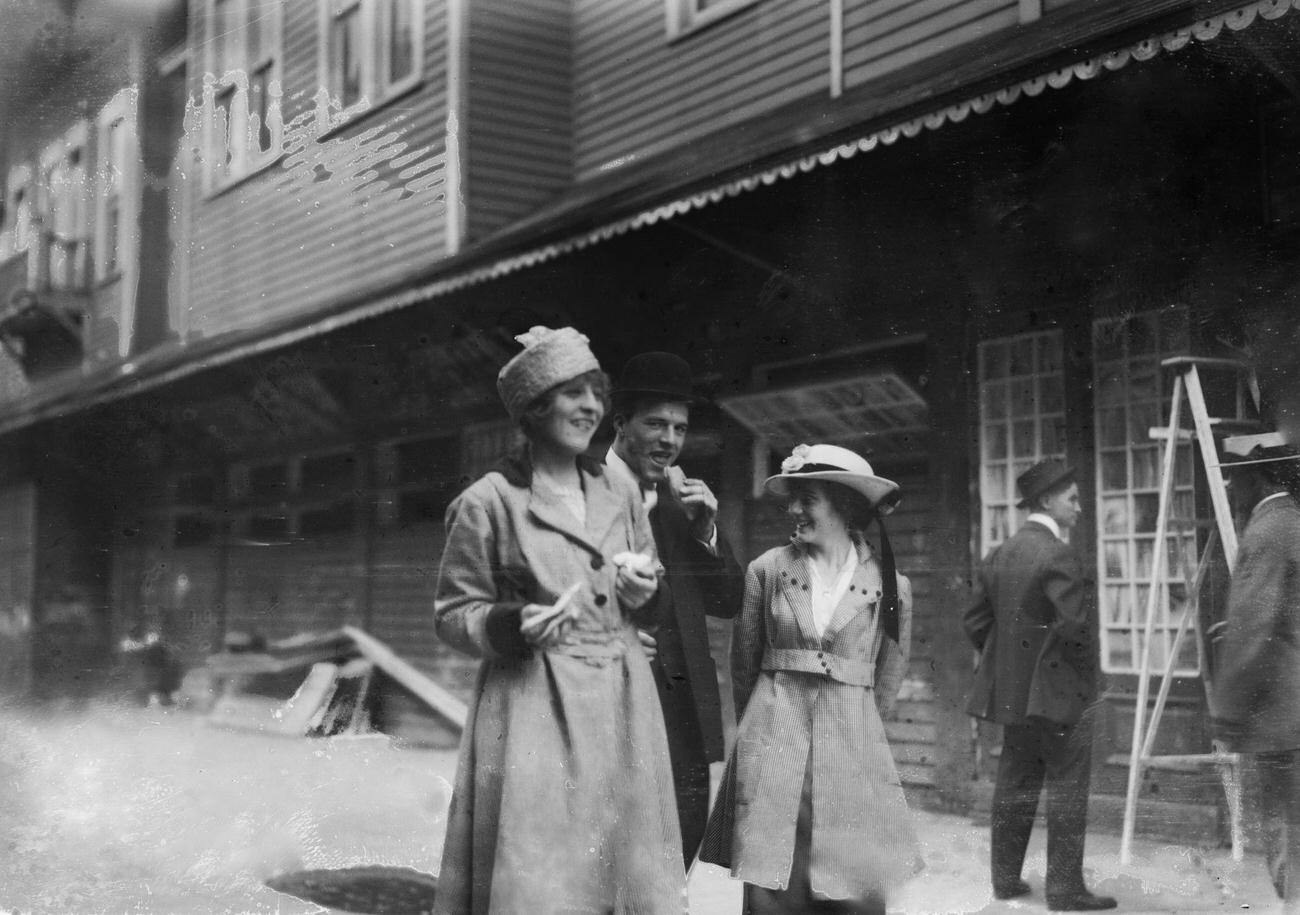

GIPHY App Key not set. Please check settings